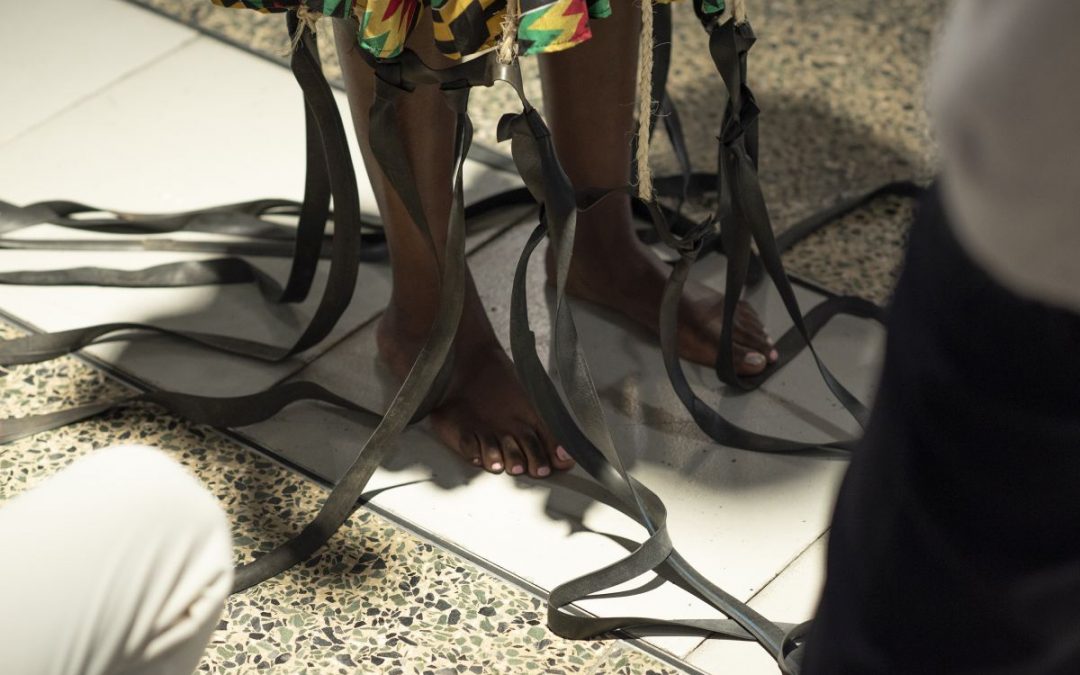
Poltische Haute Couture – STREETWARE X MIVUMBA im Bikini Berlin
Poltische Haute Couture – STREETWARE X MIVUMBA im Bikini Berlin
Politische Haute Couture in der Box 12 der Galerie SLP i Bikini Berlin 19.11. -29.11.2021 © Astra Pentaxia
On September 12, STREETWARE invited to the catwalk of the socio-economic utopia at Tempelhofer Feld as part of the Berlin Fashion Week. Thirty models presented saved items from the Berlin asphalt and questioned the production methods of the fast fashion, but also the behavior of consumers. The canon of beauty ideals and aesthetics dictated by the fashion industry was put up for discussion by shiny people with bodies beyond the norm.
From November 19, some of their effigies were presented as large-format prints on canvas opposite photographs taken during a session in Kampala, the capital of Uganda, in July this year in collaboration between Ruth Faith Nalule, Eria Mutalwa, Rose Katusabe, Reagan Ahabwe, barbara caveng and photographer Jim Joël Nyakaana .
The images provided the aesthetic context for the presentation of the first pieces from Ruth Faith Nalule's collection of political haute couture. Behind bars, Box No12 of Galerie SLP at Bikini Berlin became the setting for an exploration of how much colonial continuity we wear on our skin and how much of the world we want to further destroy with fashion.
Die fashion designerin Ruth faith Nalule im ‚cage dress‘ an der Eröffnung am 19.11. im Bikini Berlin© Astra Pentaxia und Purvi Dhranghadaryia
"There is no escape" - Ruth Faith Nalule's creations of 'political haute couture' describe the clash of European second-hand clothing exported to Africa and local manufactured fabric and garments: associations and images are connected, colonial continuity is interrupted: The pin-up bunny is no longer grinning from the chest of a T-shirt by a Japanese Label, but sits fat on the bottom of a dress that fuses traditional Kitenge with an animal print dressing gown from Victoria's Secret, a lumberjack shirt from Germany and a Nike shirt: 'Blood the Body' lettering cut from a fast-fashion shirt, reminiscent of the Black Live Matters movement as underarm cuffs.. At the opening, the fashion designer and fashion activist wears the 'cage dress': her body, wrapped in a dress made again of kitenge, is caught in a mesh of strips of tire material, additionally knotted with sisal cord.
'The Congress on the Clothes Dump' described a series of events between September and November 2021 dedicated to an inclusive and participatory philosophizing about the meaning of clothes, their production, distribution and consumption. Invited guests and random attendees digged into textonic layers, searched for solutions, questioned the ethics of the second skin. Clothing protects and adorns. It represents basic aesthetic and existential needs, but its mode of production destroys the environment on a large scale and endangers the physical and psychological well-being of the people who cope with the manufacturing processes in socially intolerable conditions. How could sustainable production and economy look like - this is what we explored between November 16 and 28 together with author Beatrice Lamwaka, fashion designer Ruth Faith Nalule, photographer Jim Joel Nyakaana and Social Entrepreneur and environmental activist Kisitu Aloysius Musanyusa in a multi-perspective way. Venues for the public pondering were Bikini Berlin, the laundromat 115 in Torstraße and the Vestithek in the Helene Nathan Library.

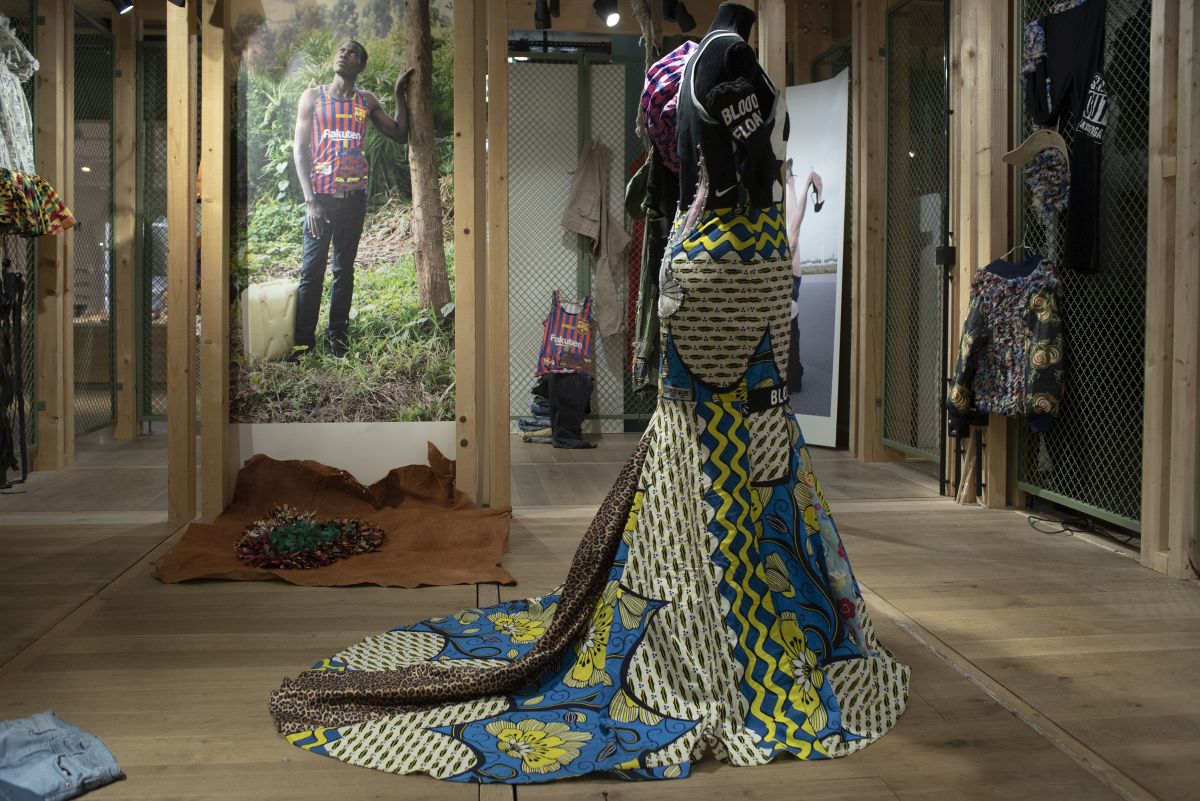
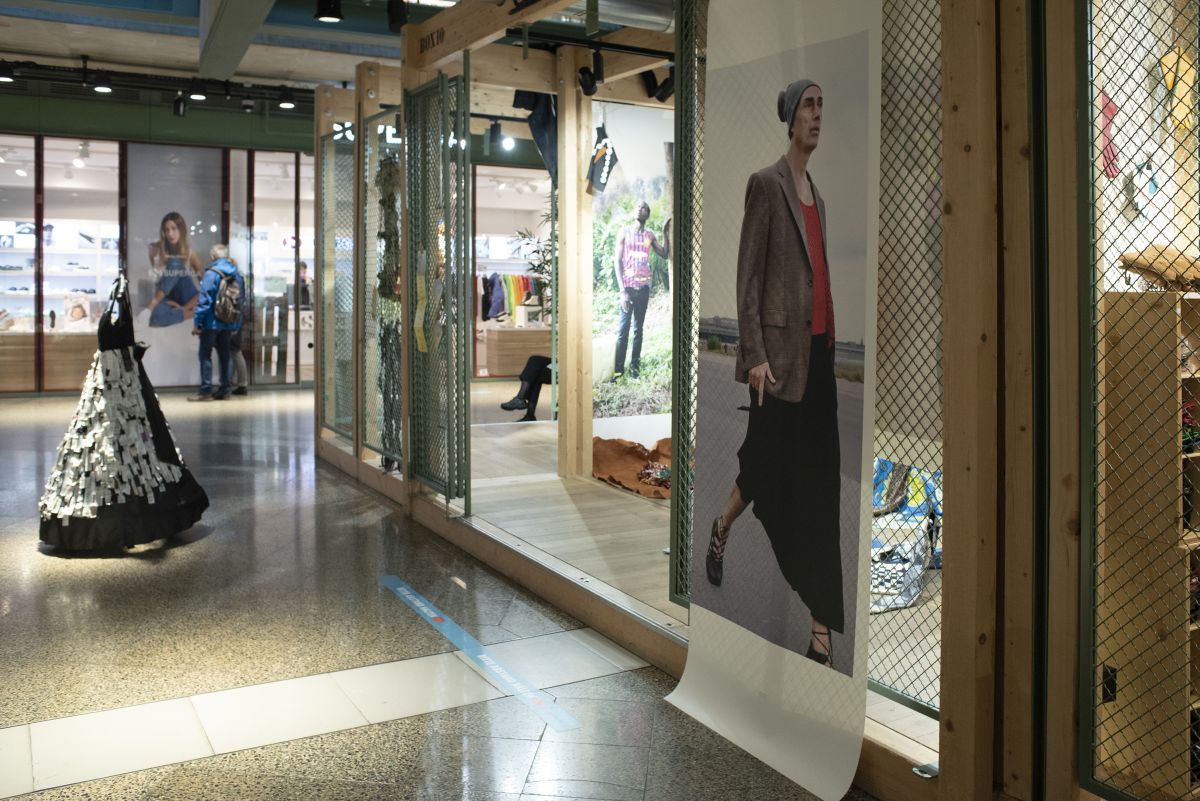
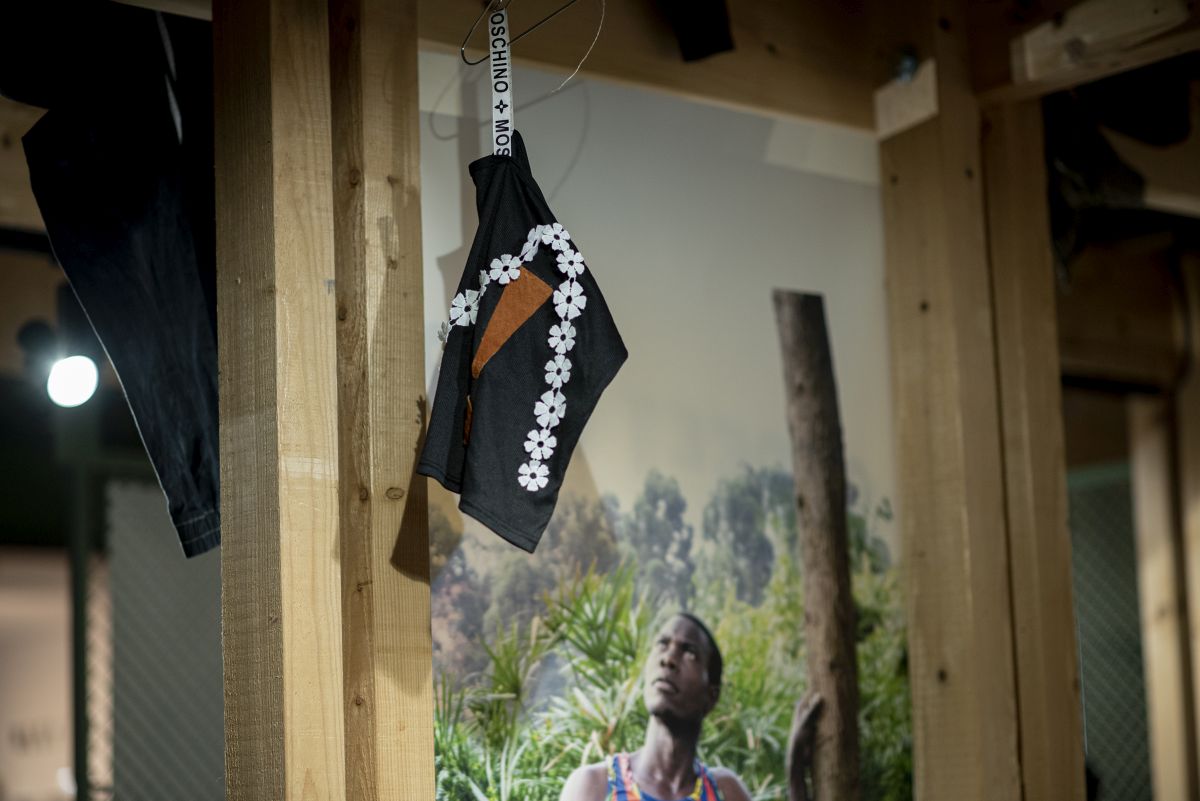
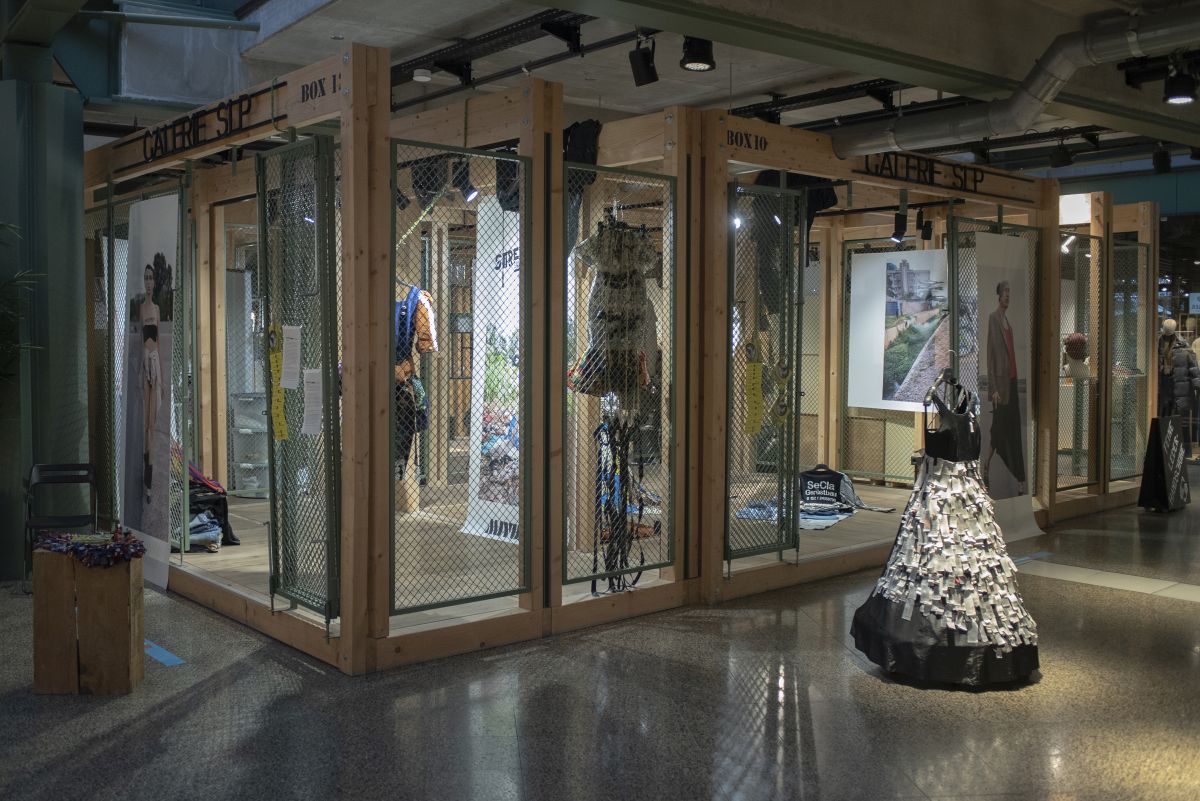
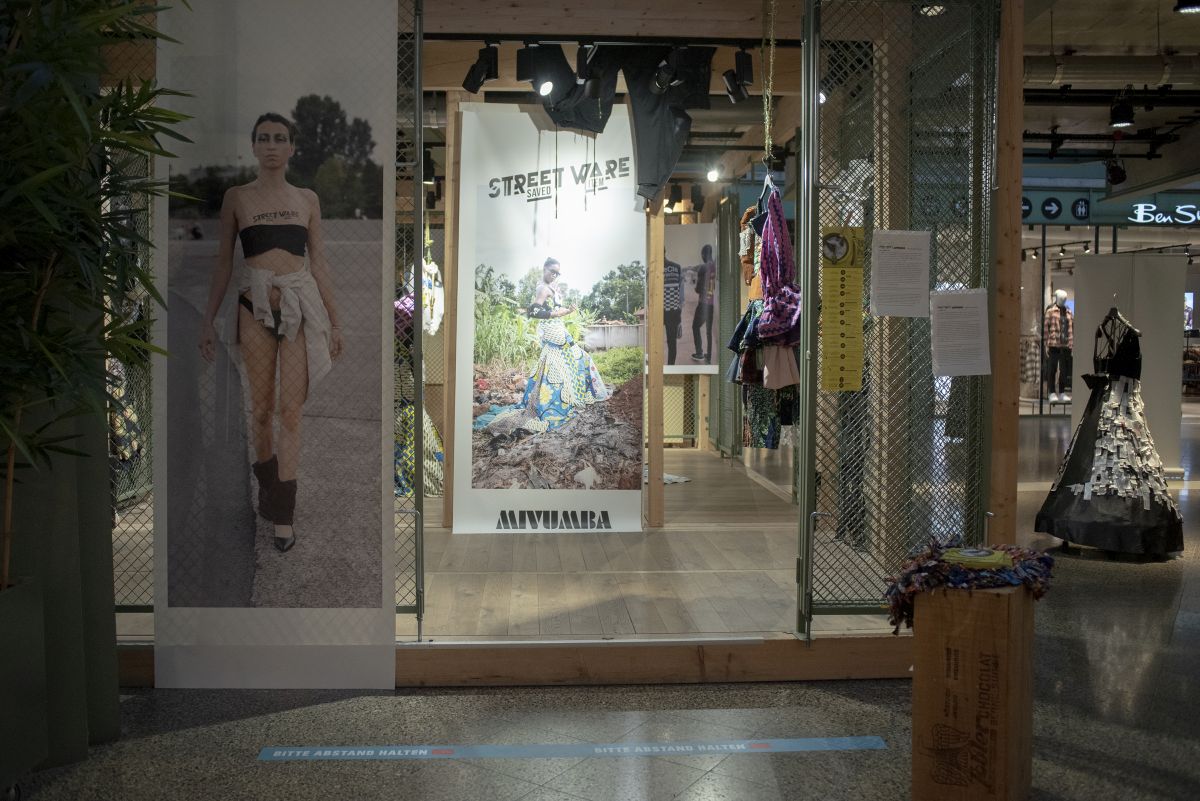
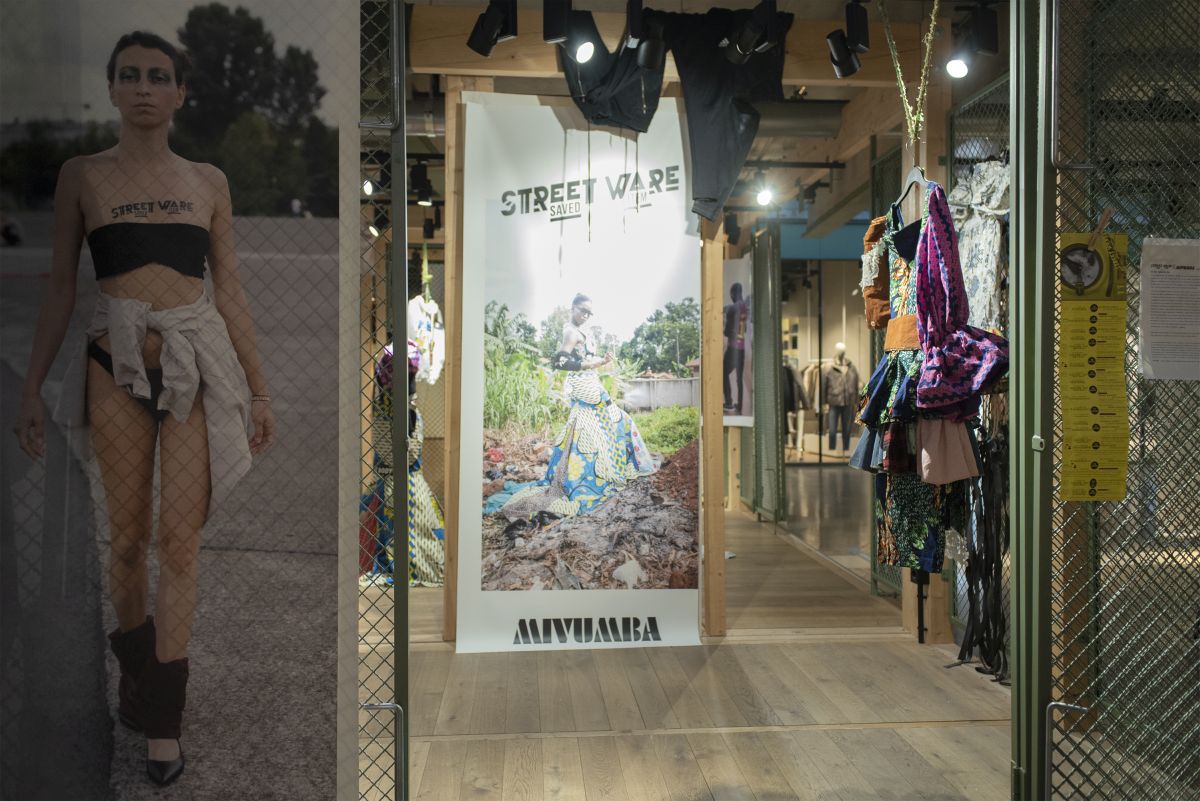
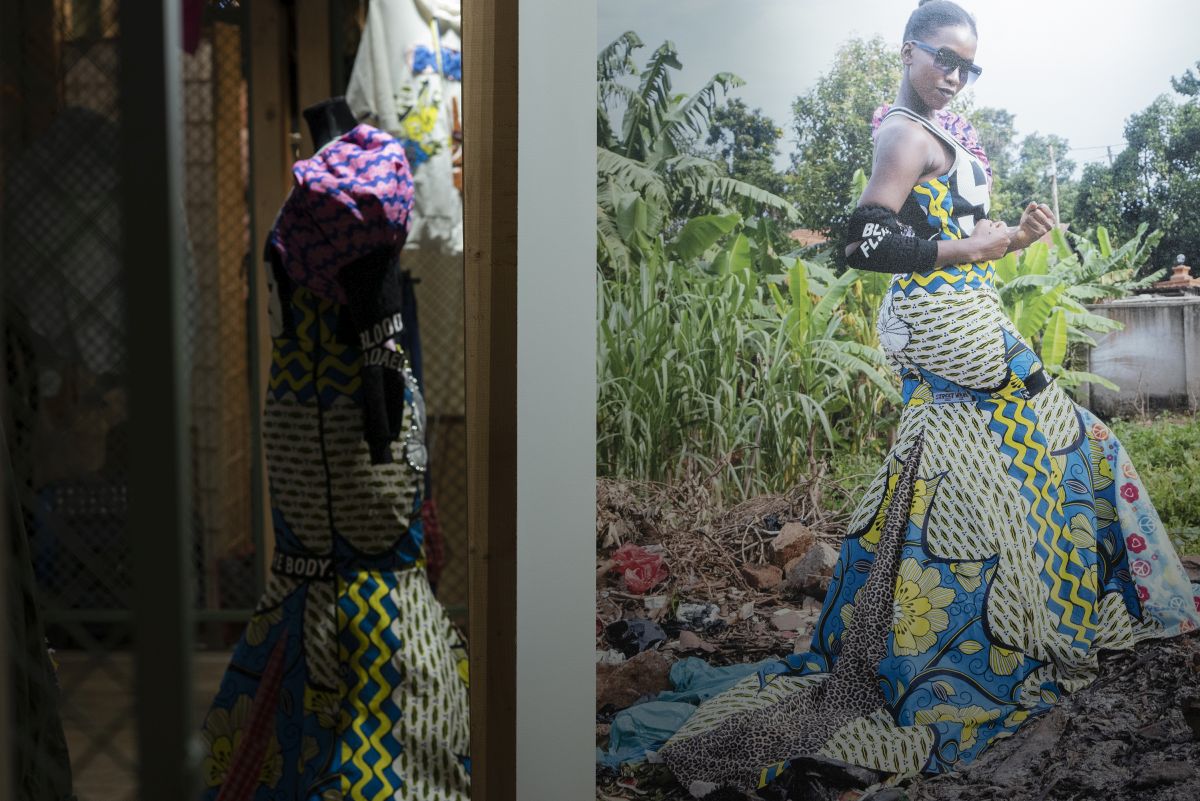

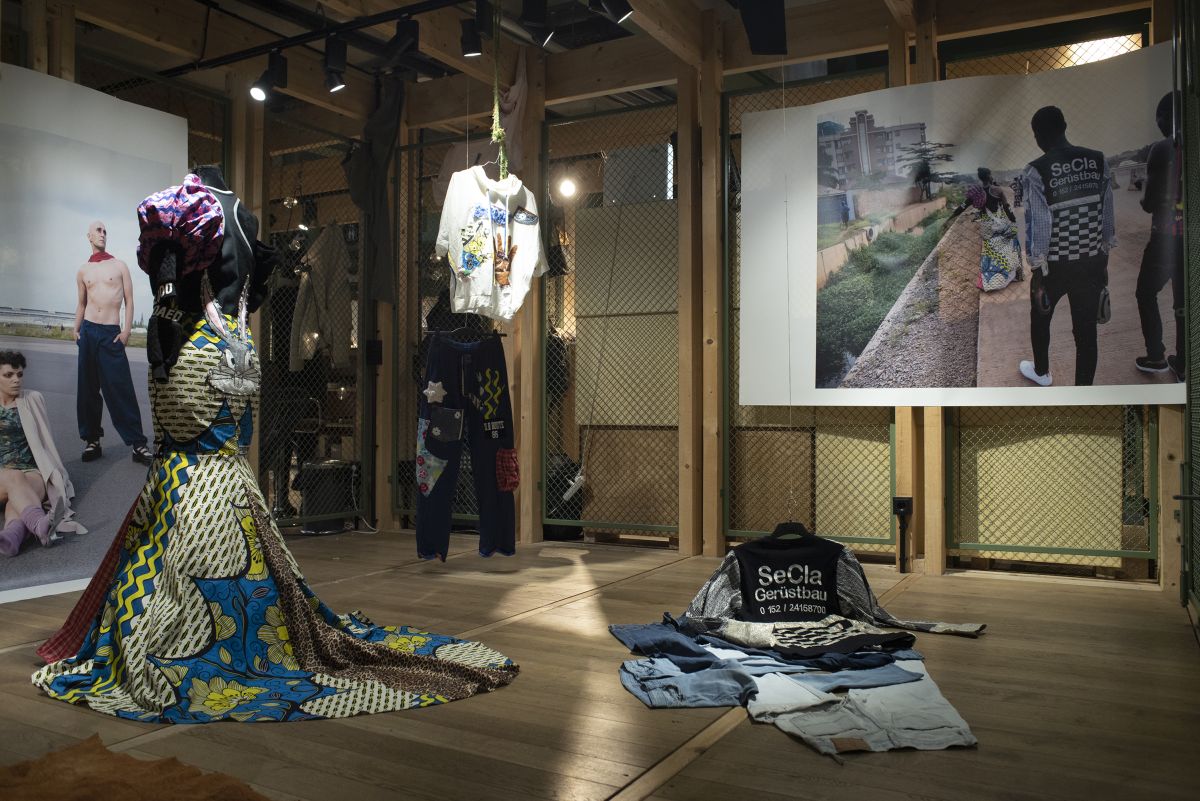
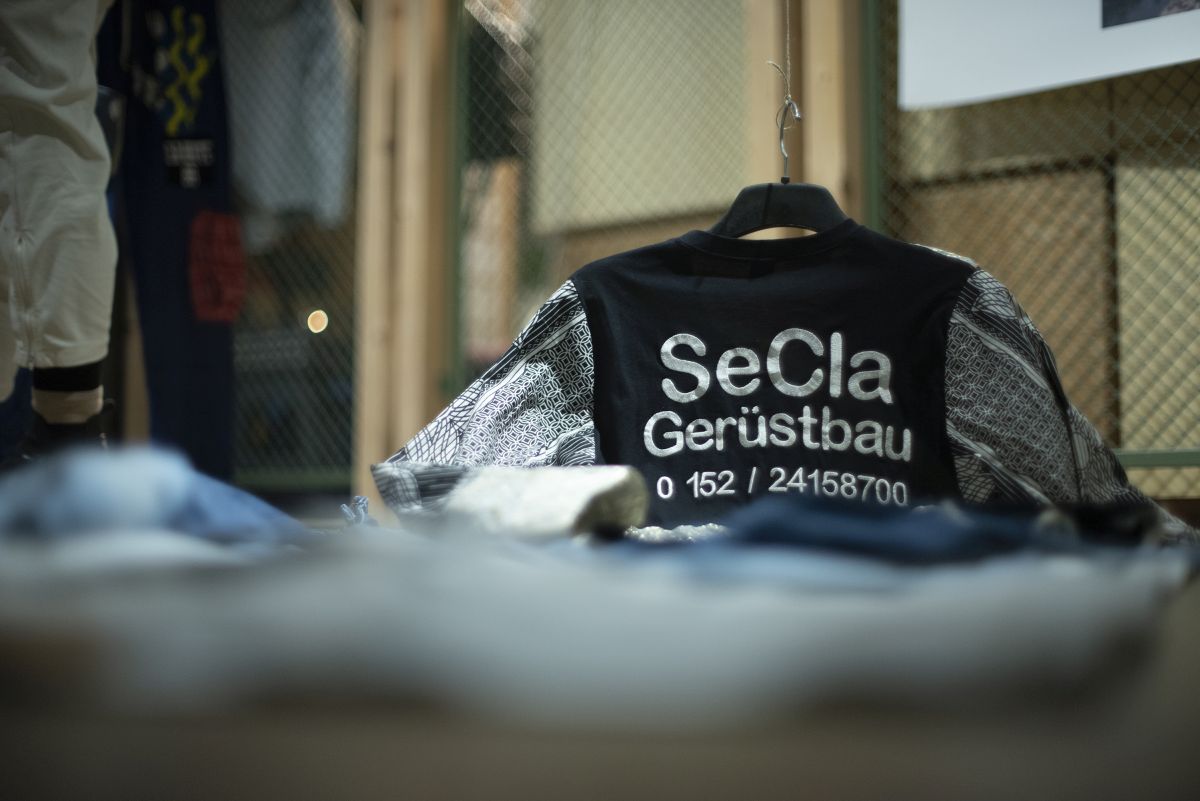
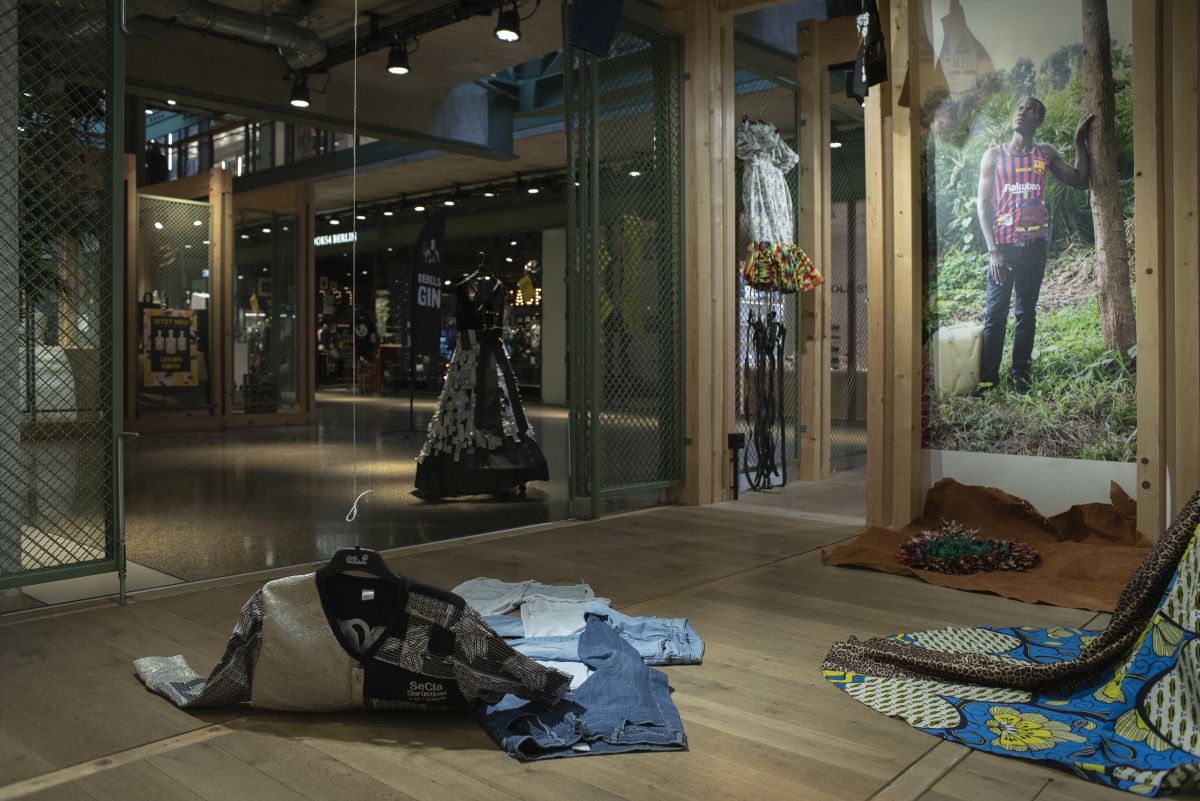
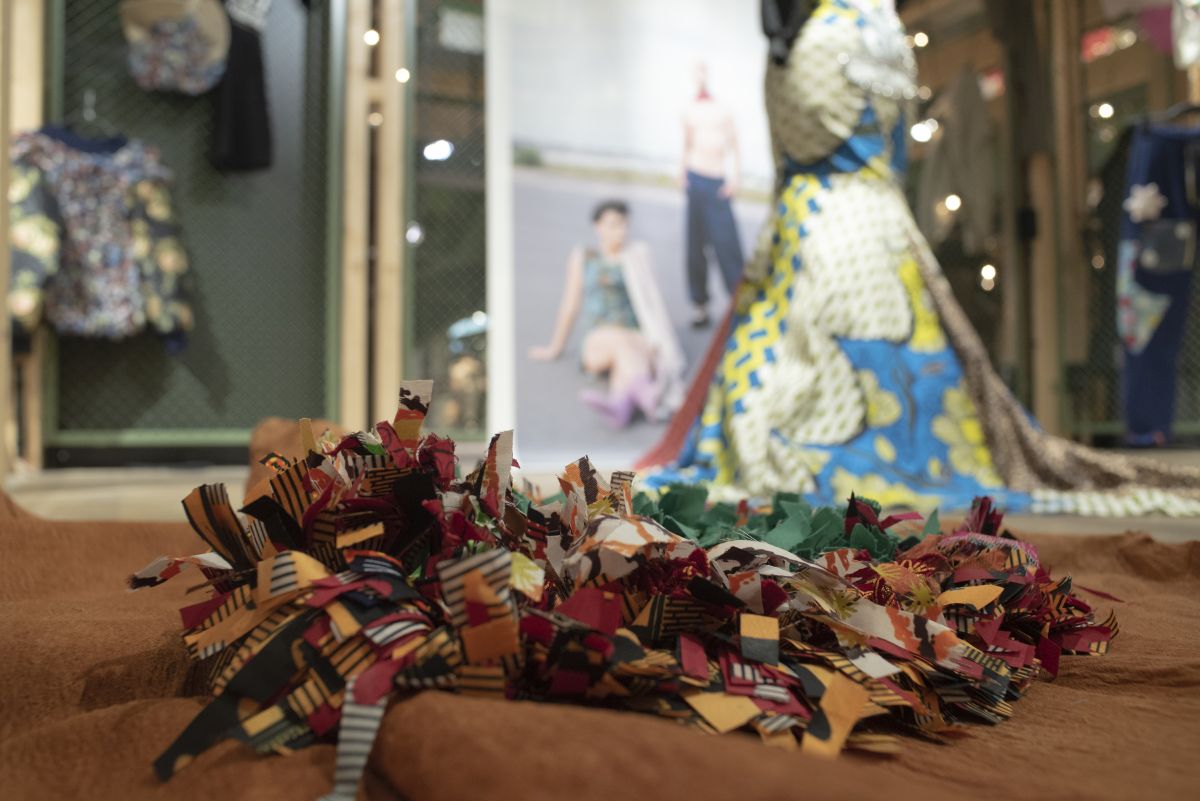
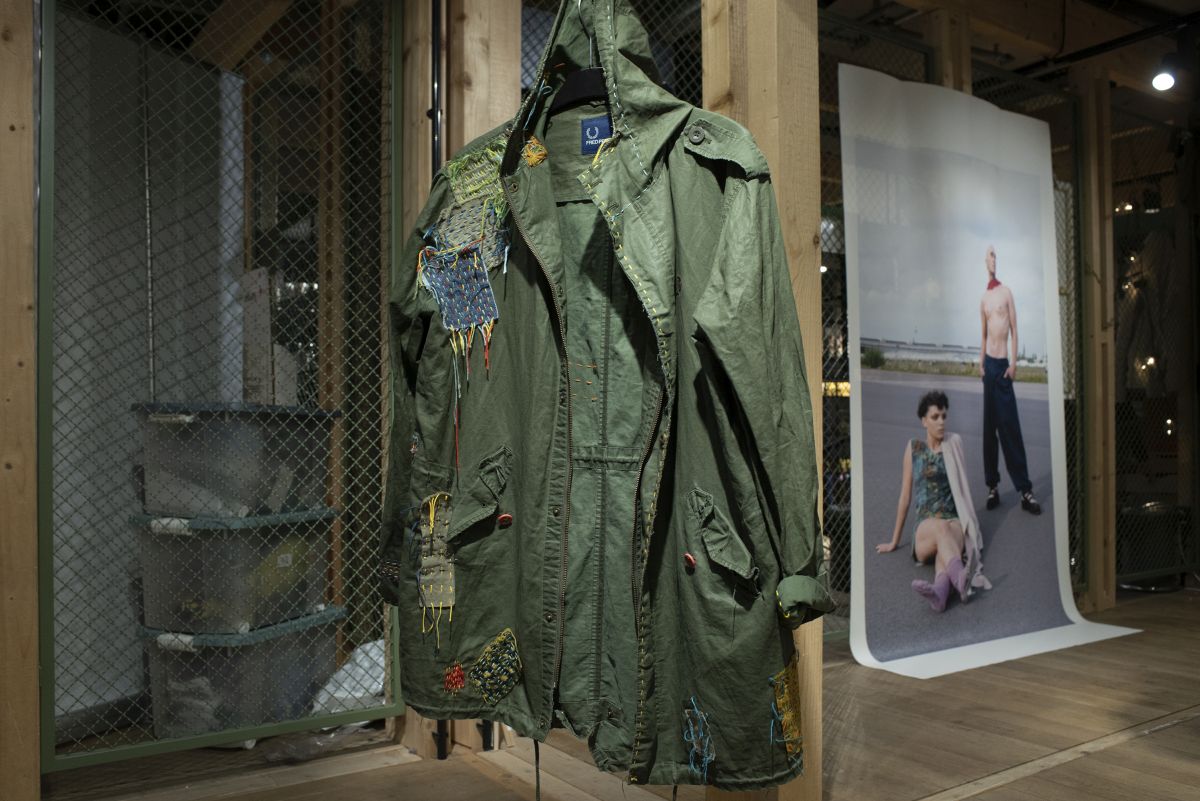

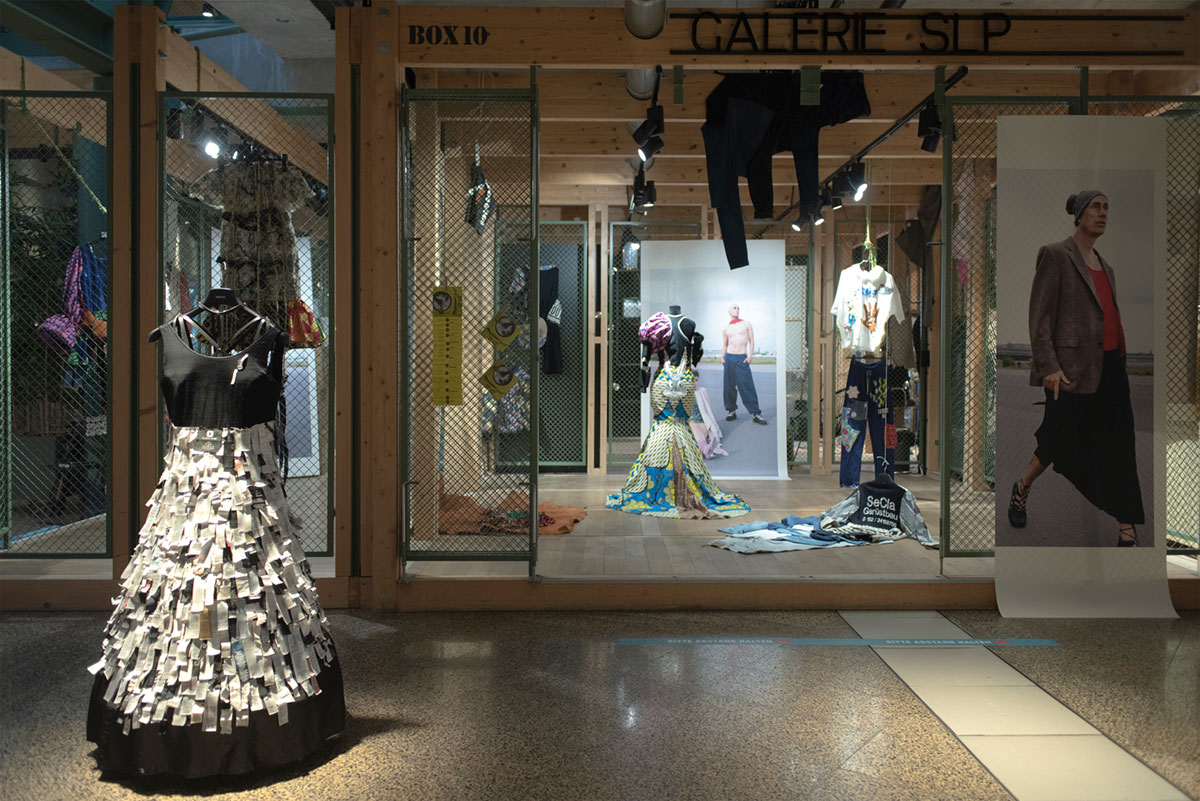
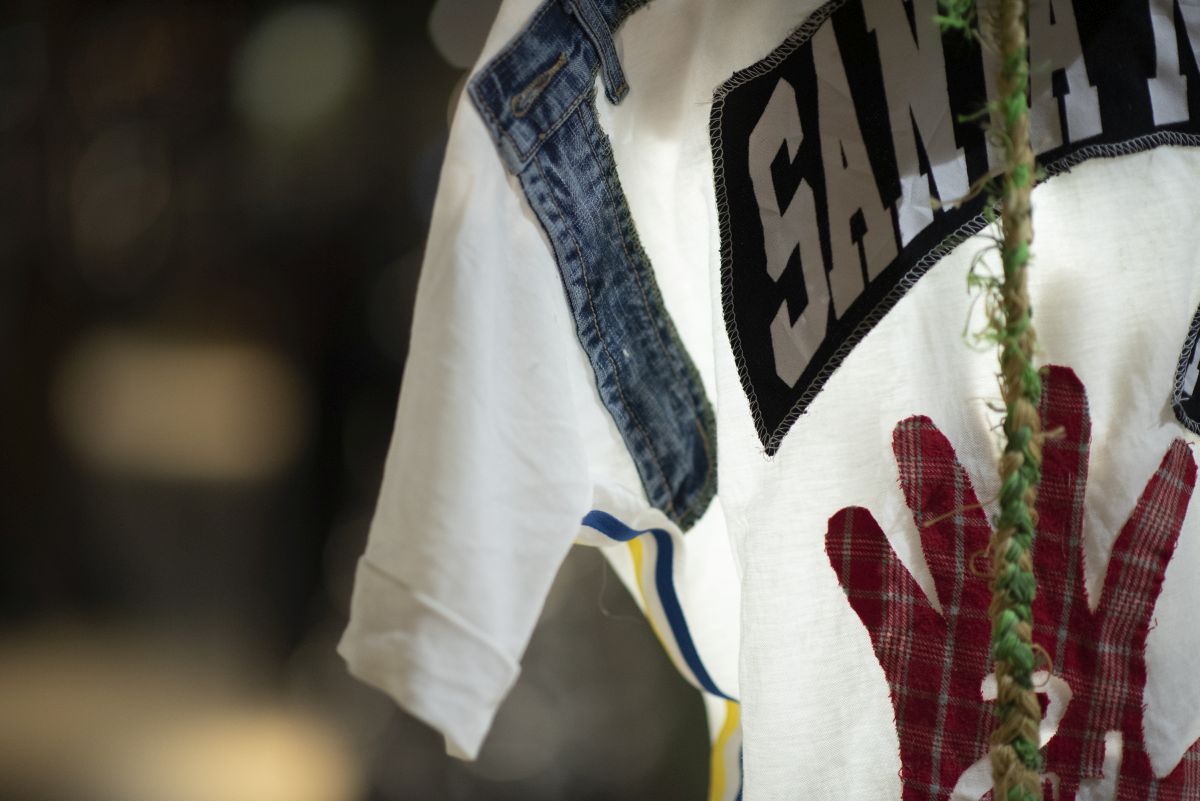

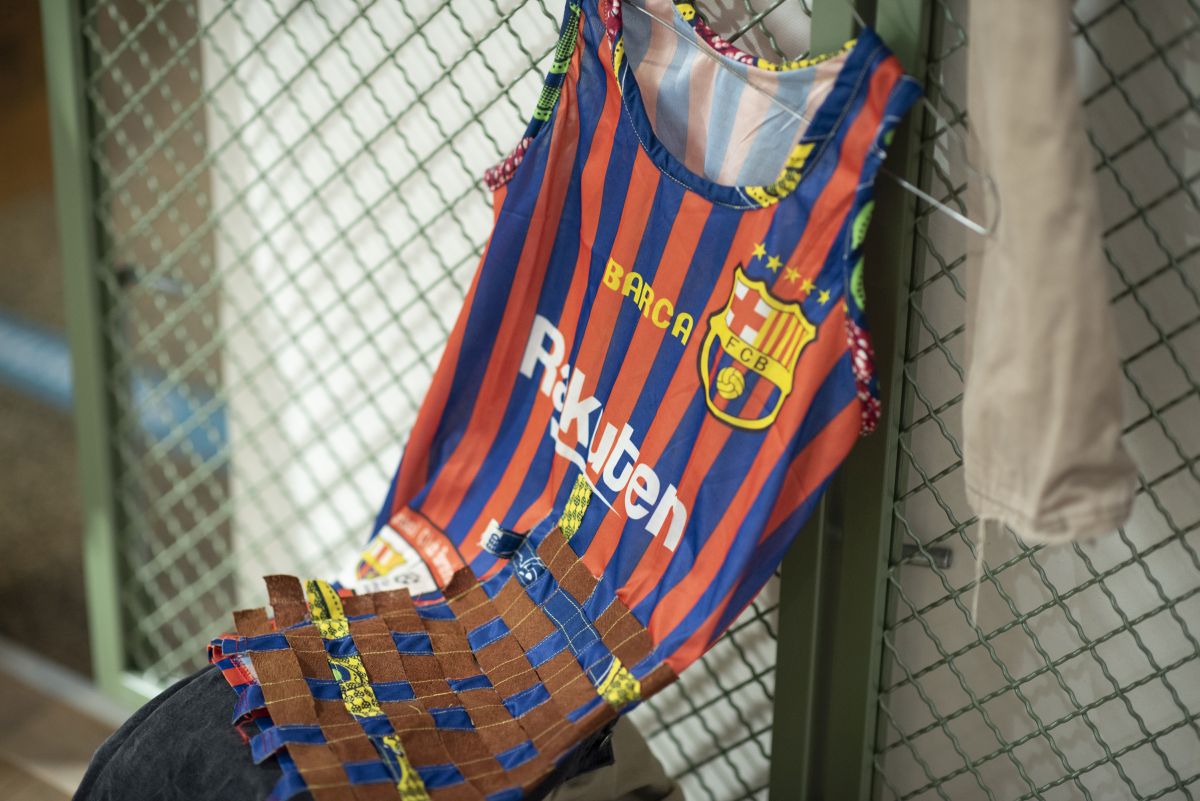
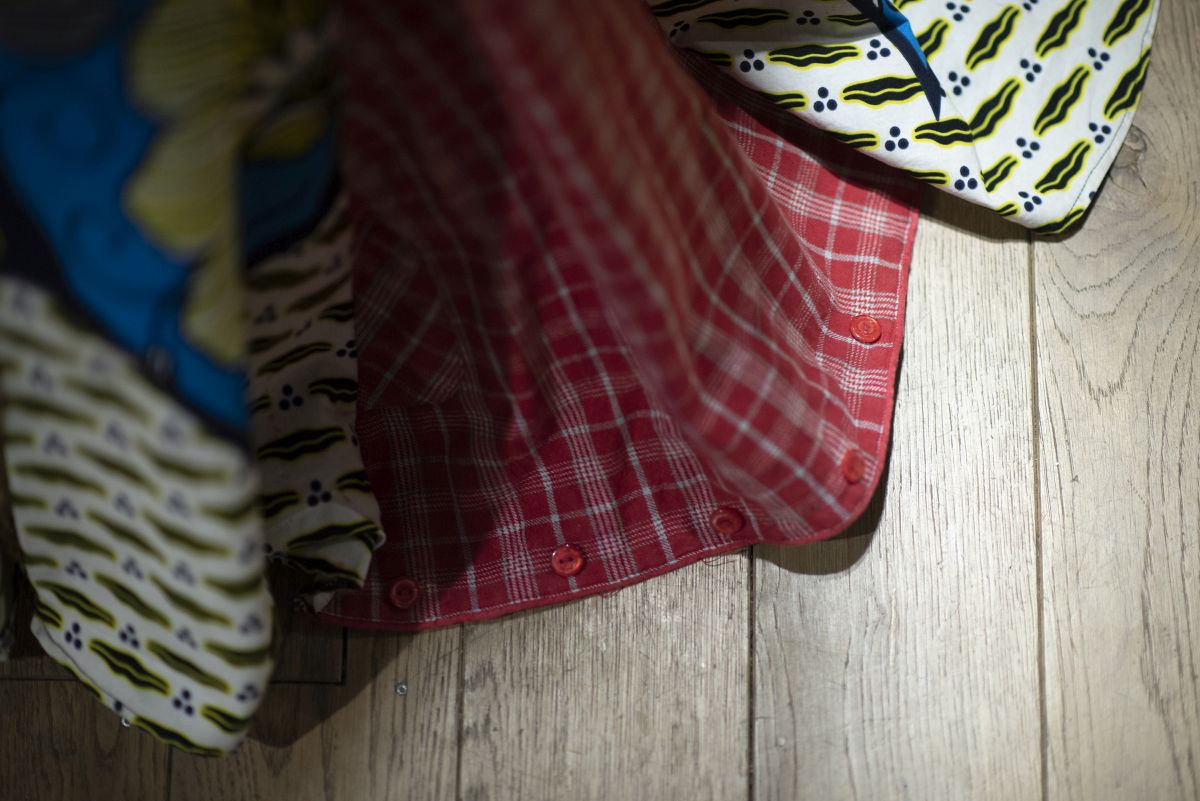

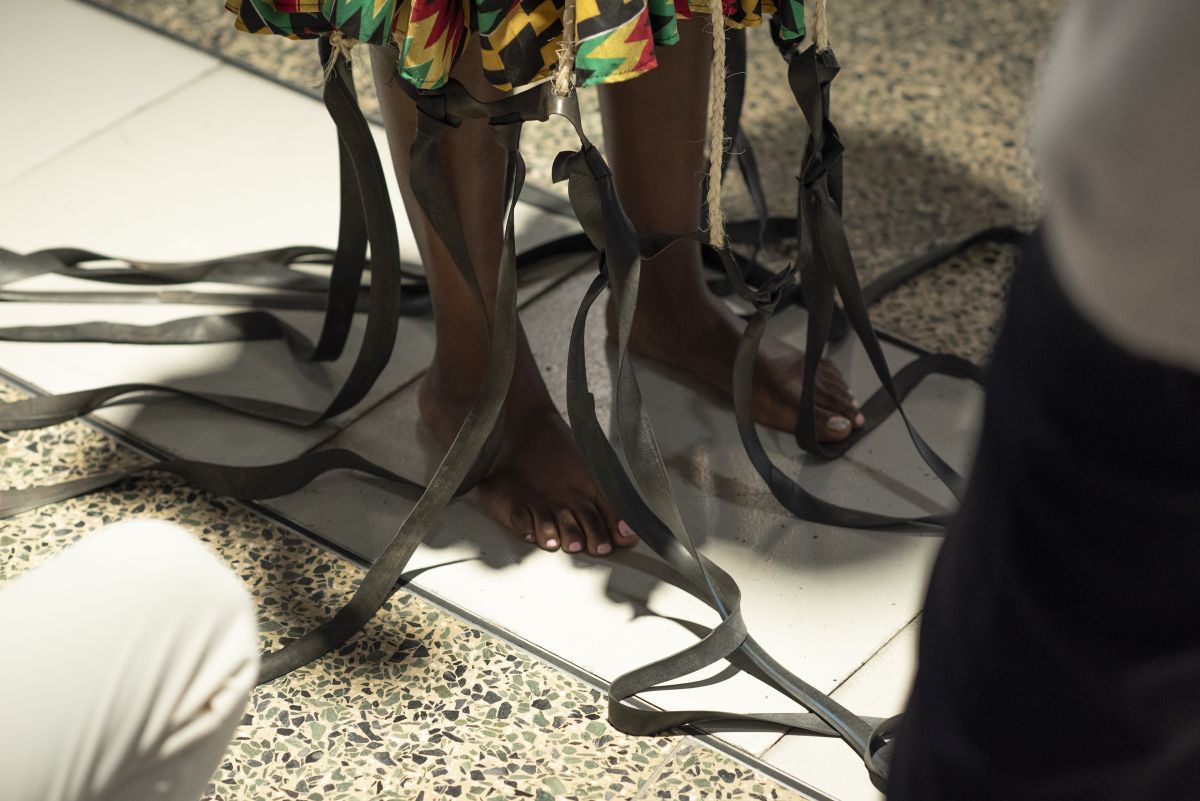

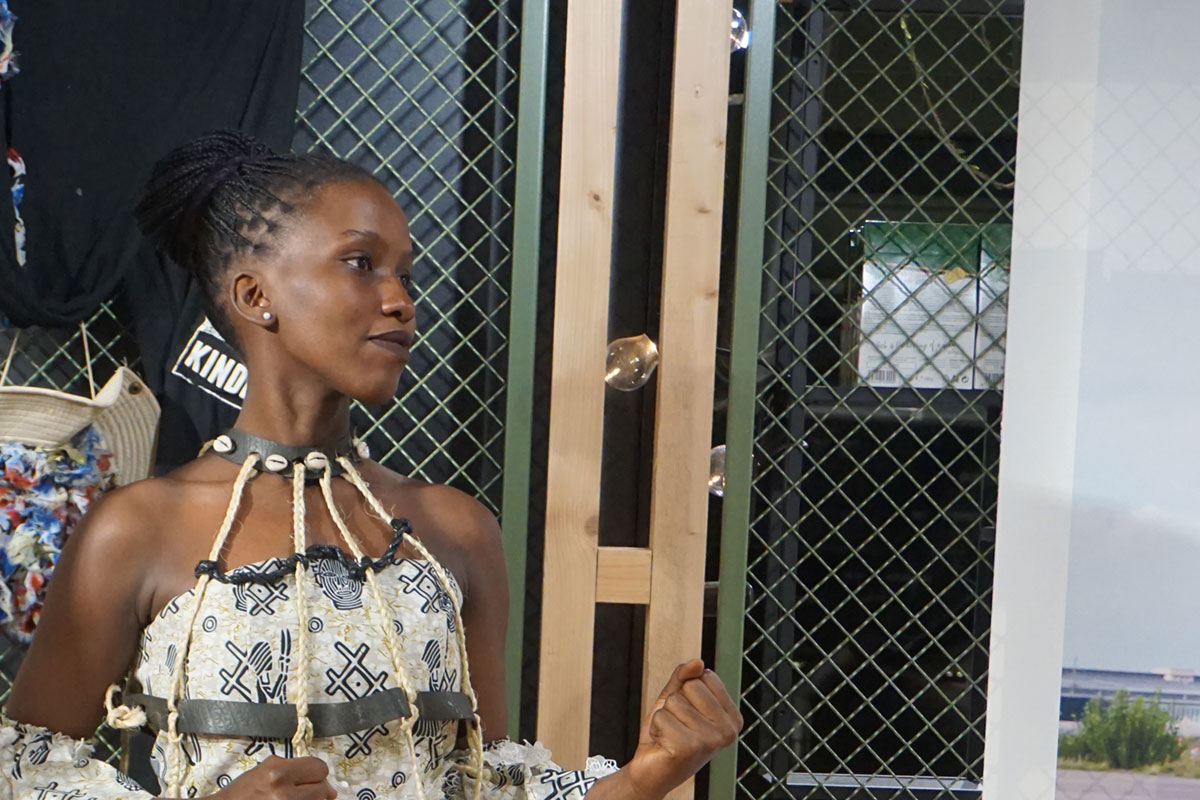
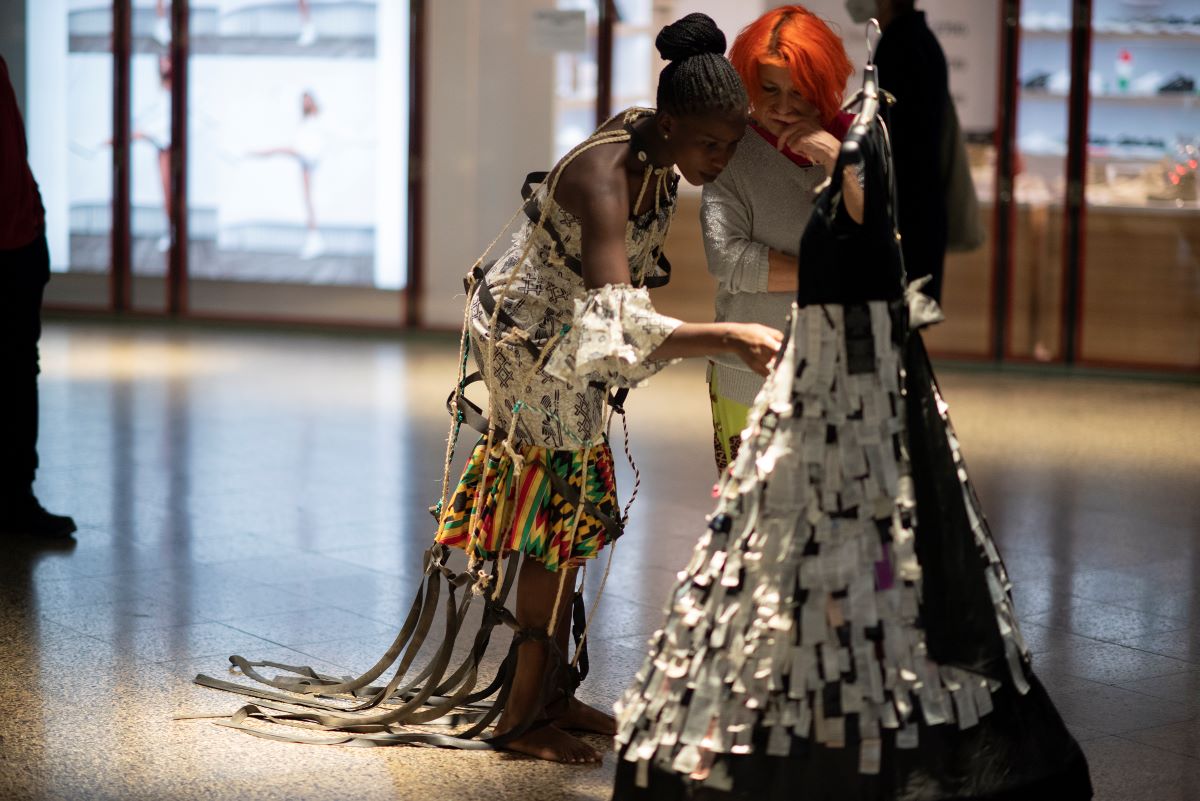
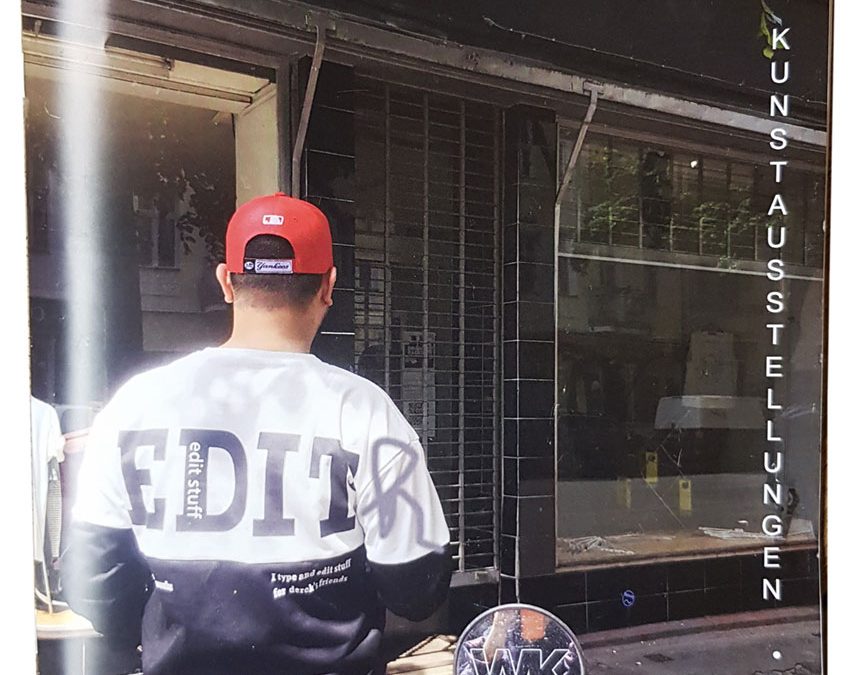
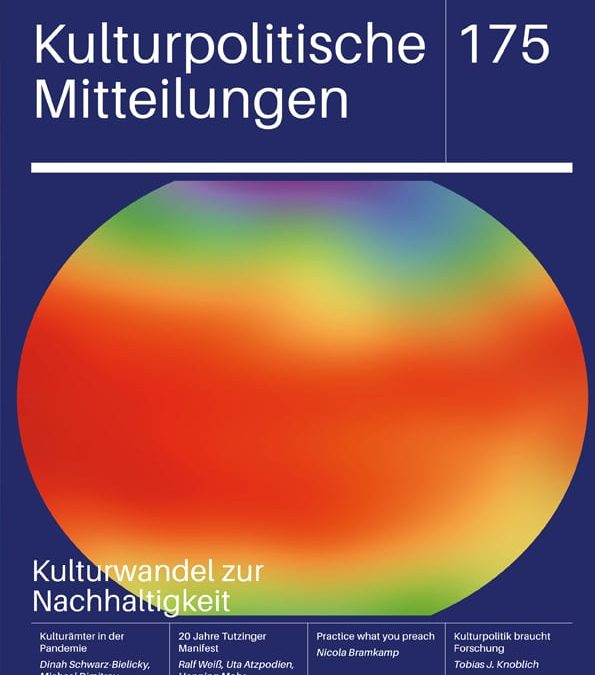
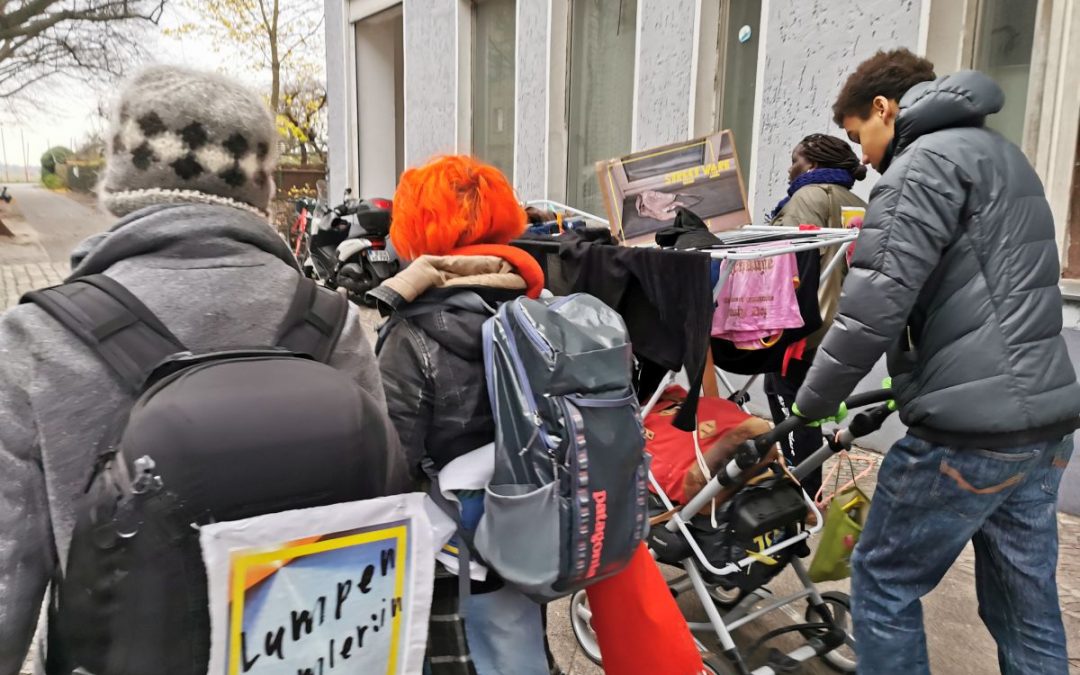
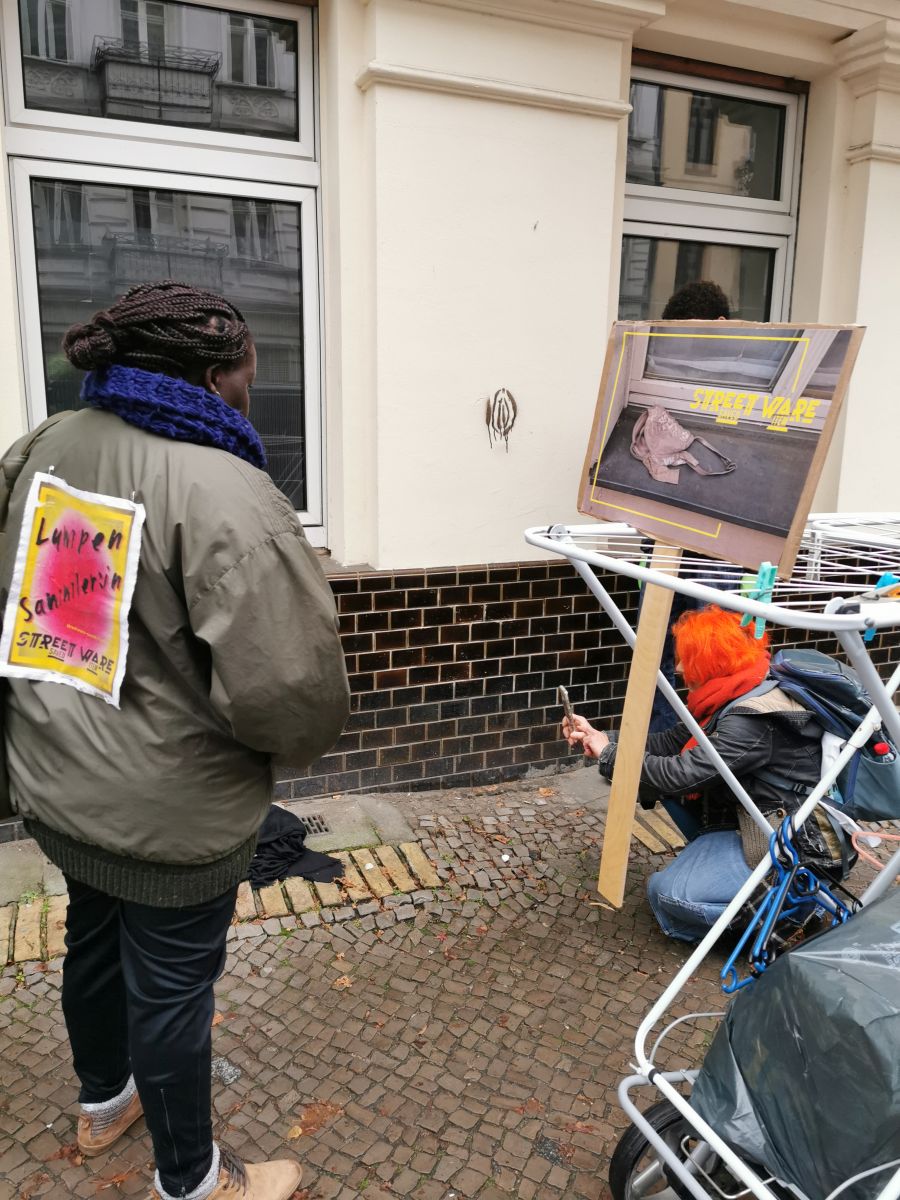
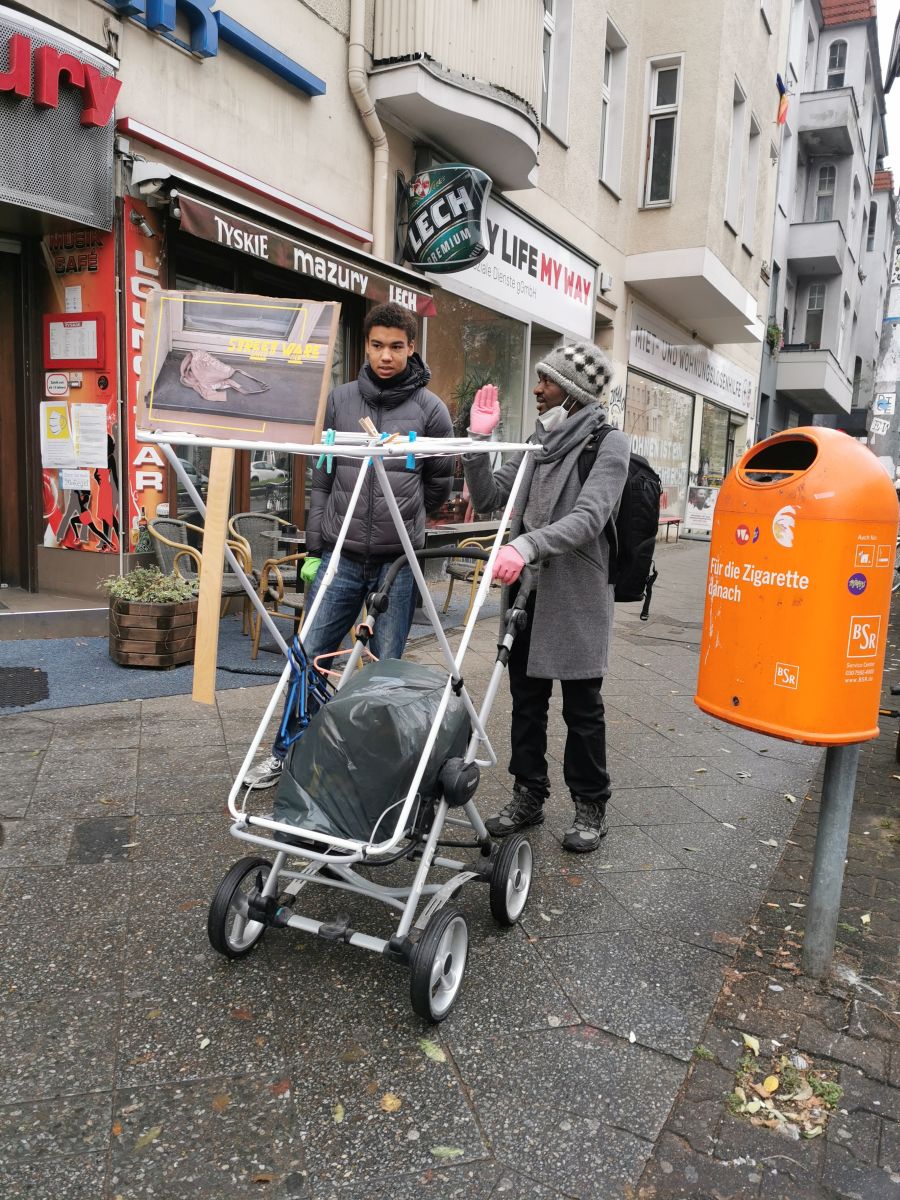
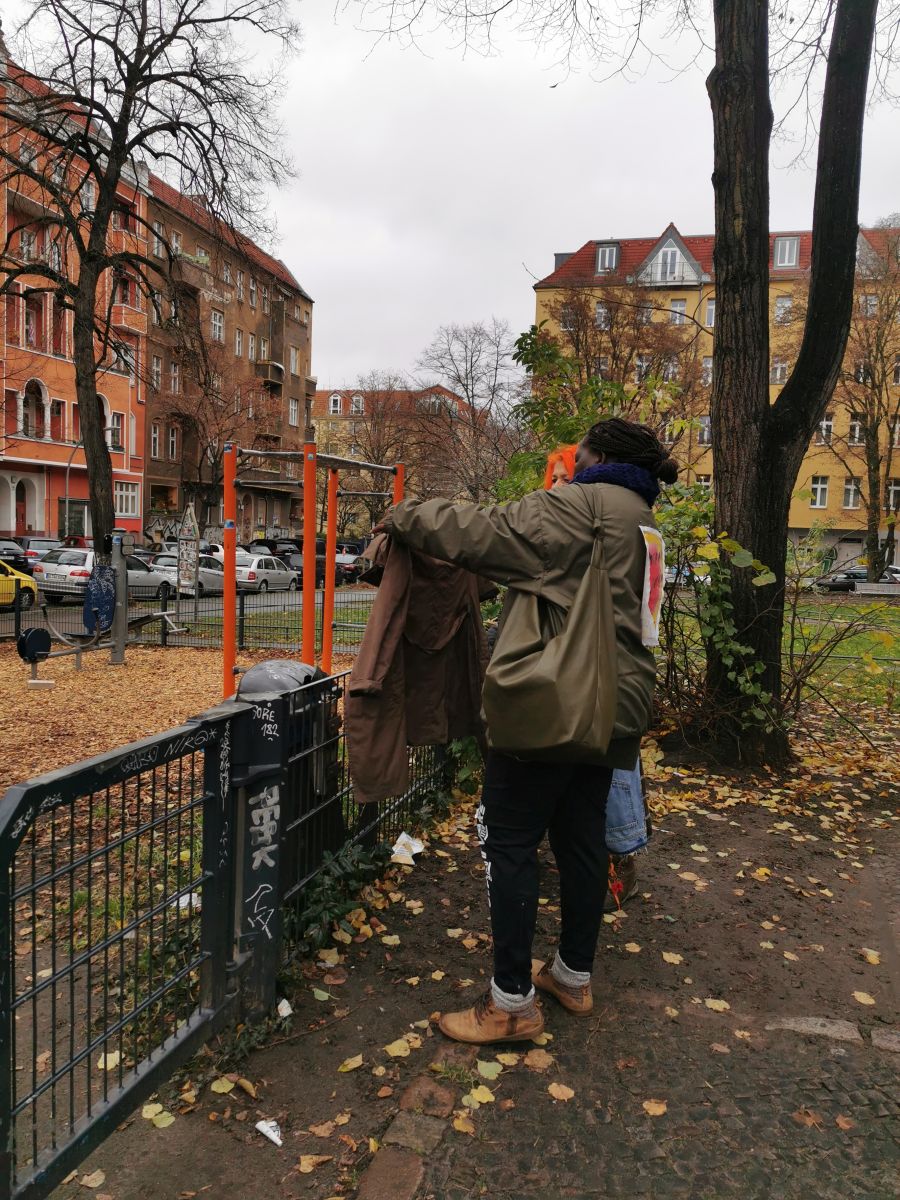
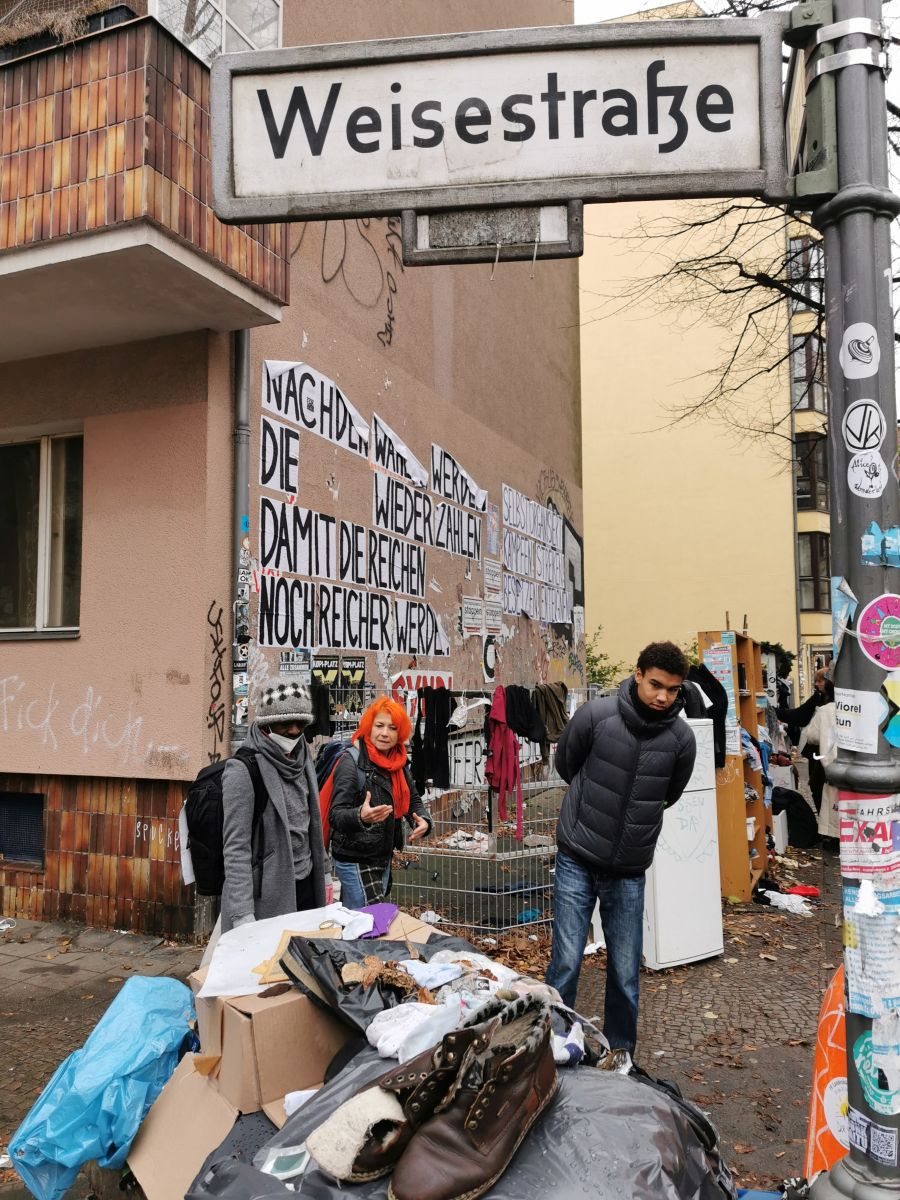
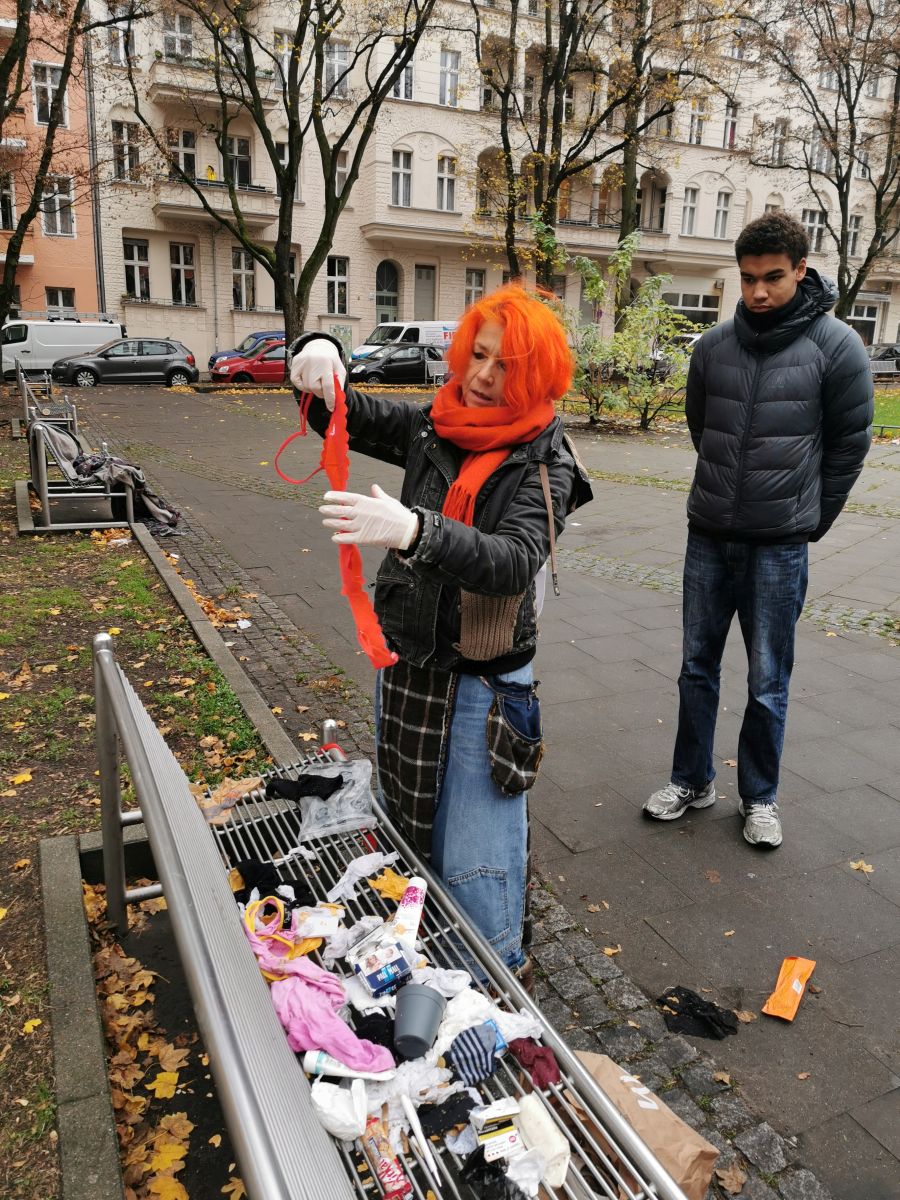
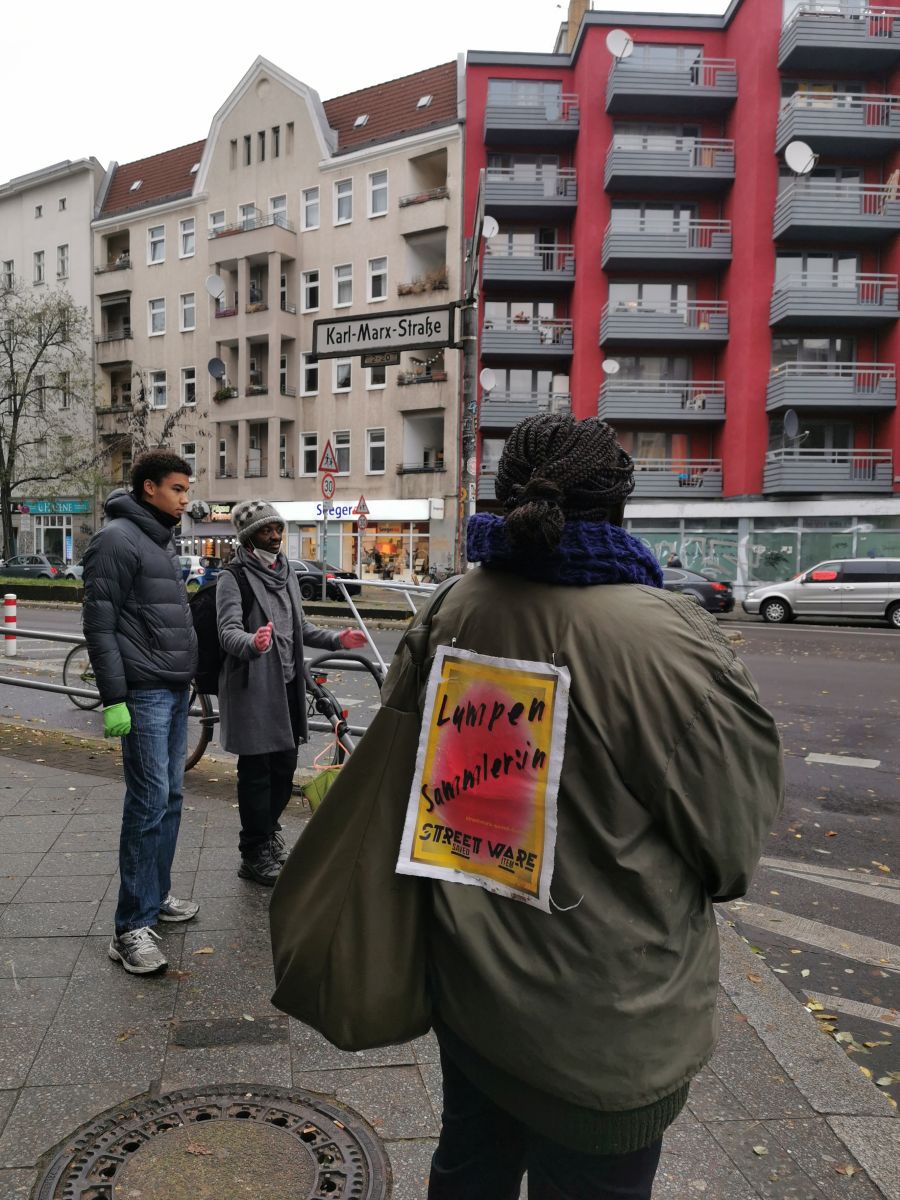

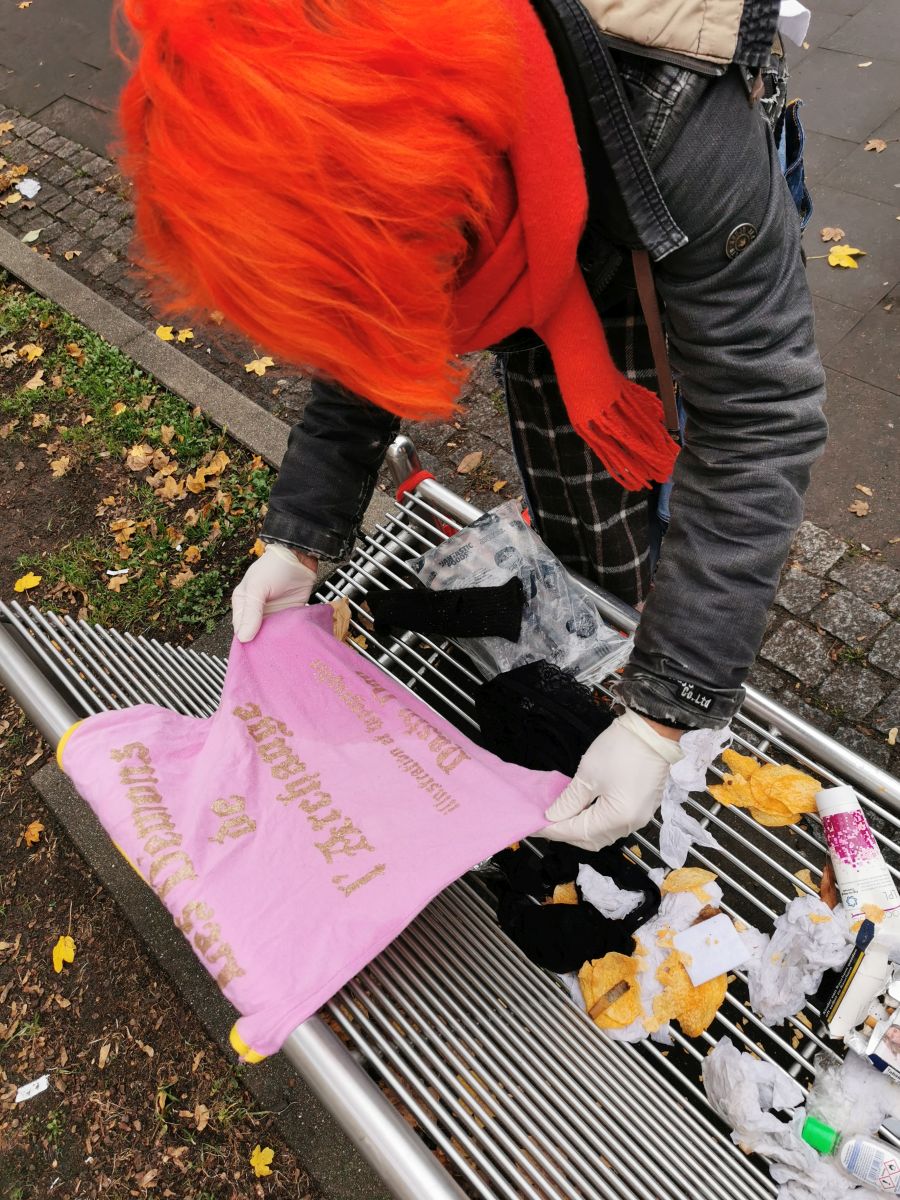
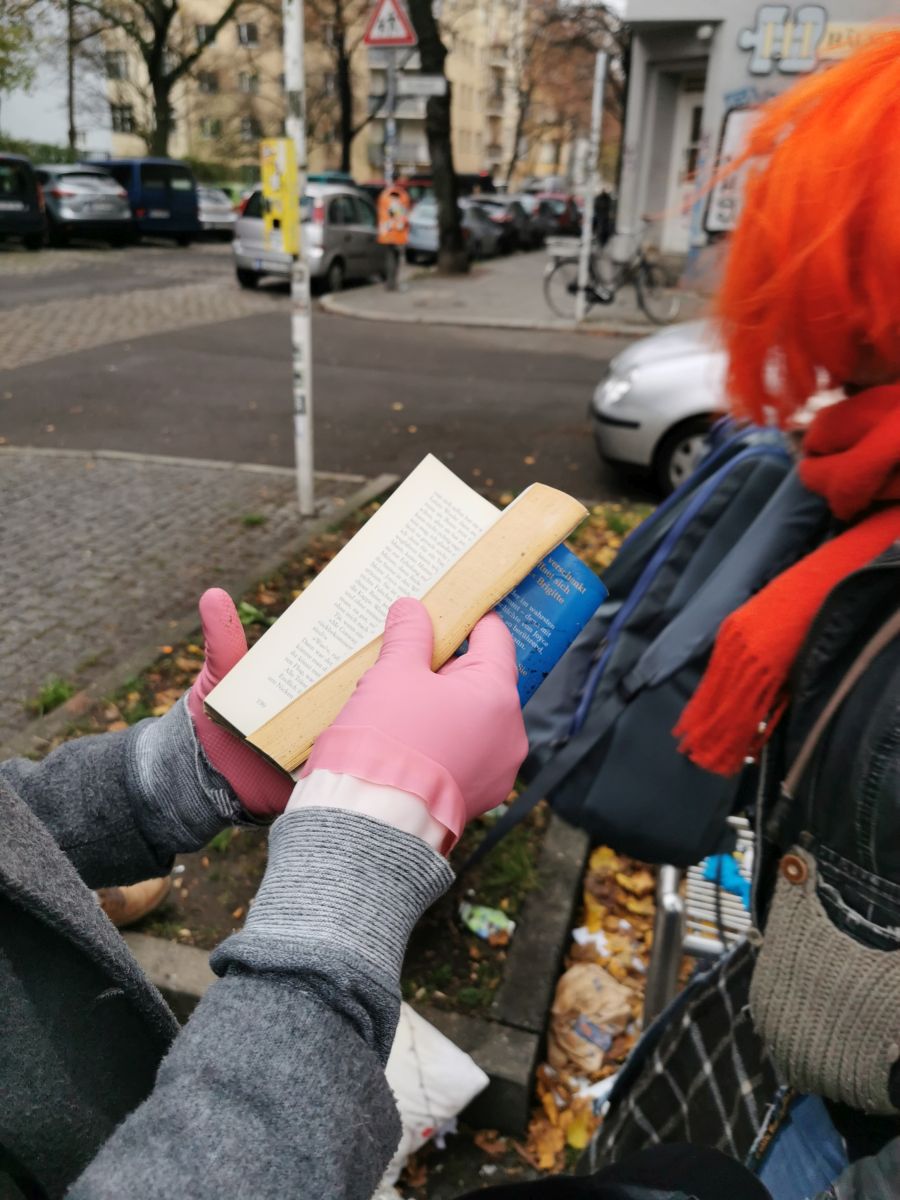
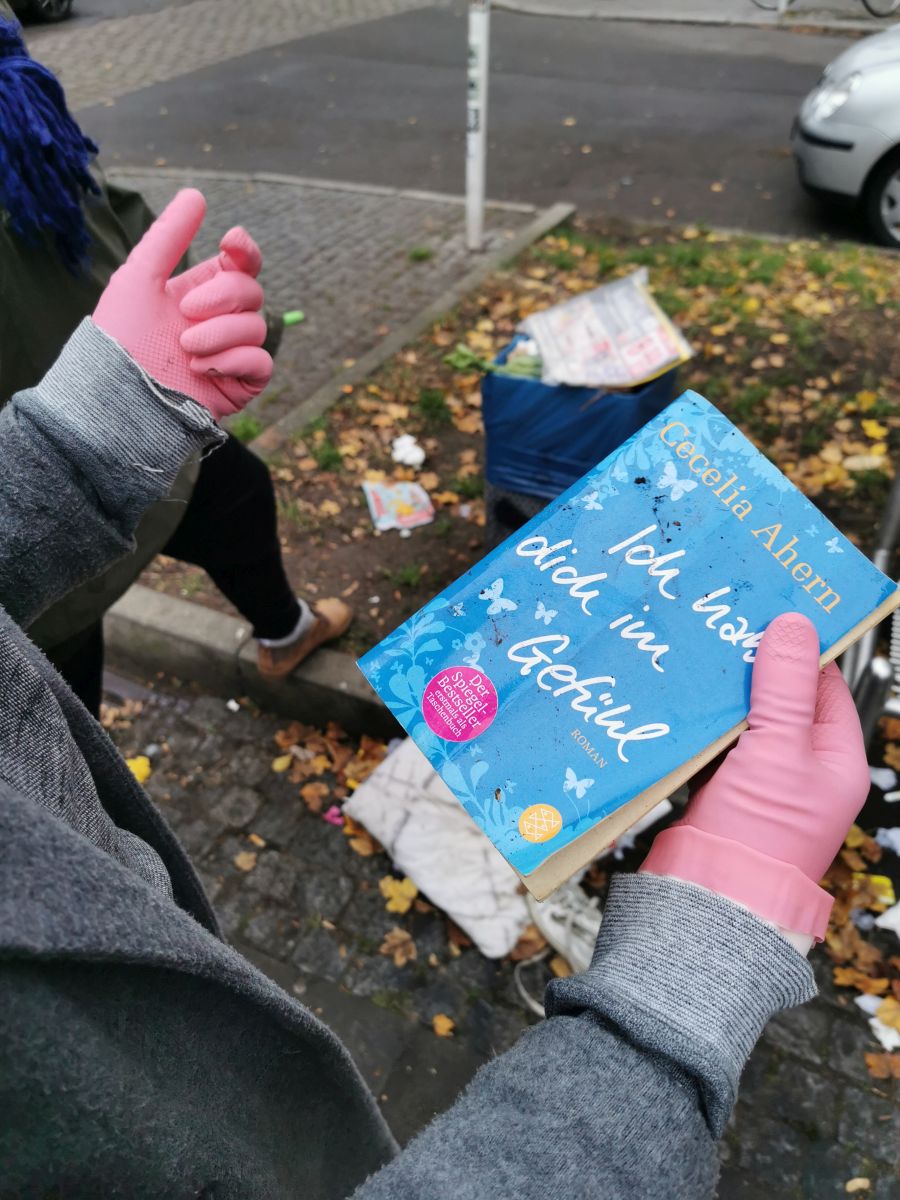
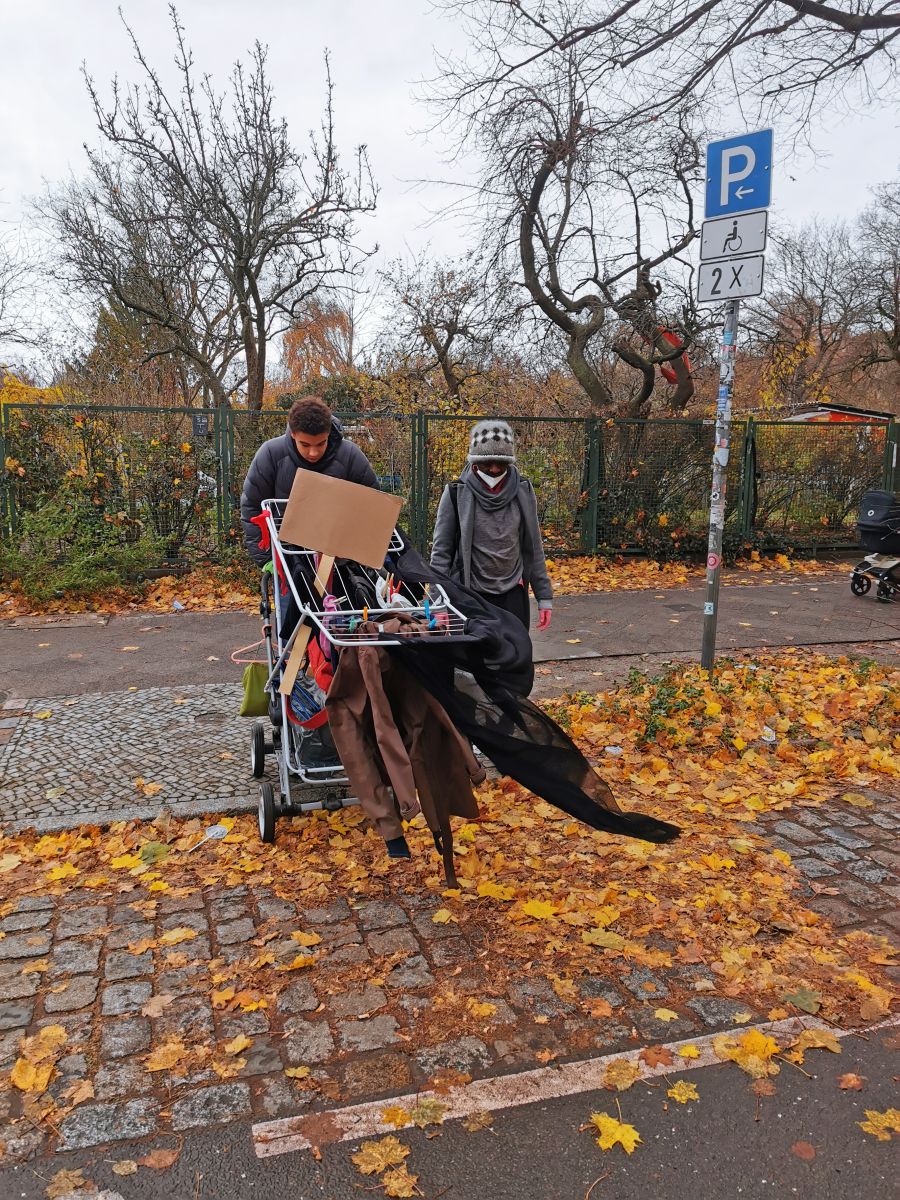
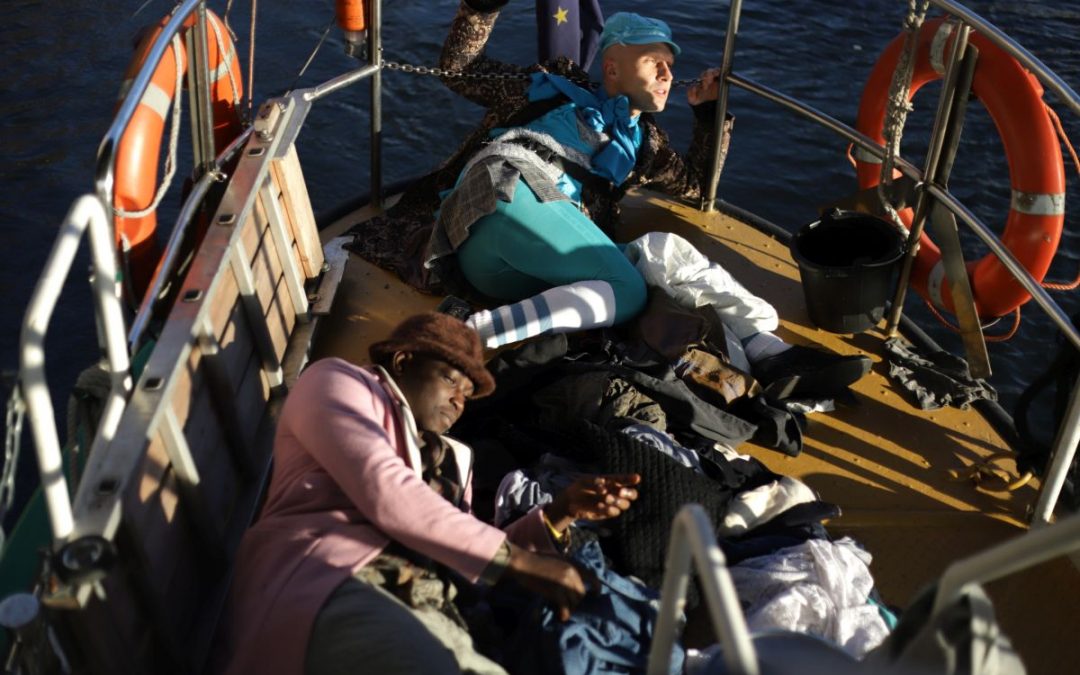
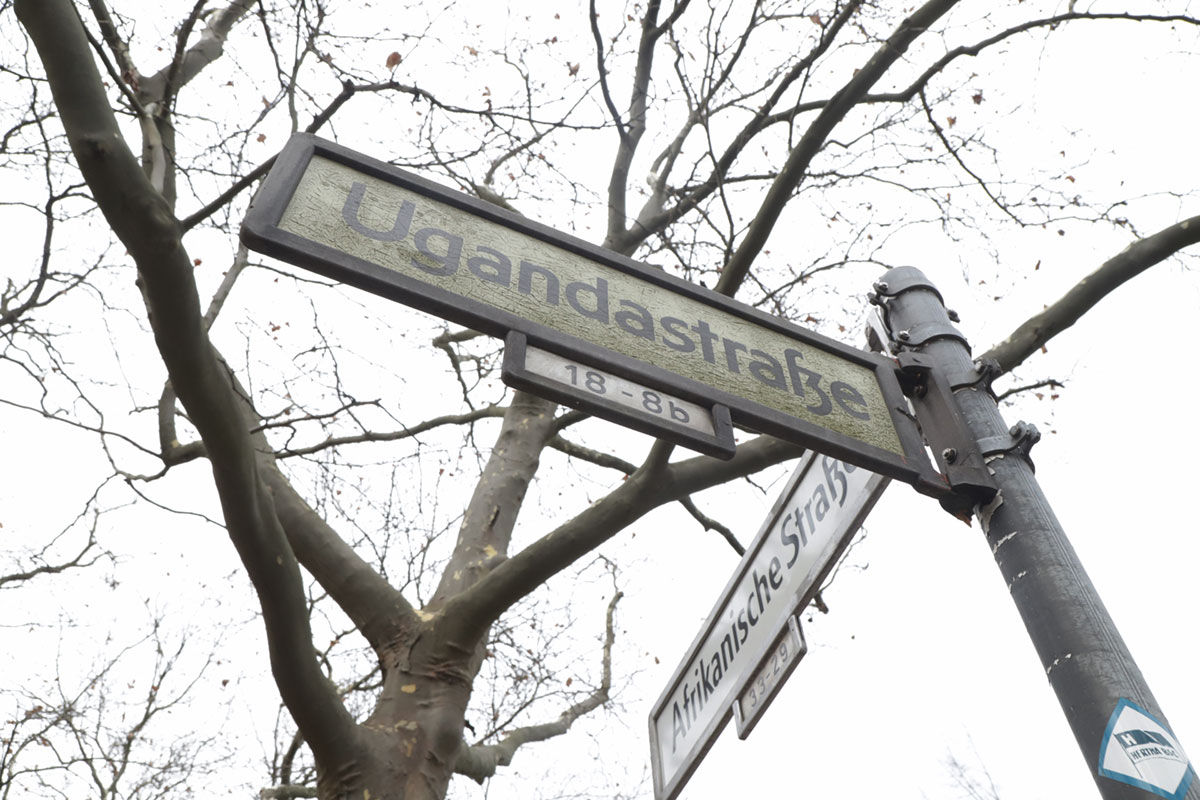
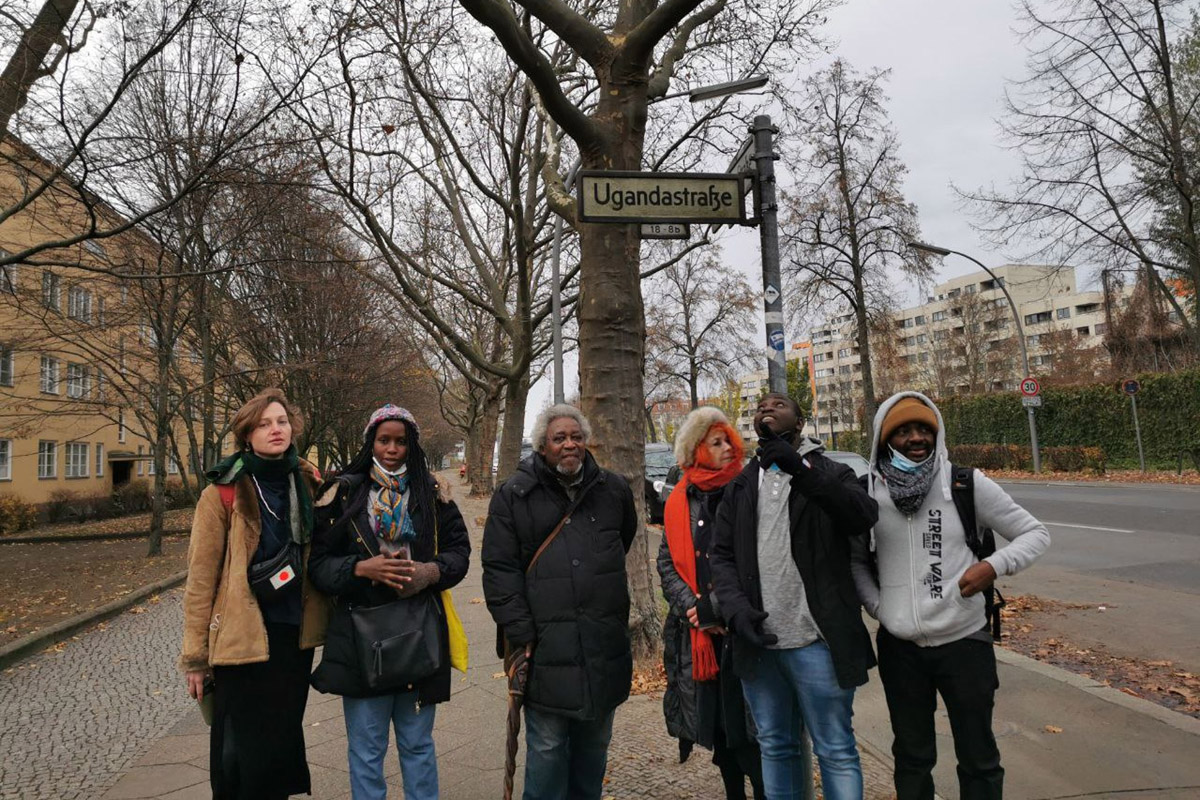

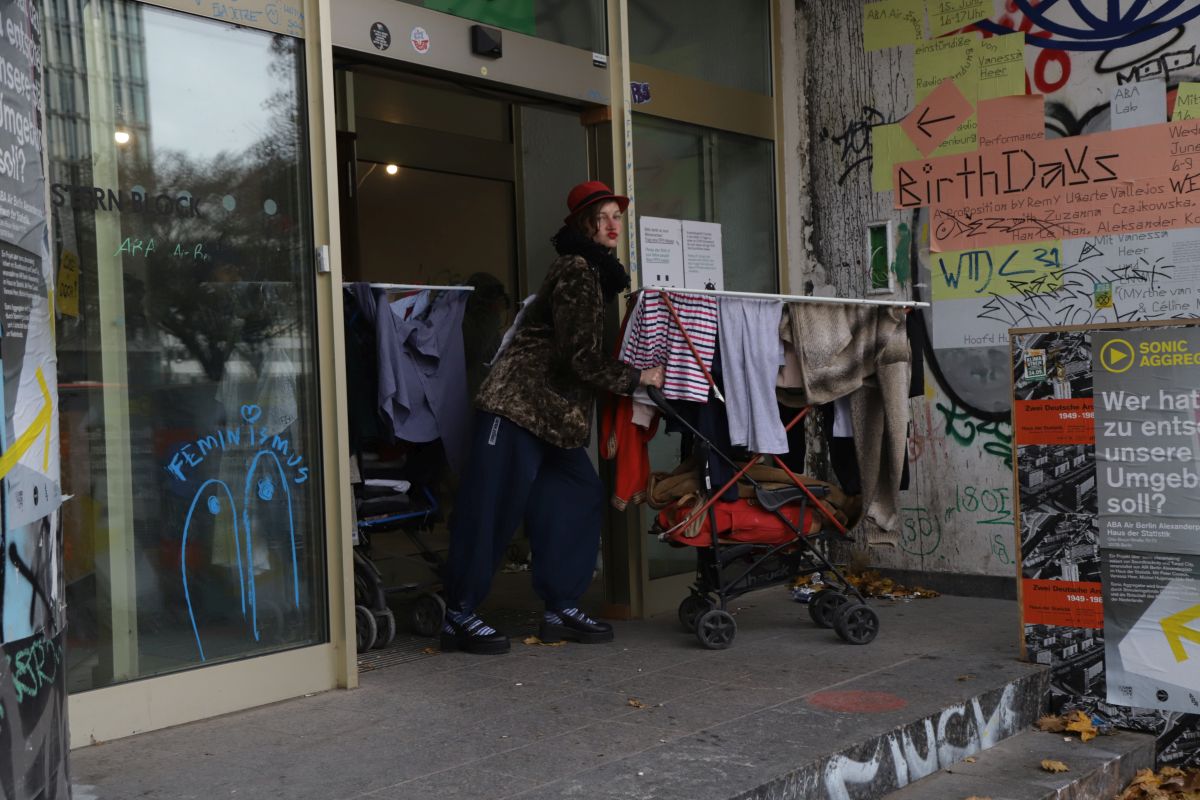
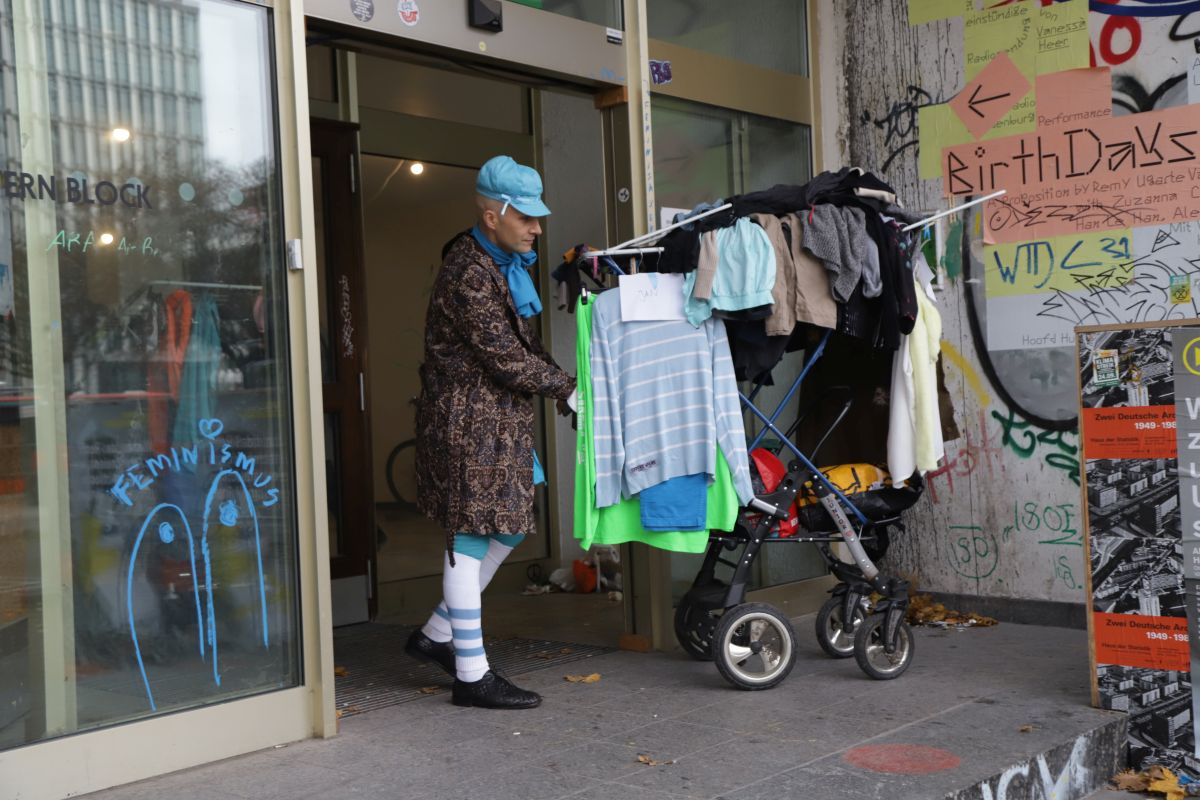
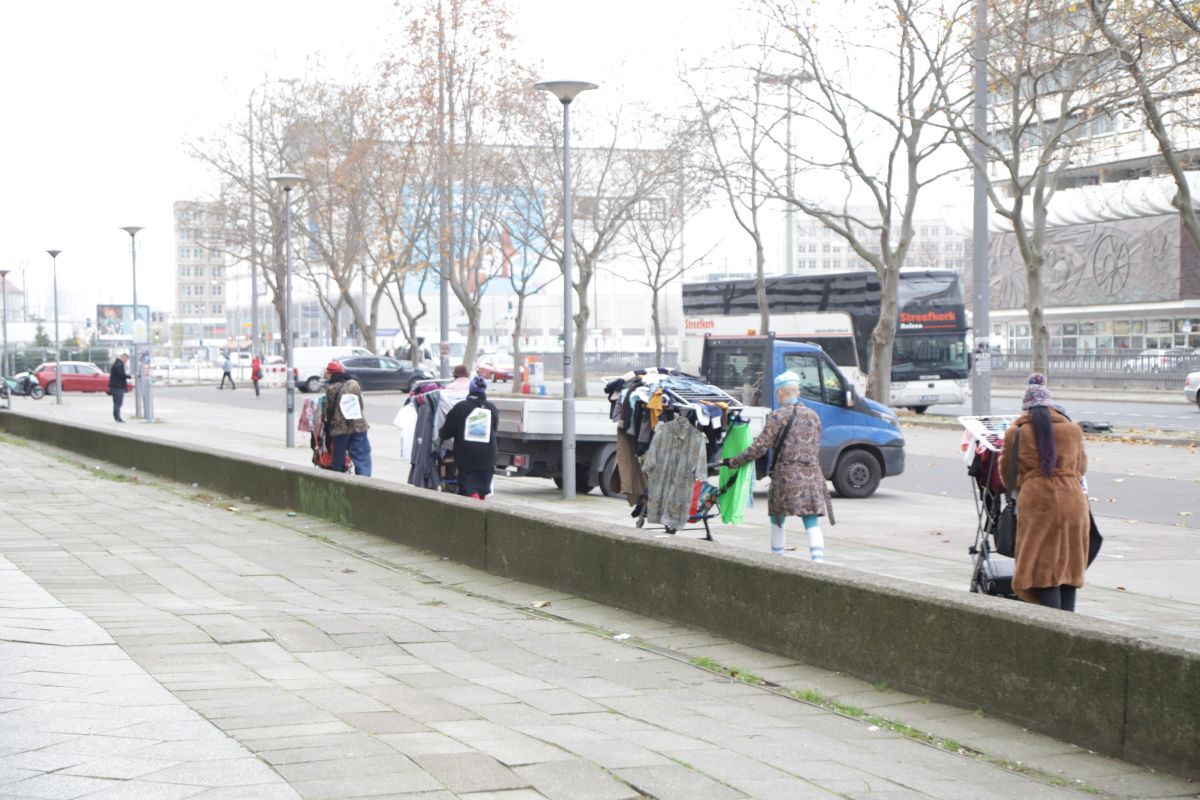
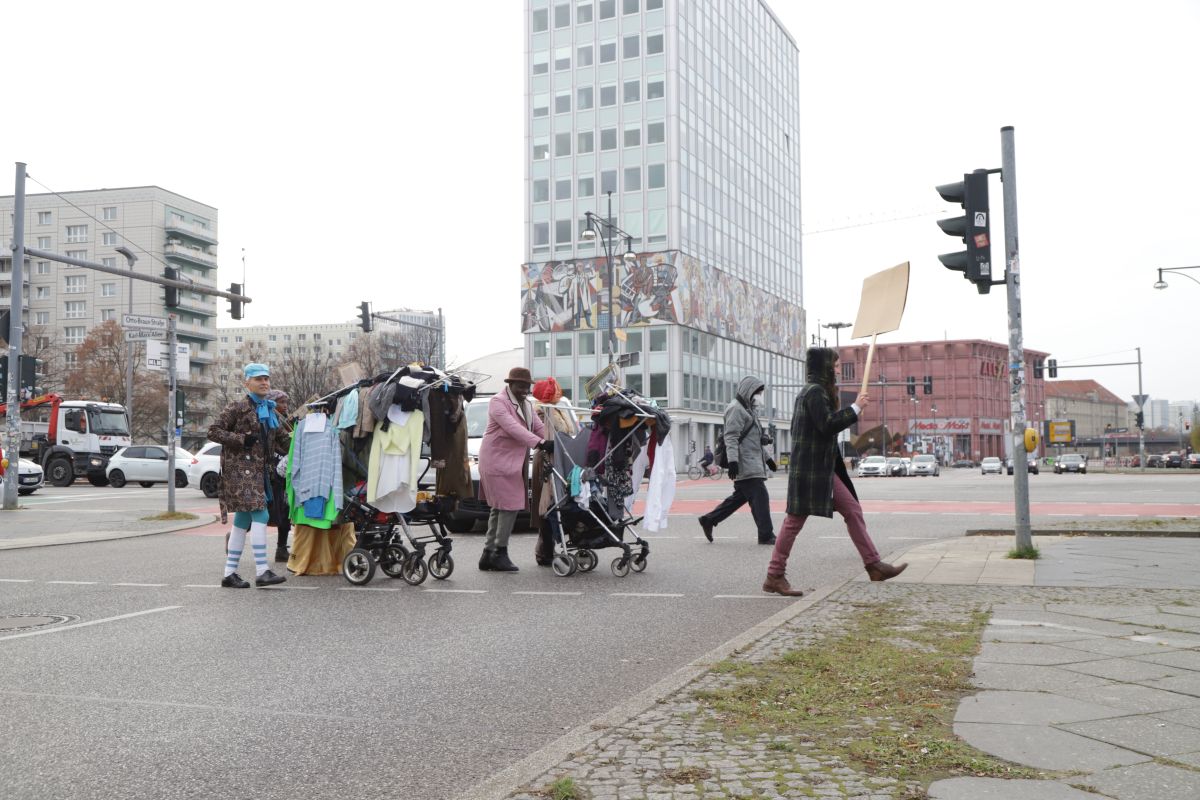
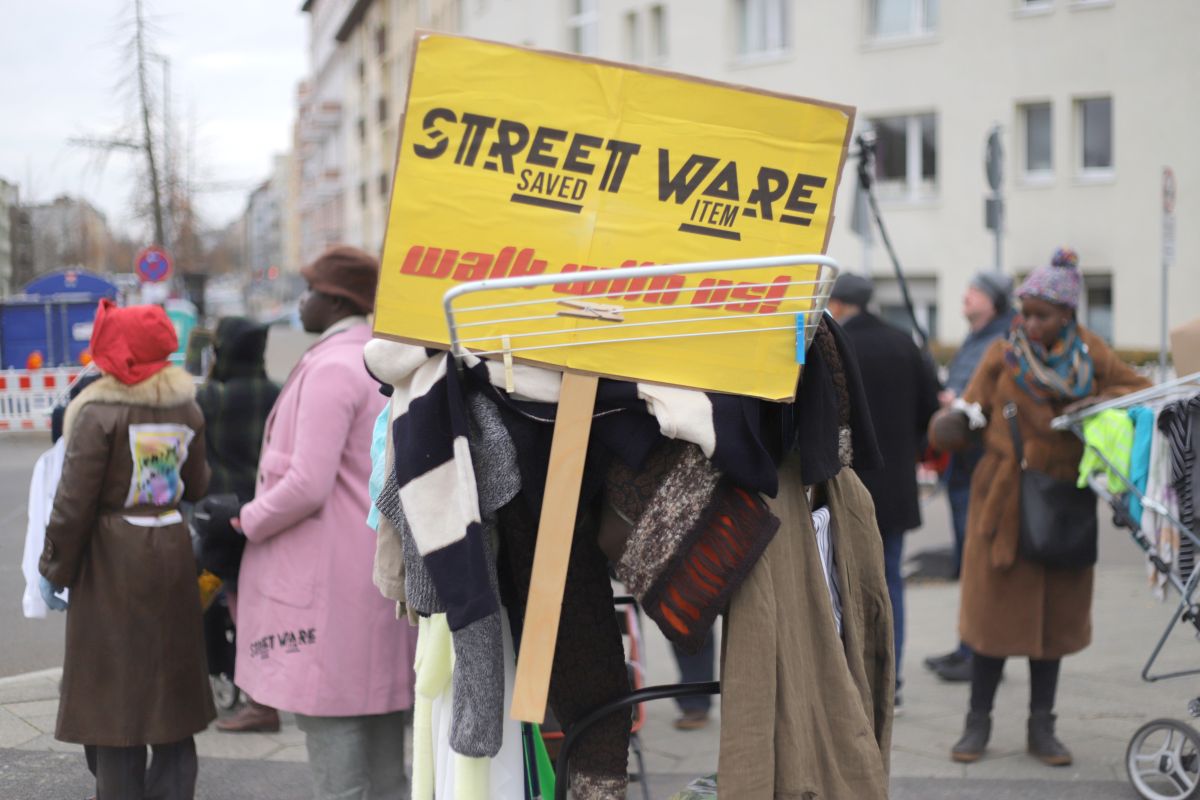
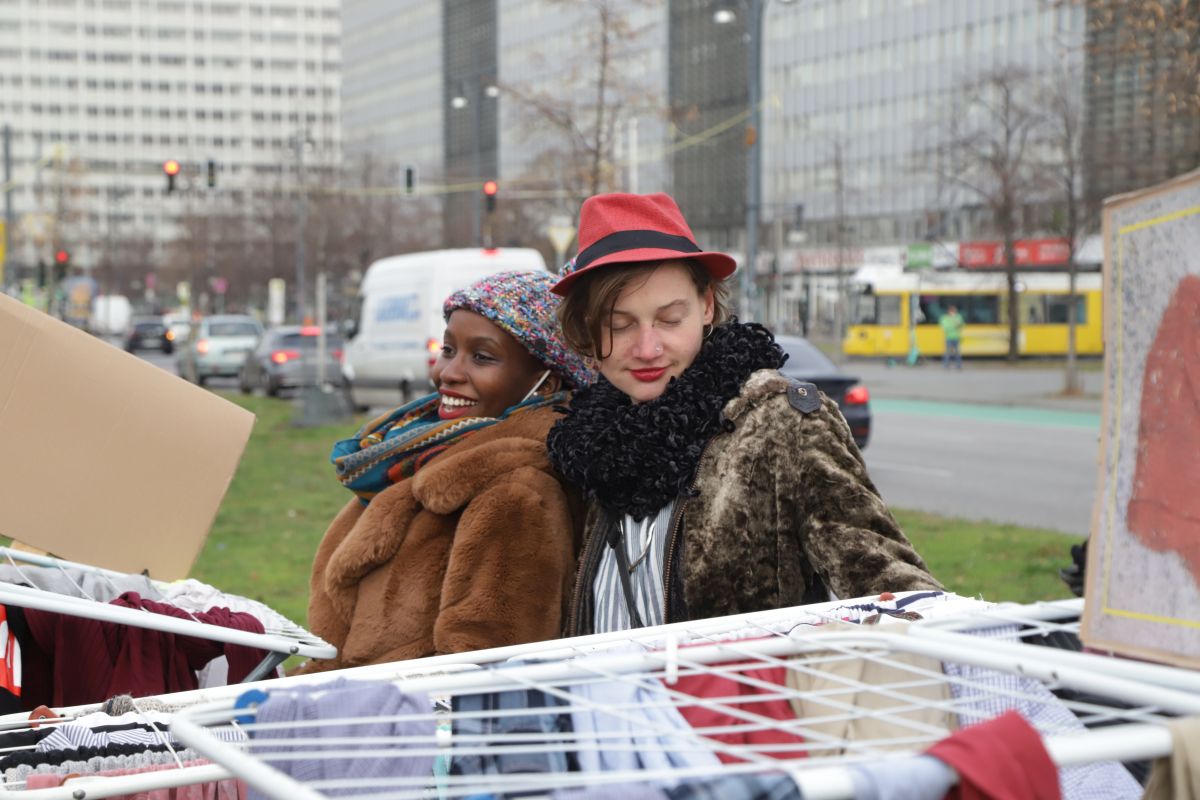
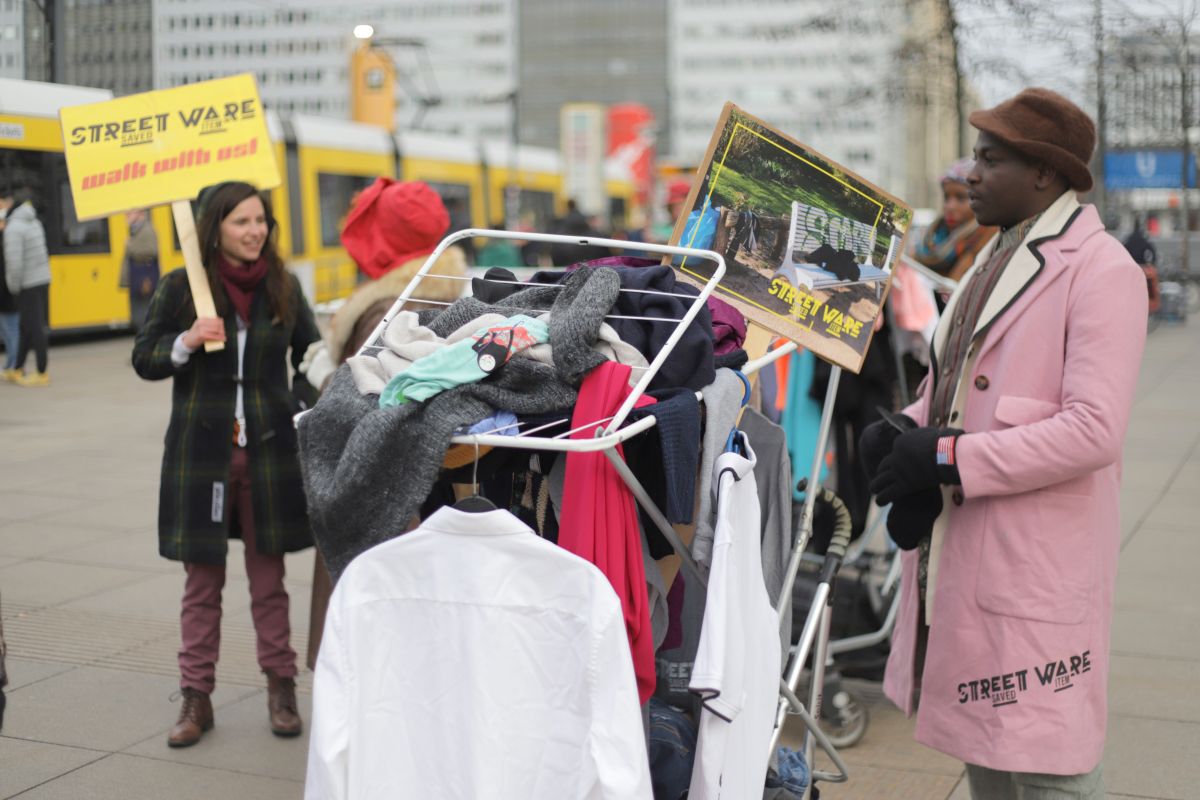
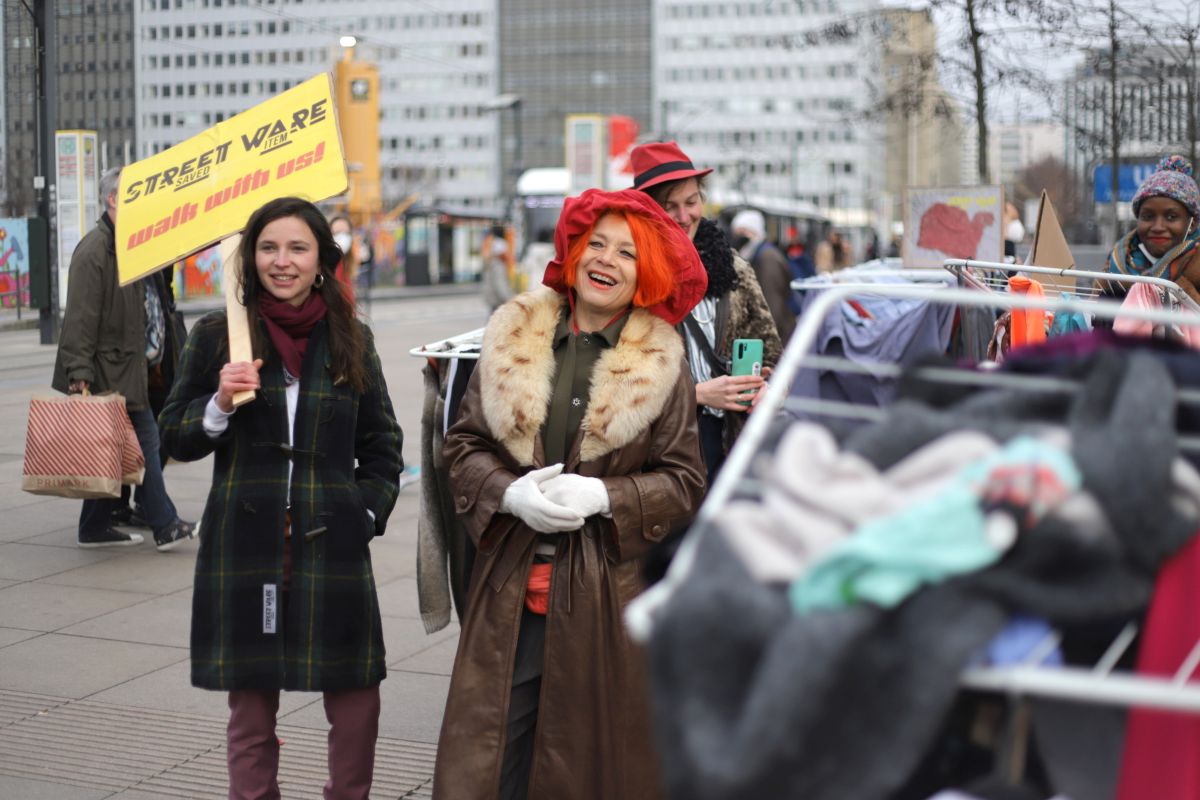
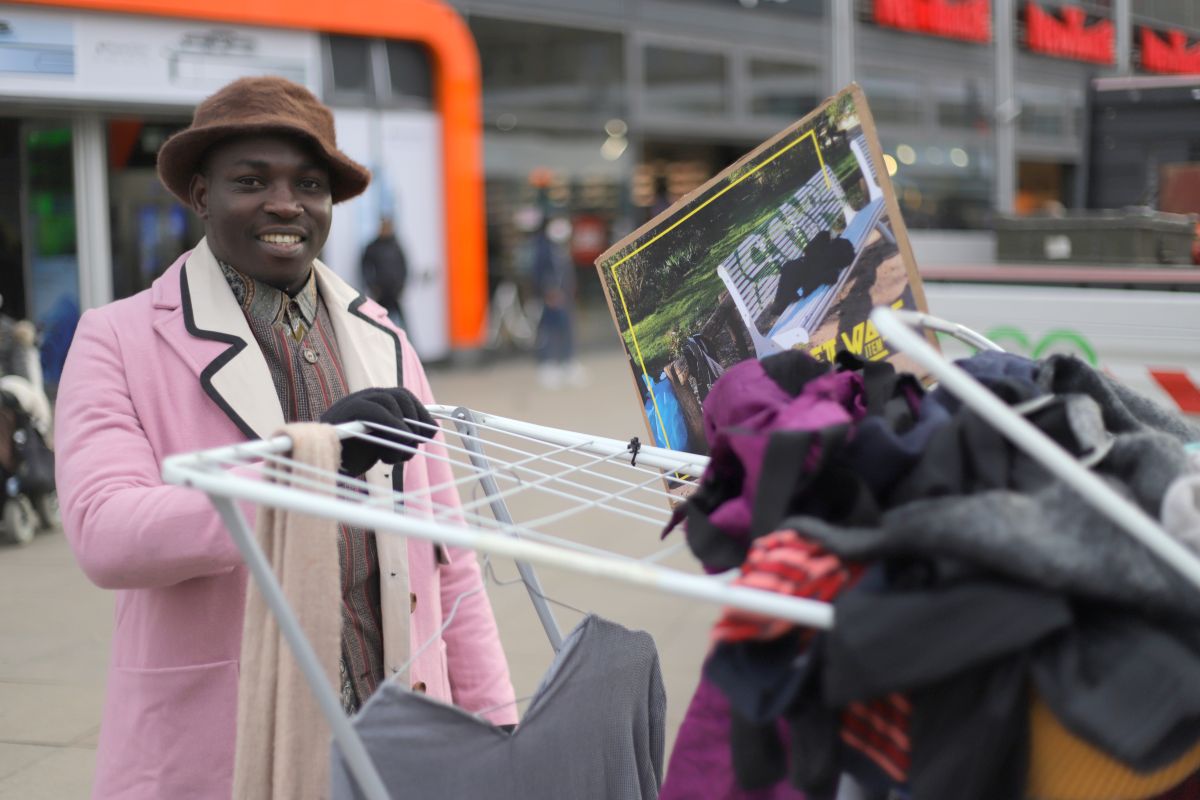
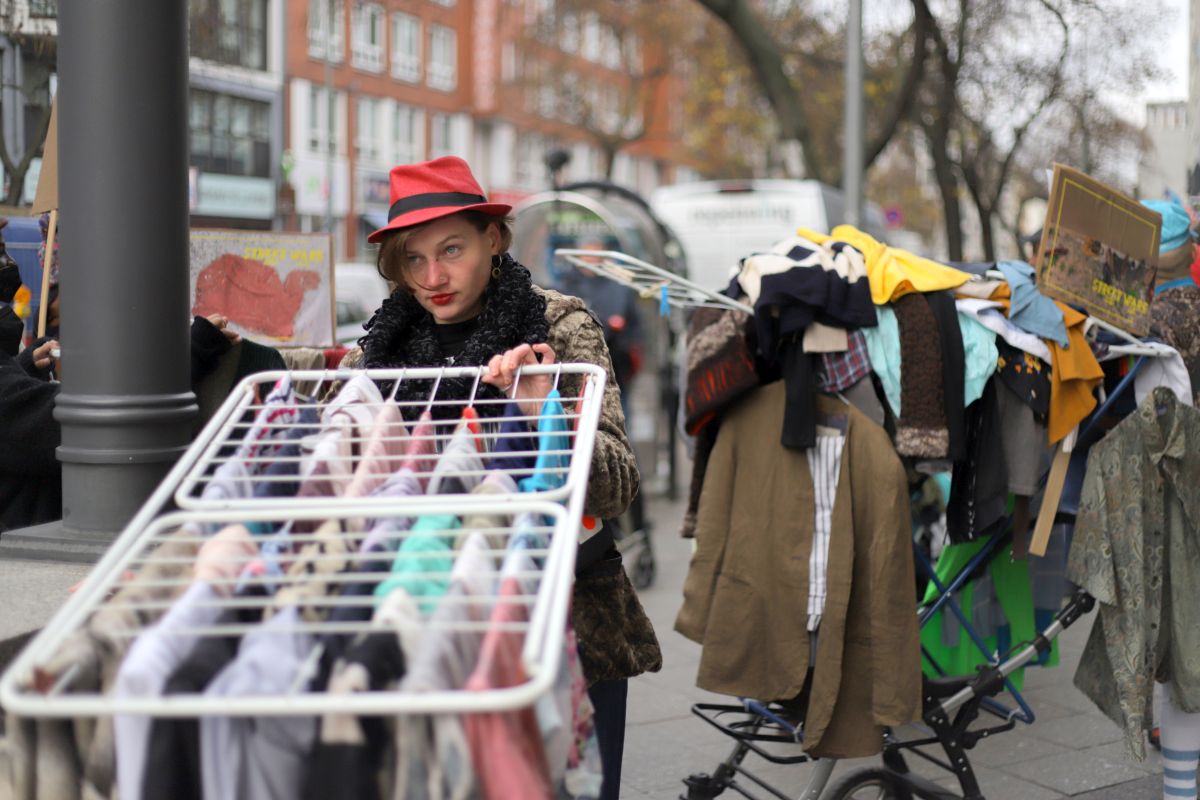
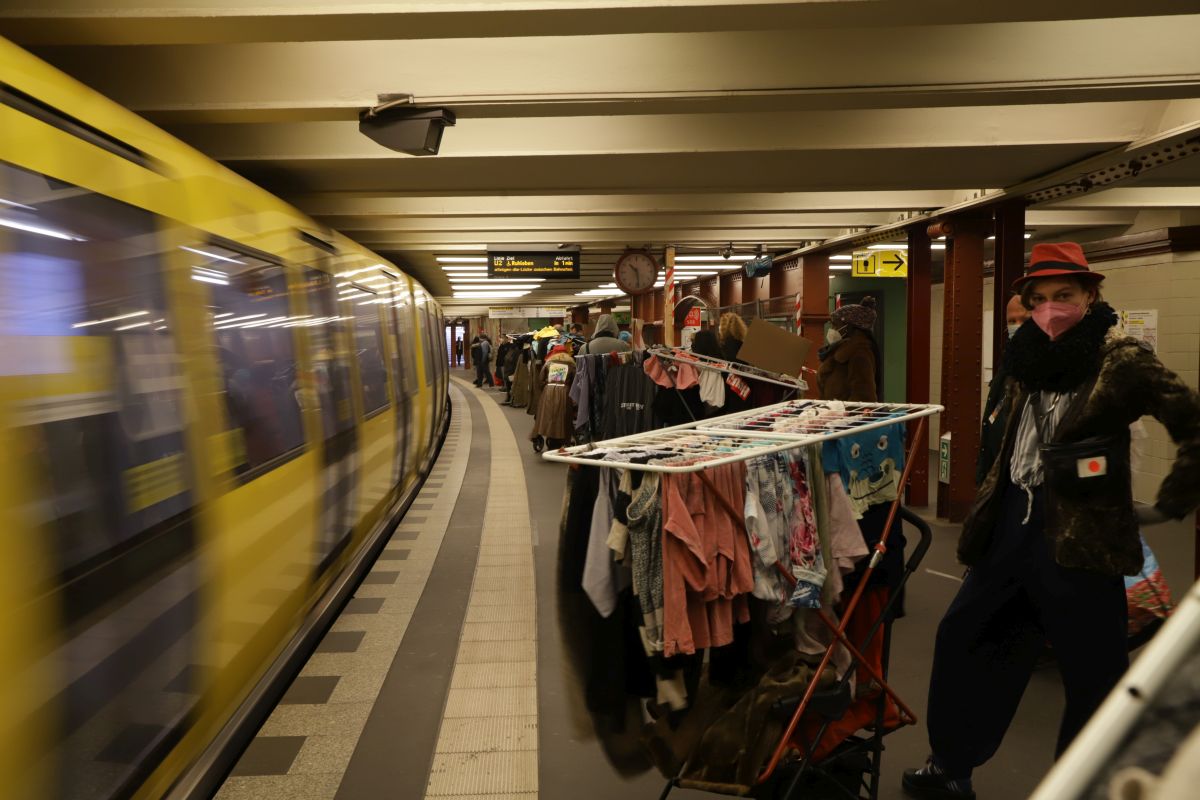
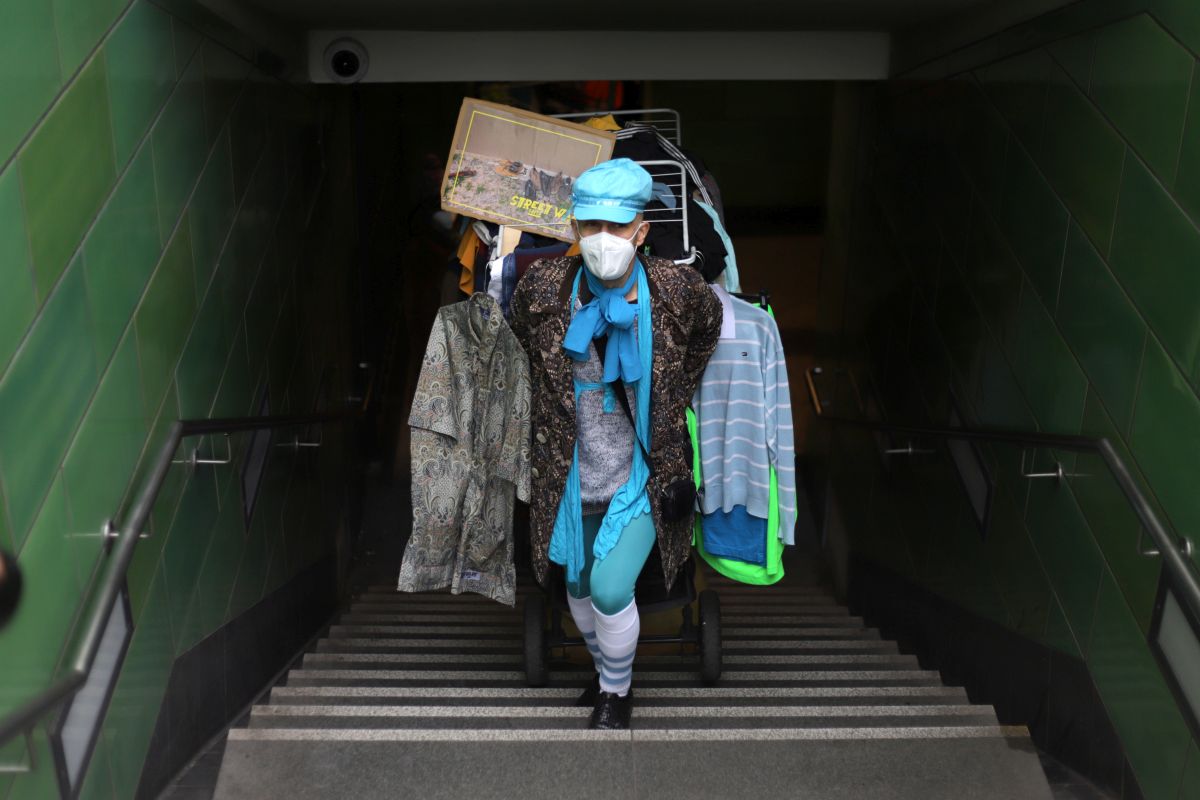
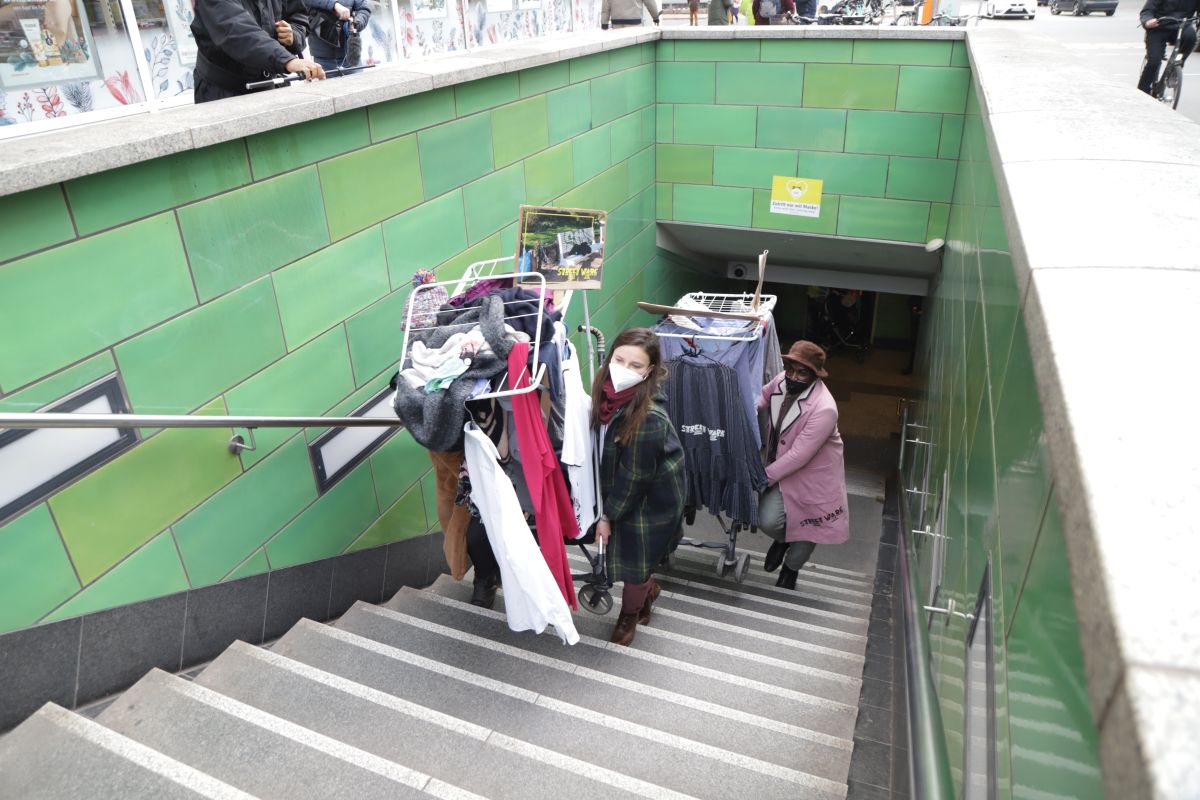
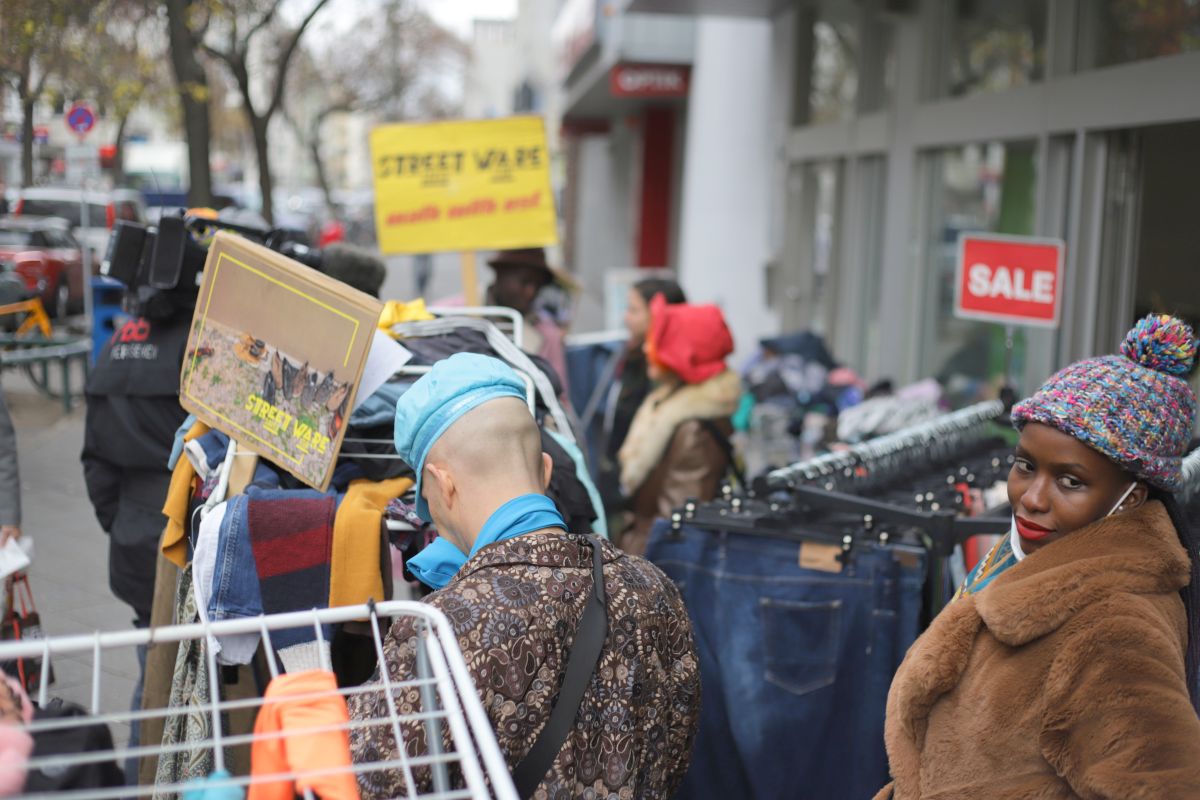
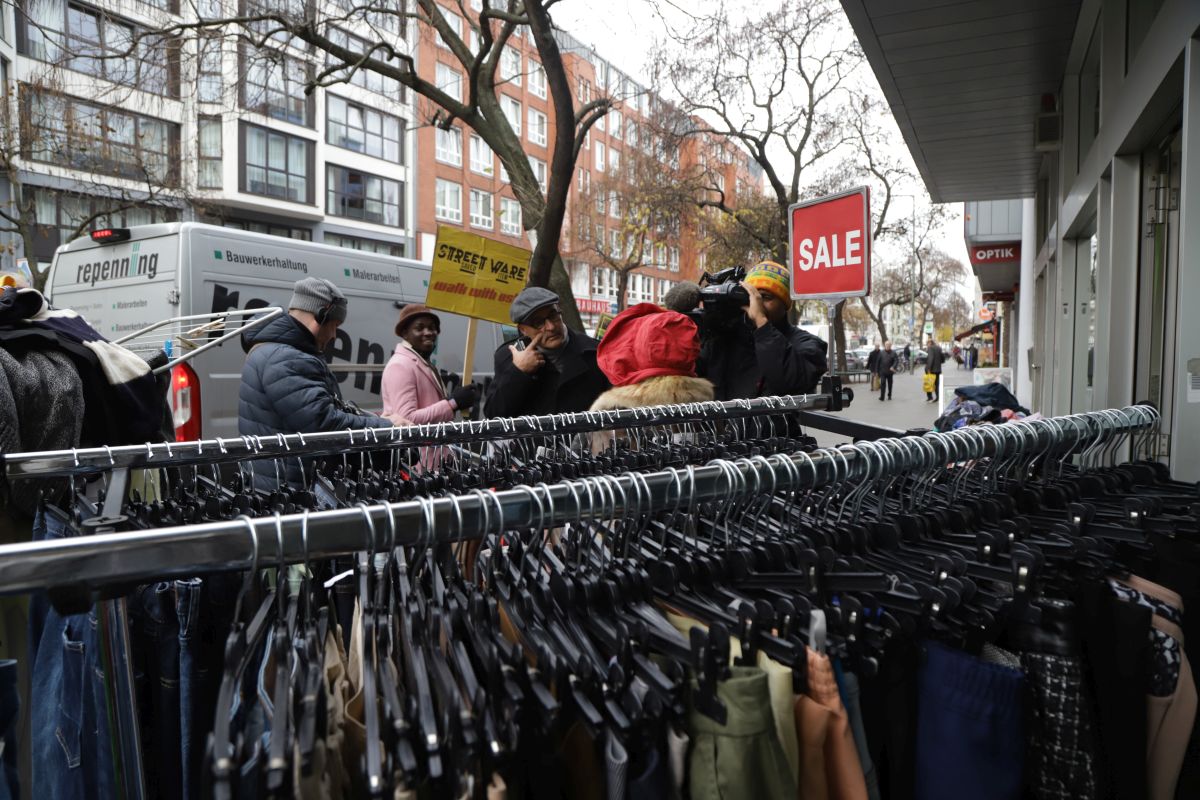
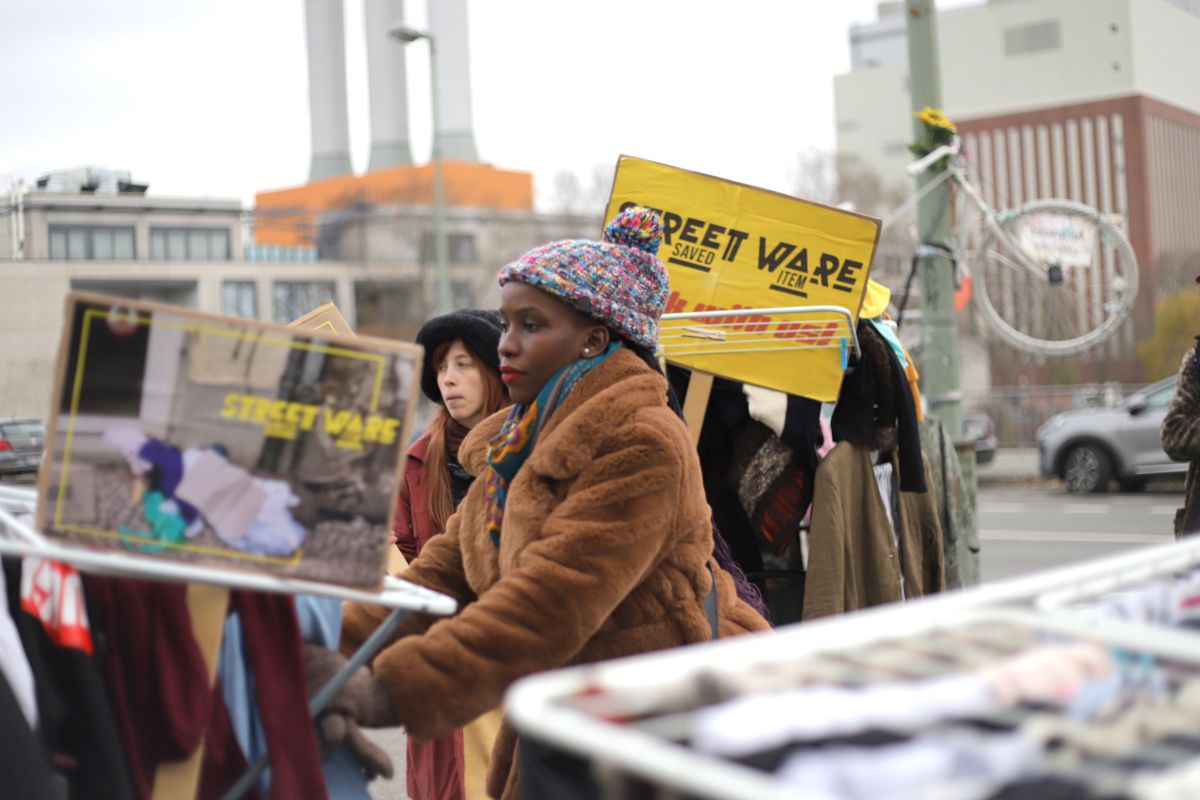
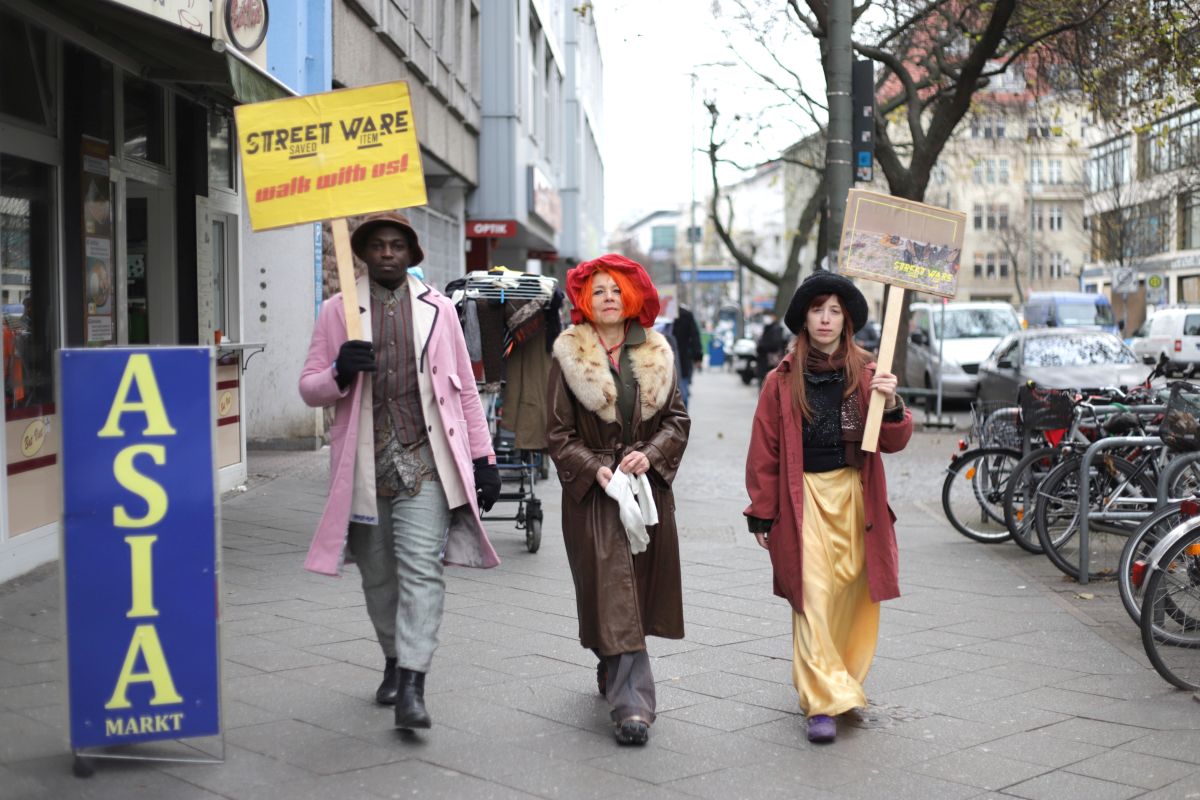
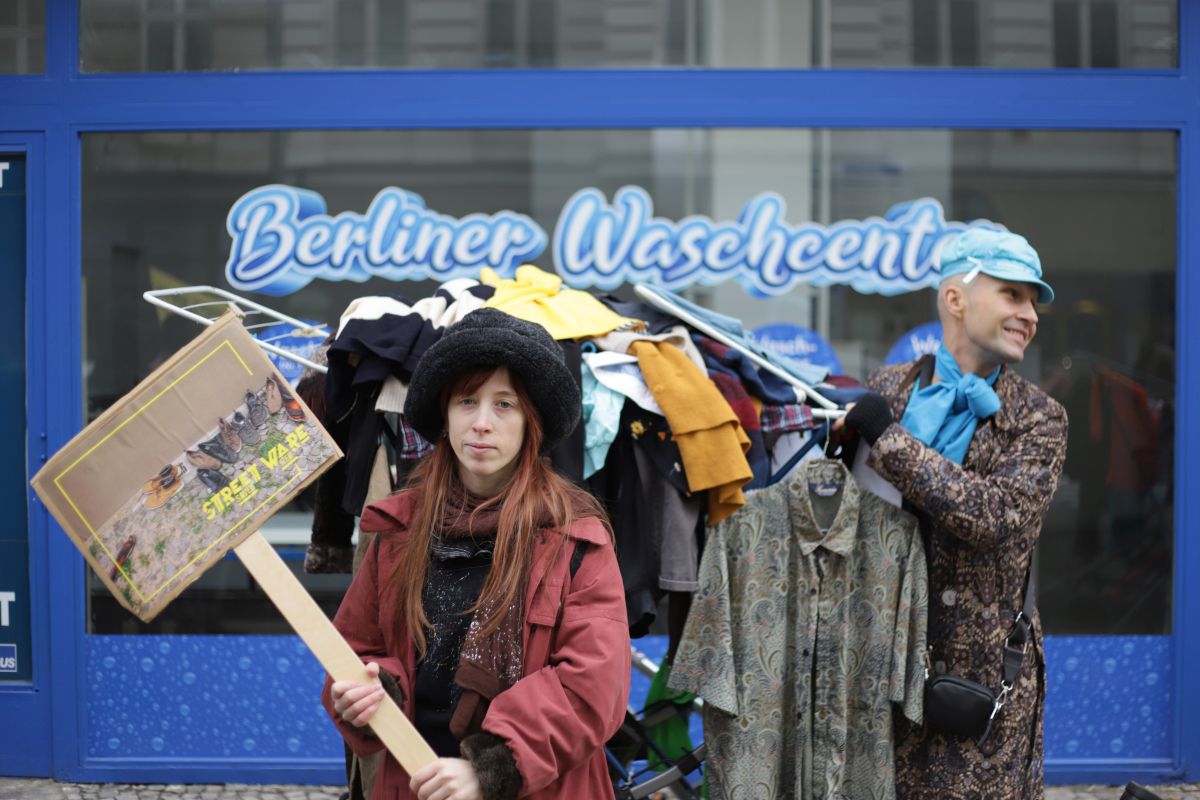
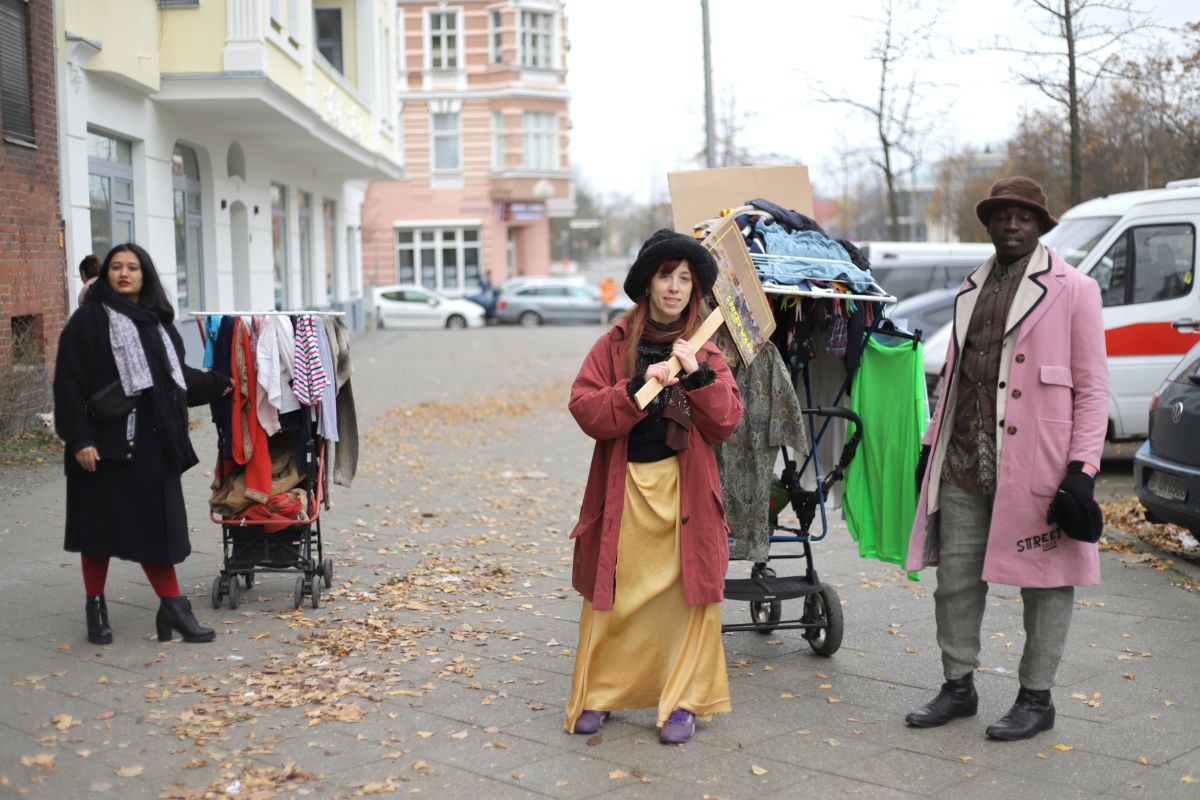

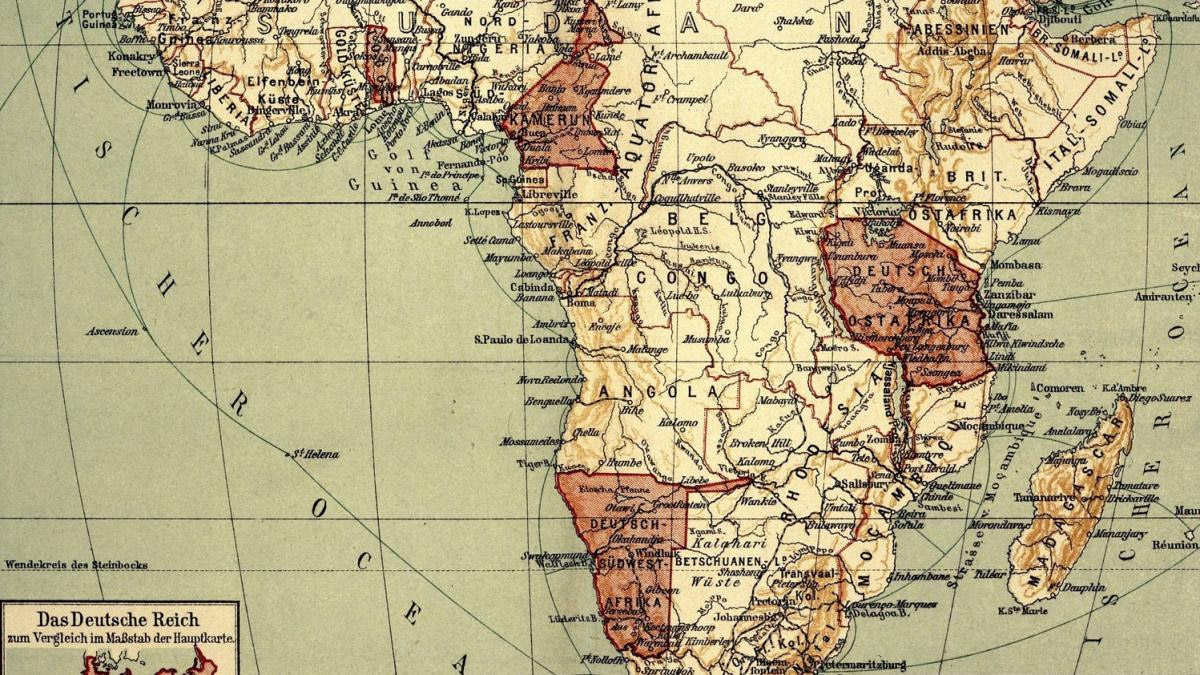
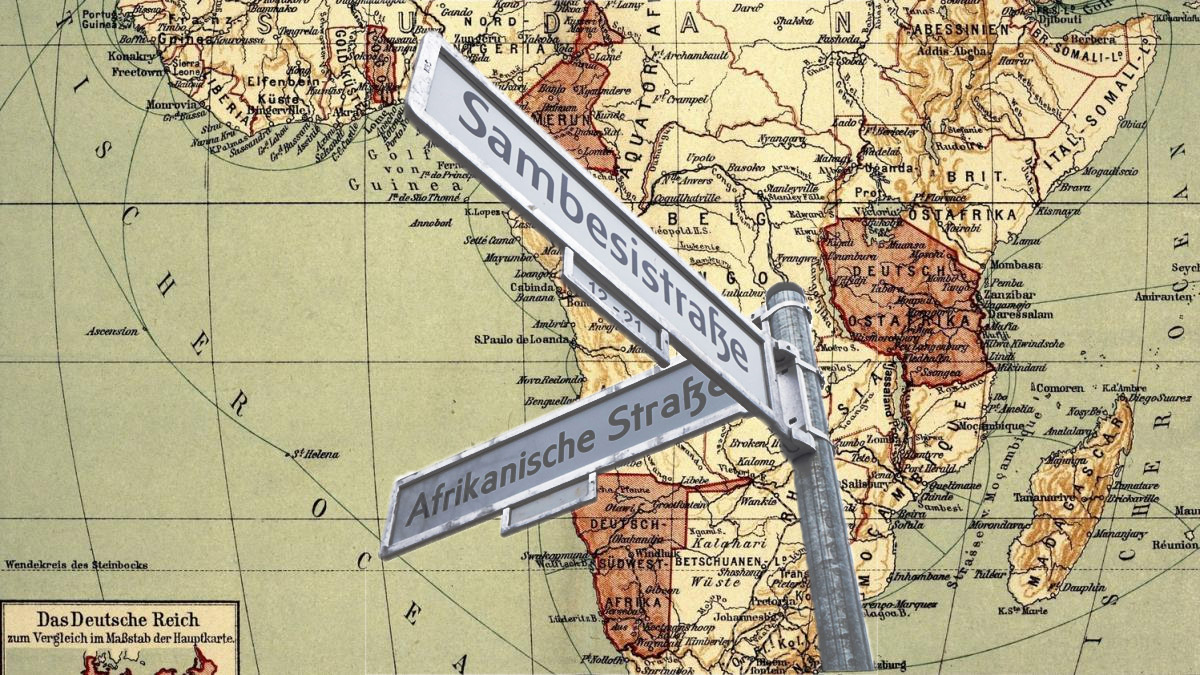
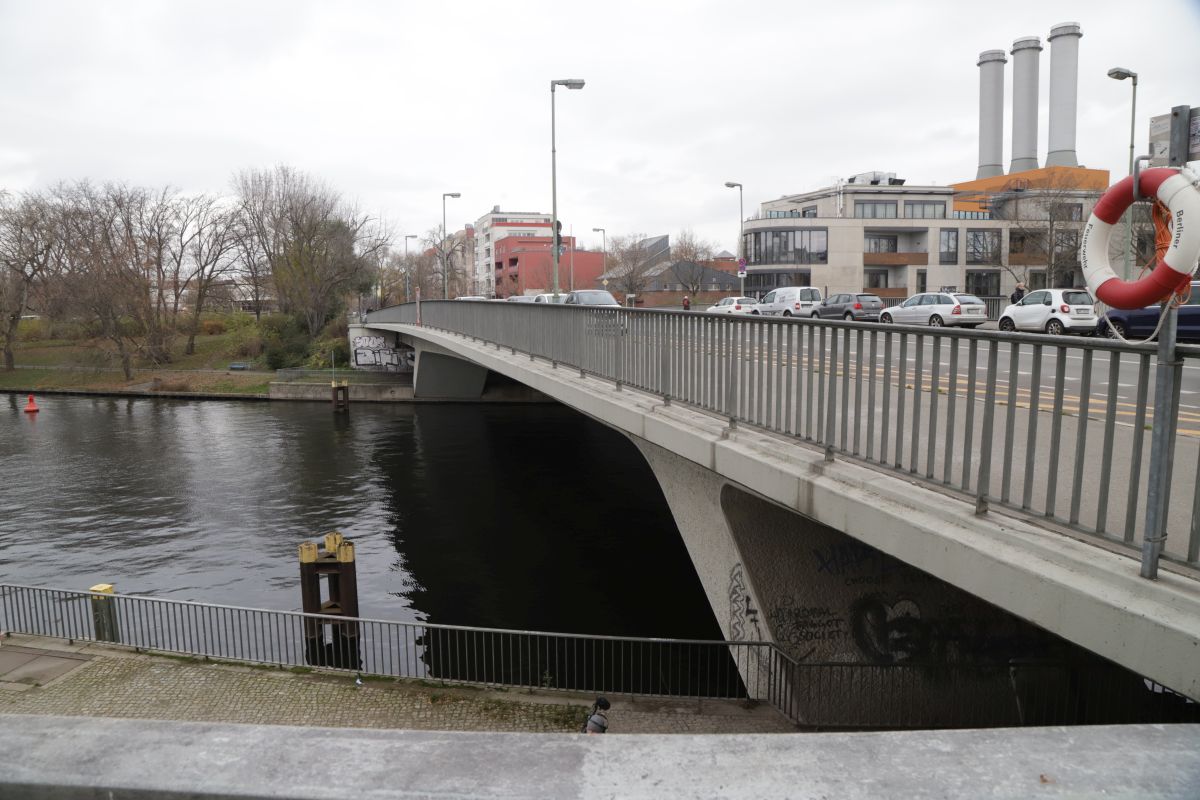
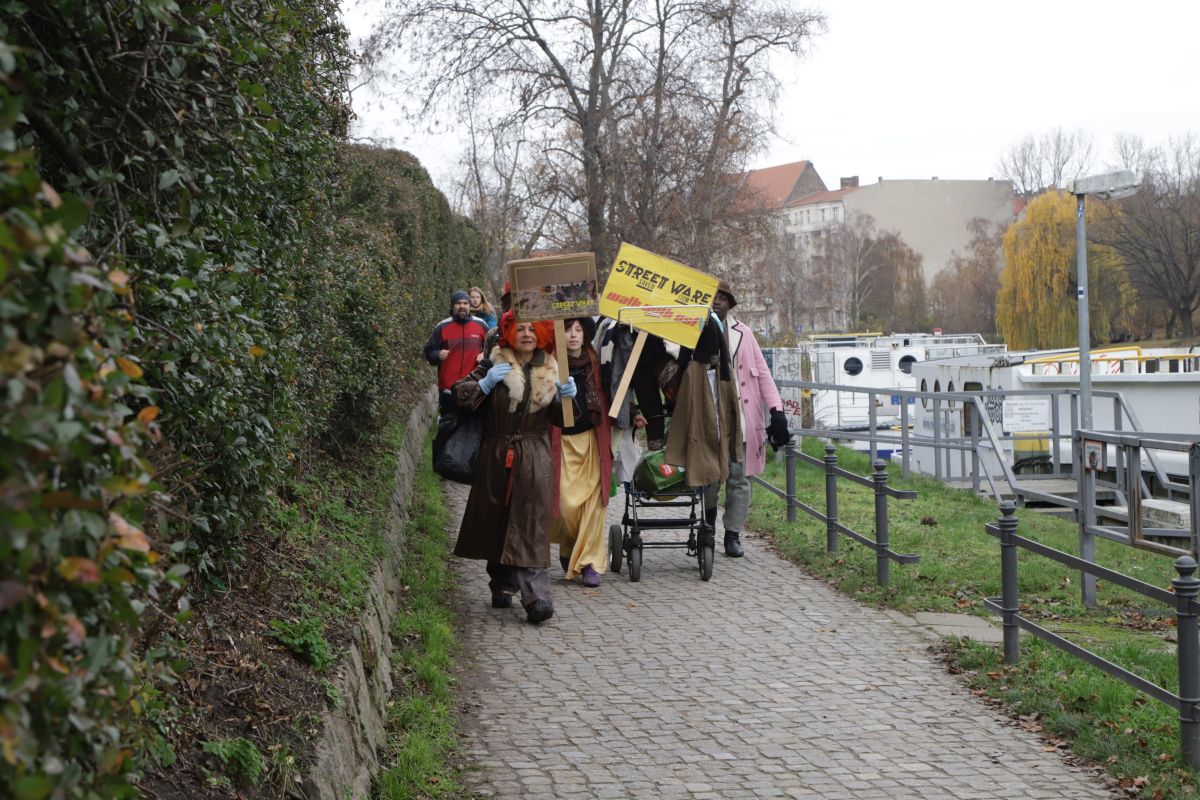
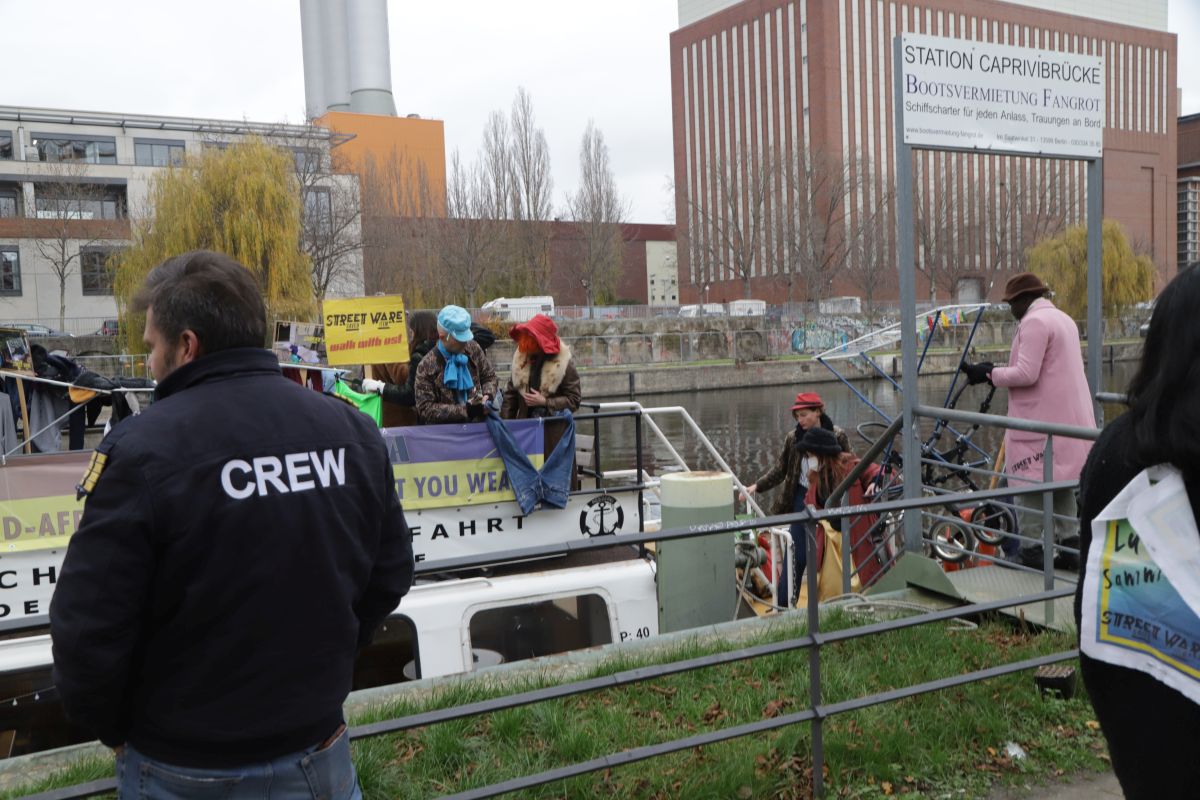
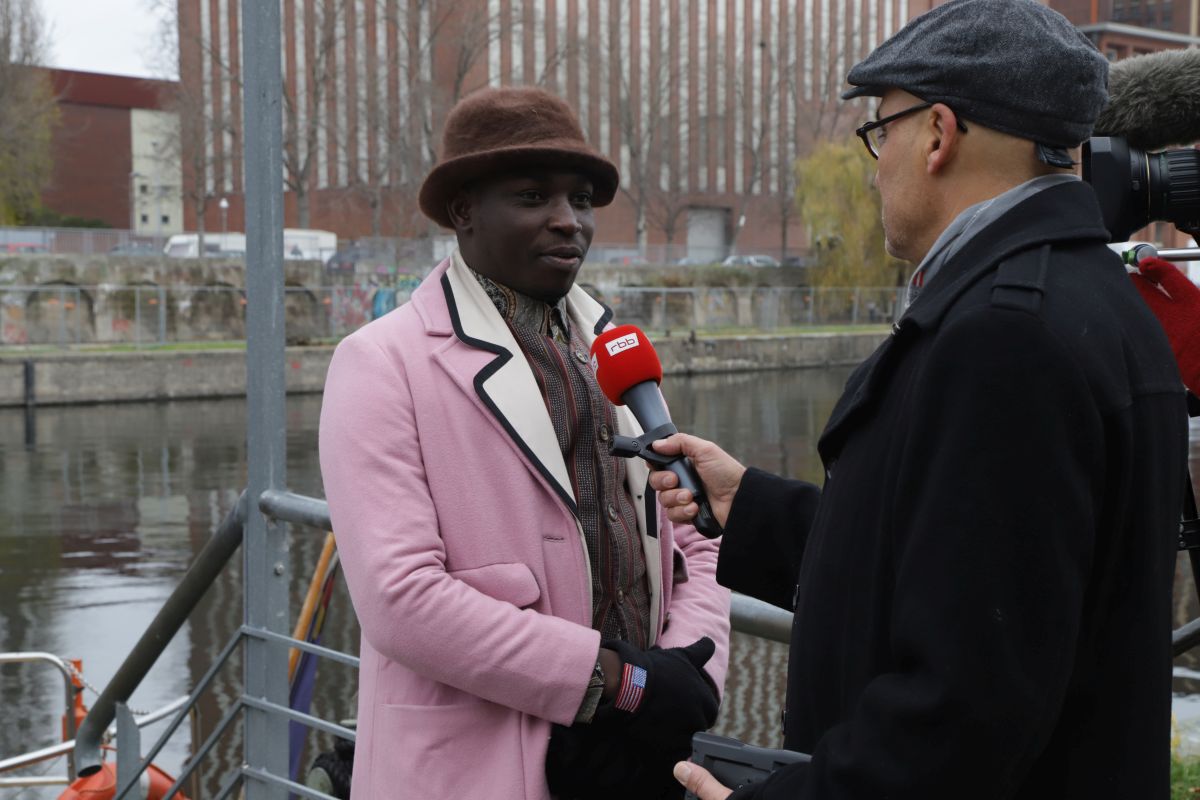
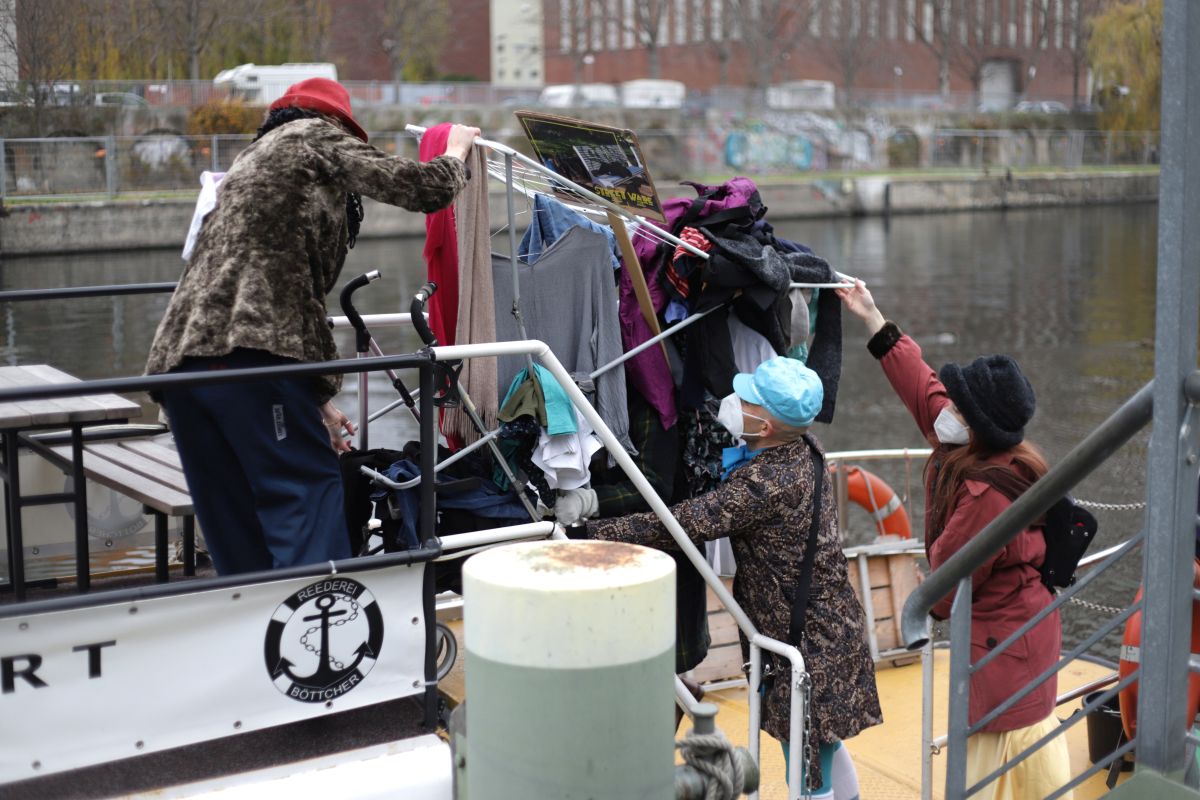
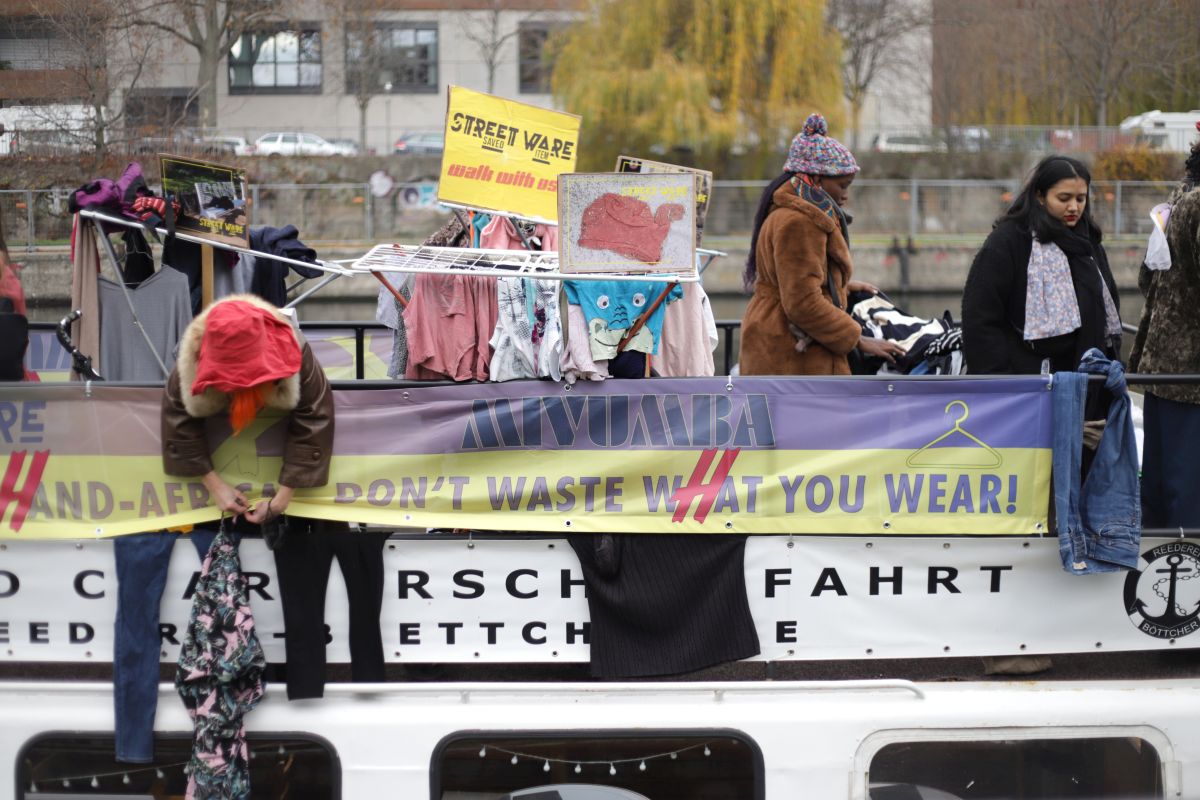
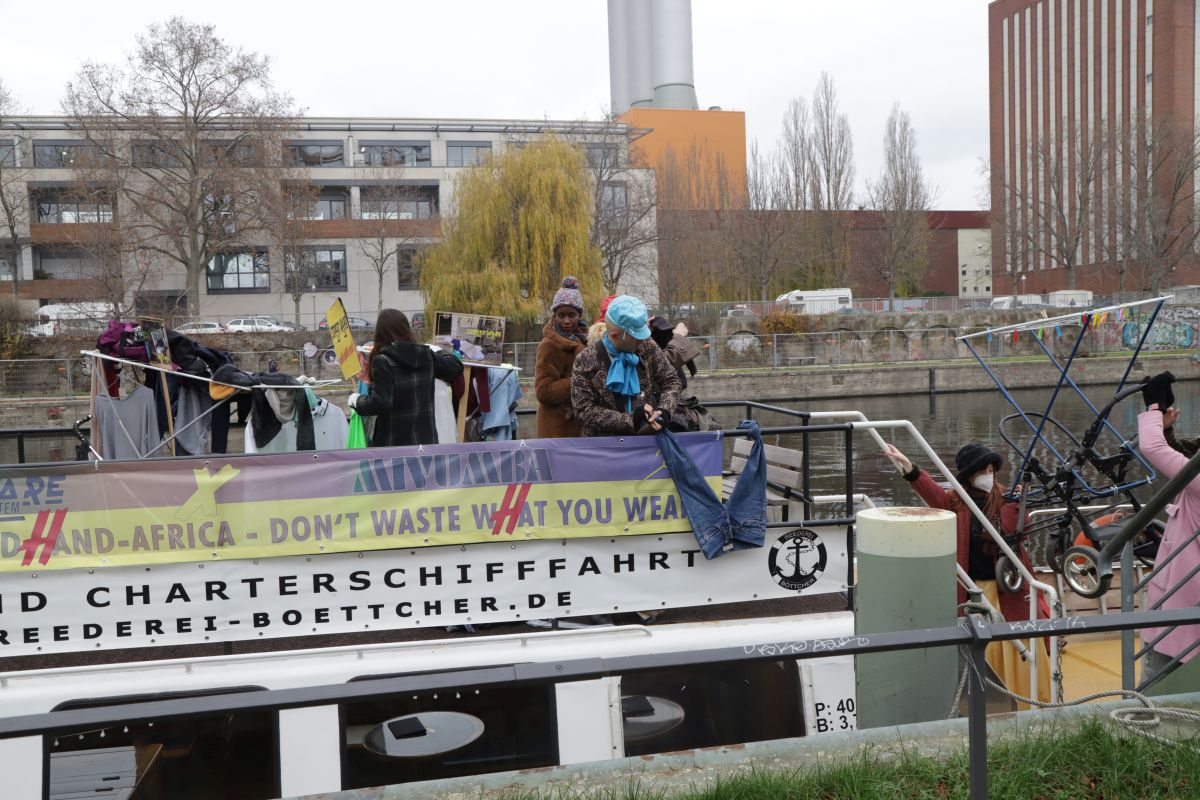
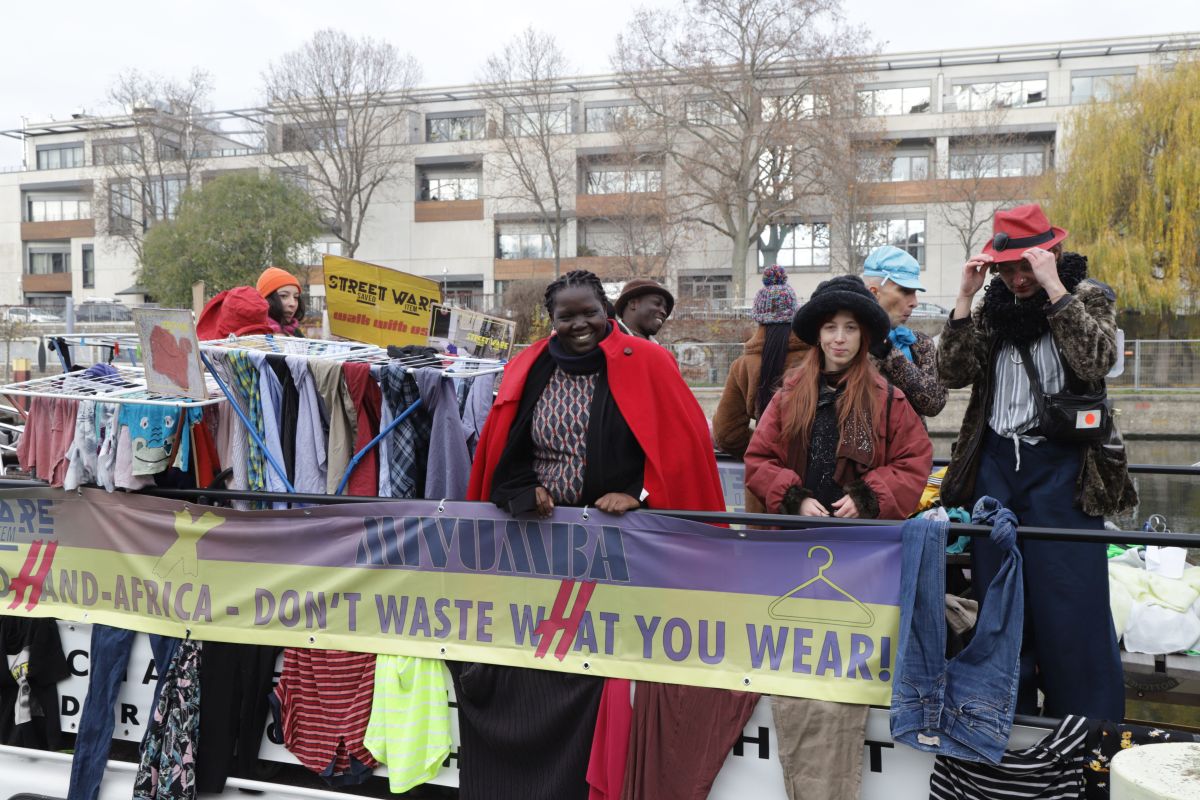
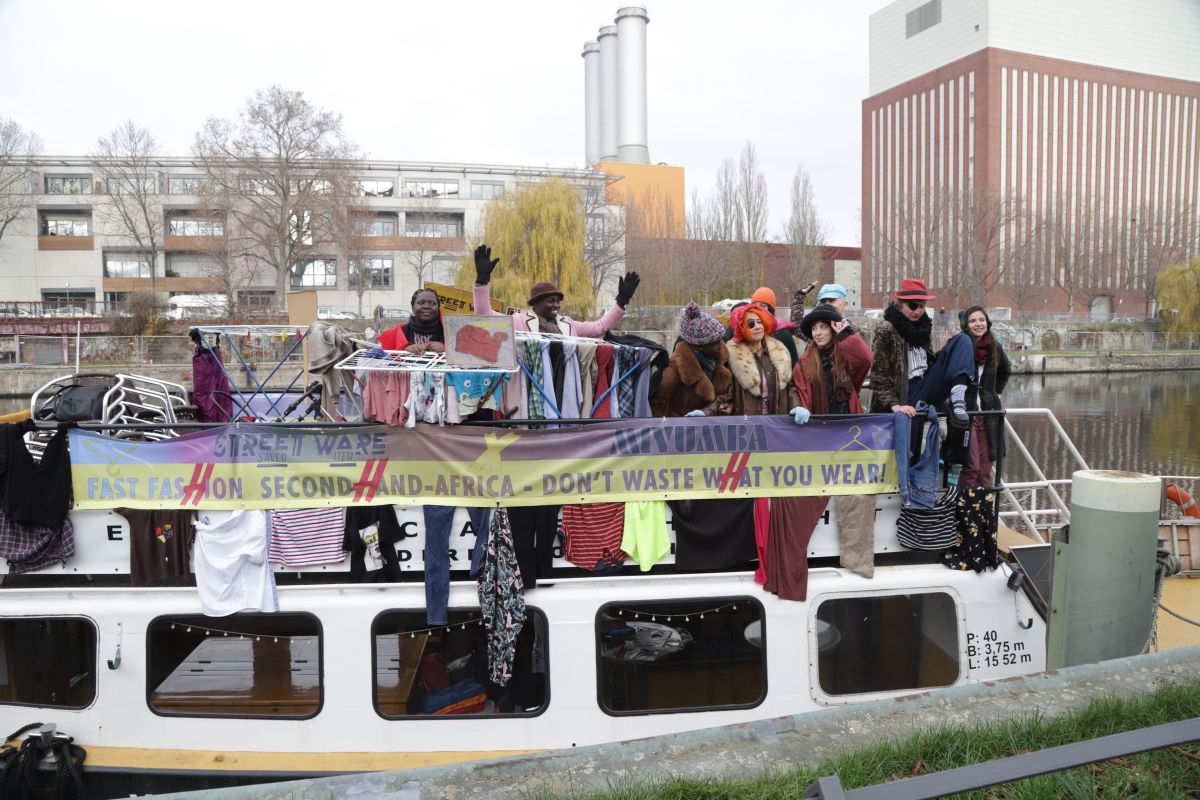
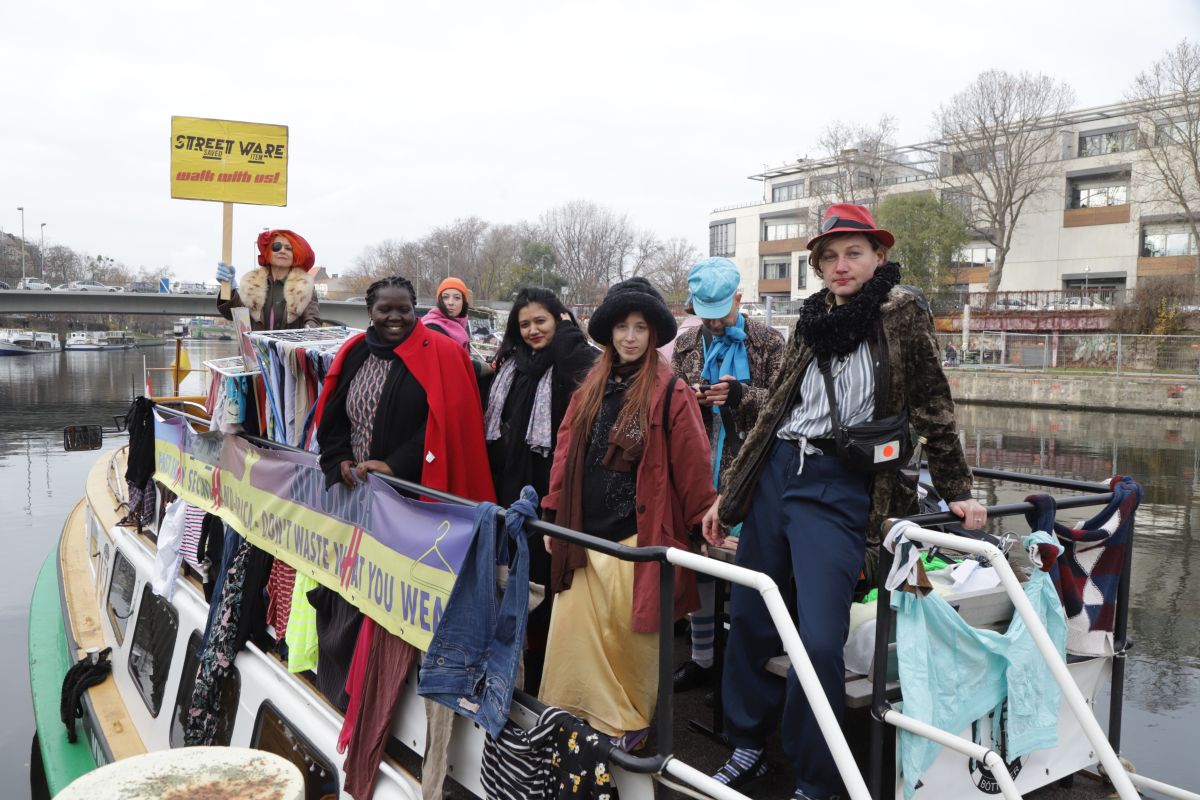
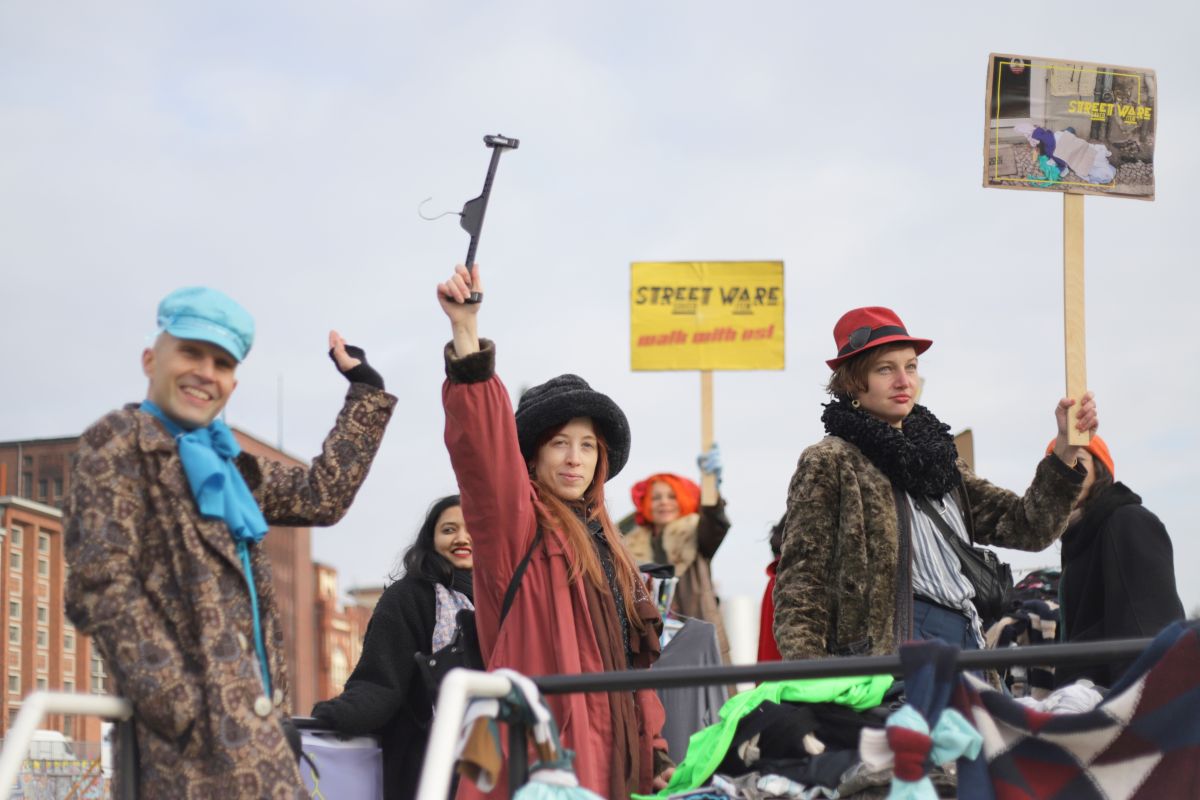
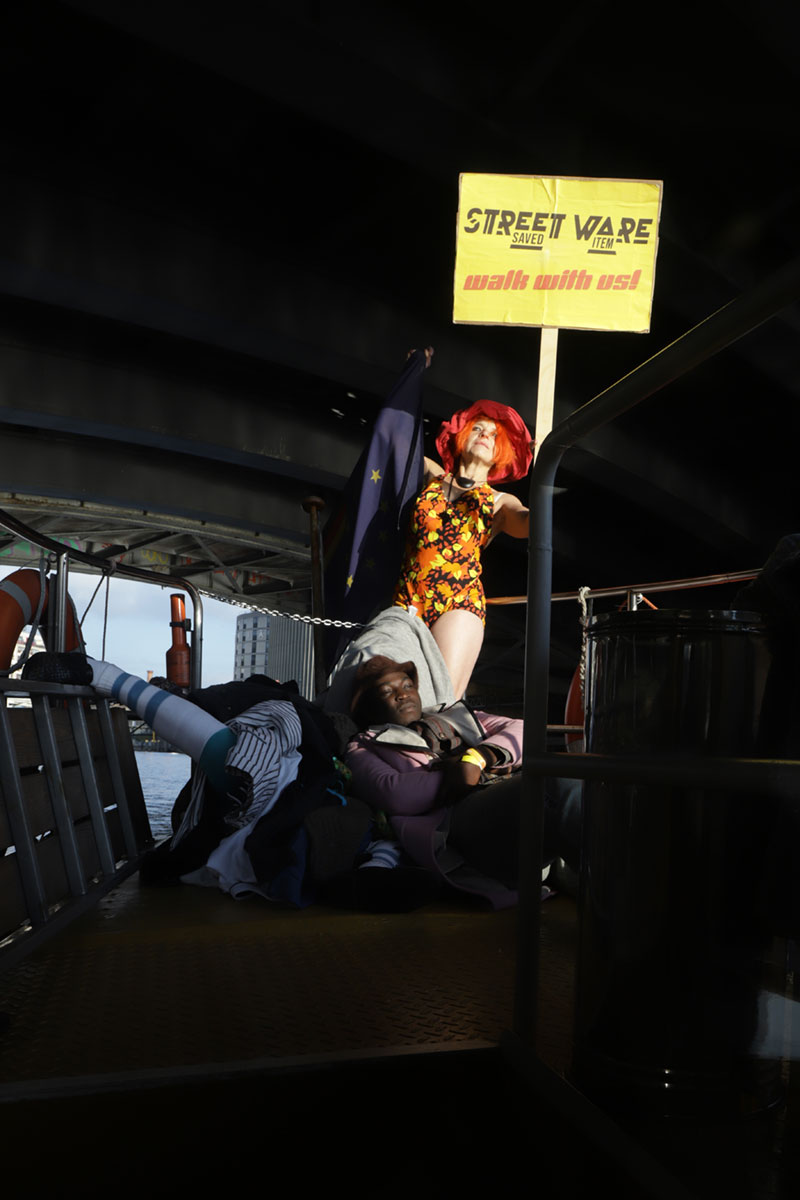
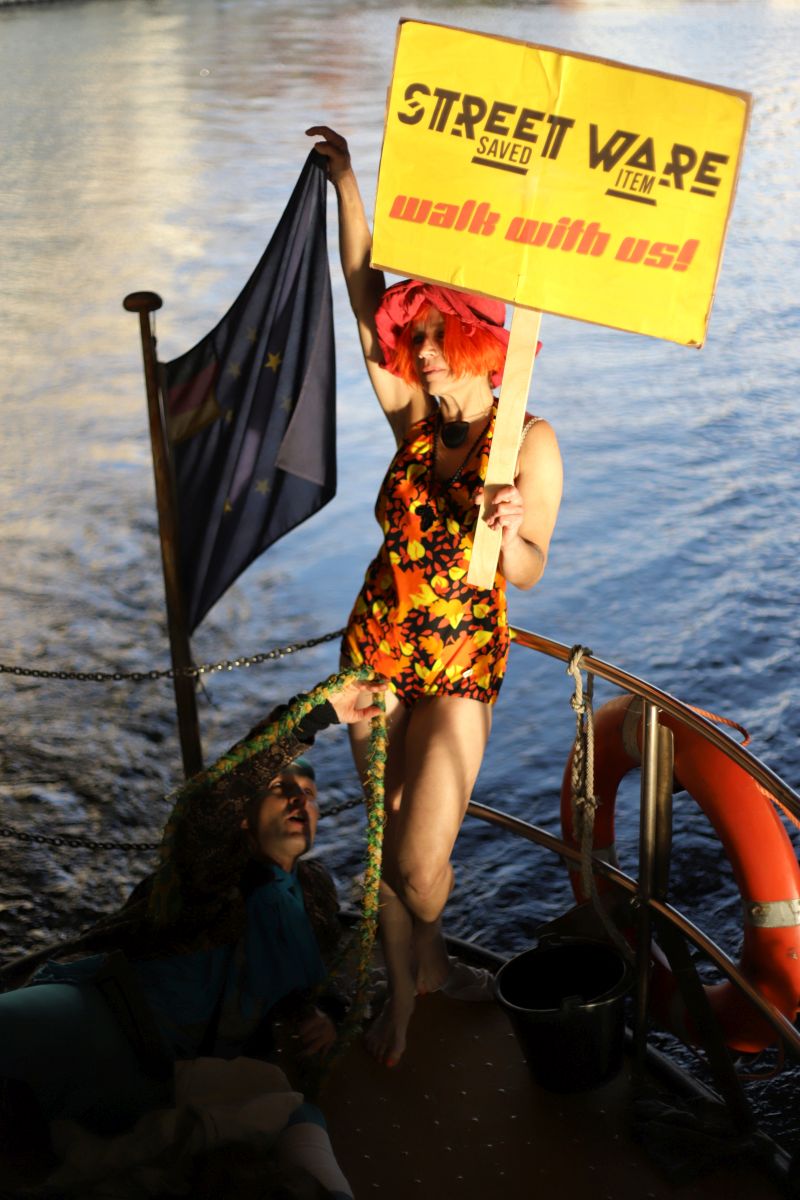

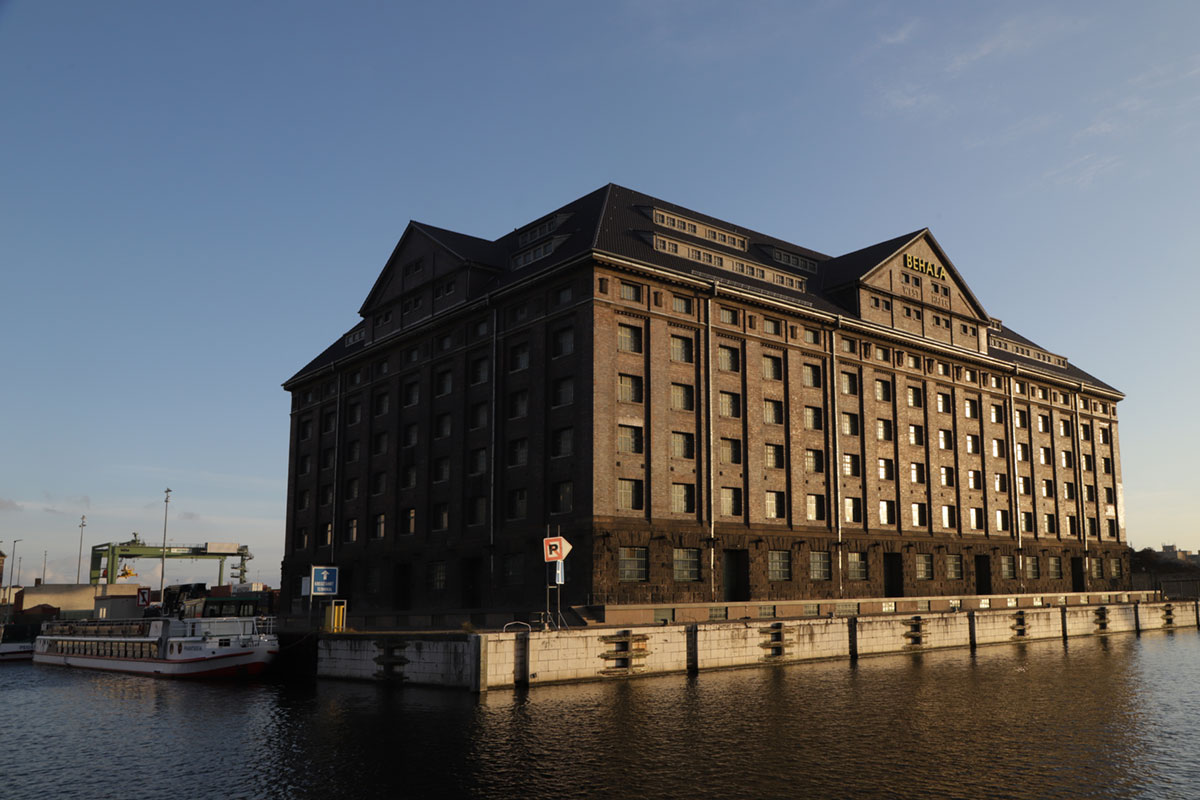
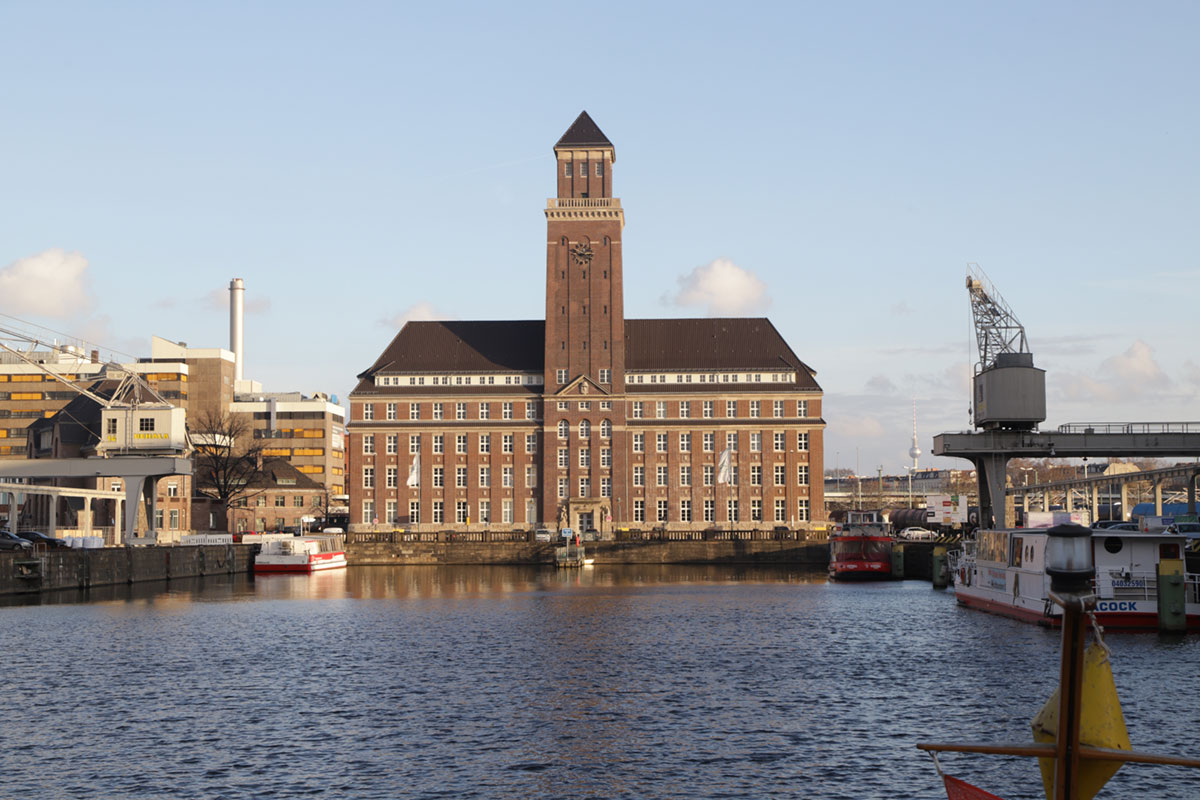
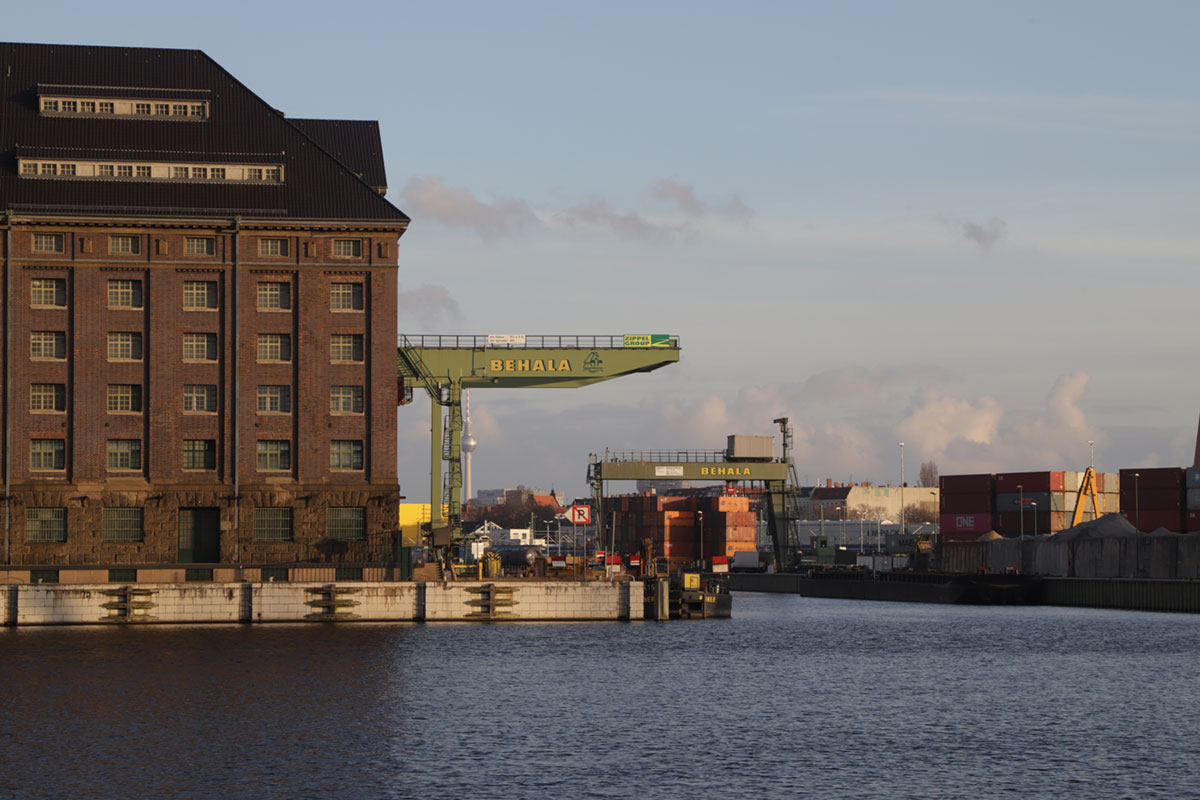

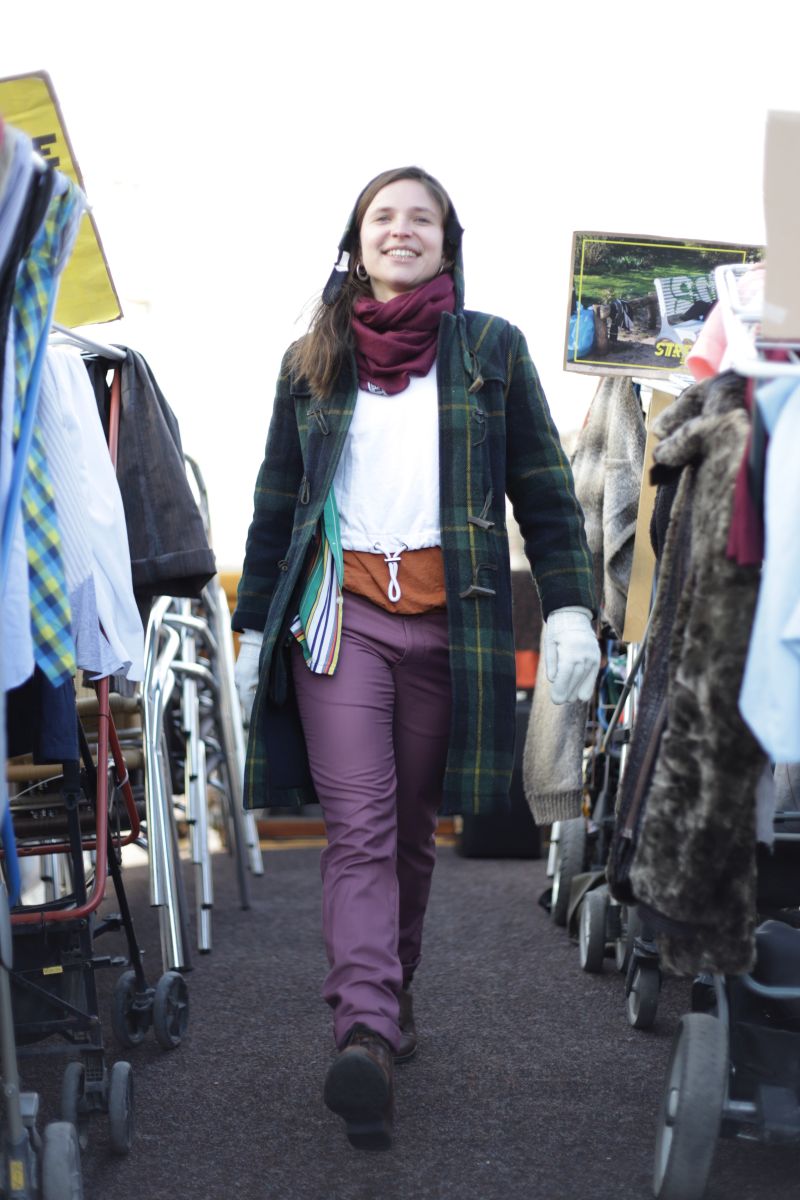
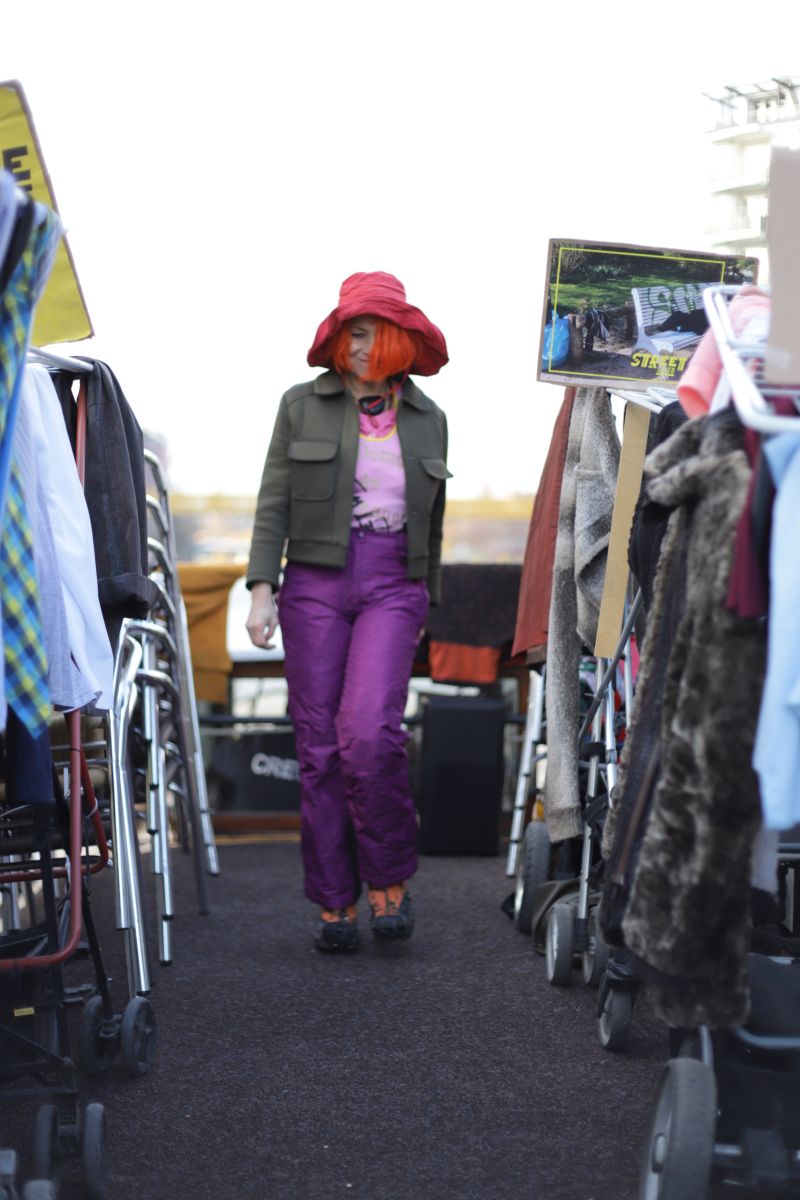
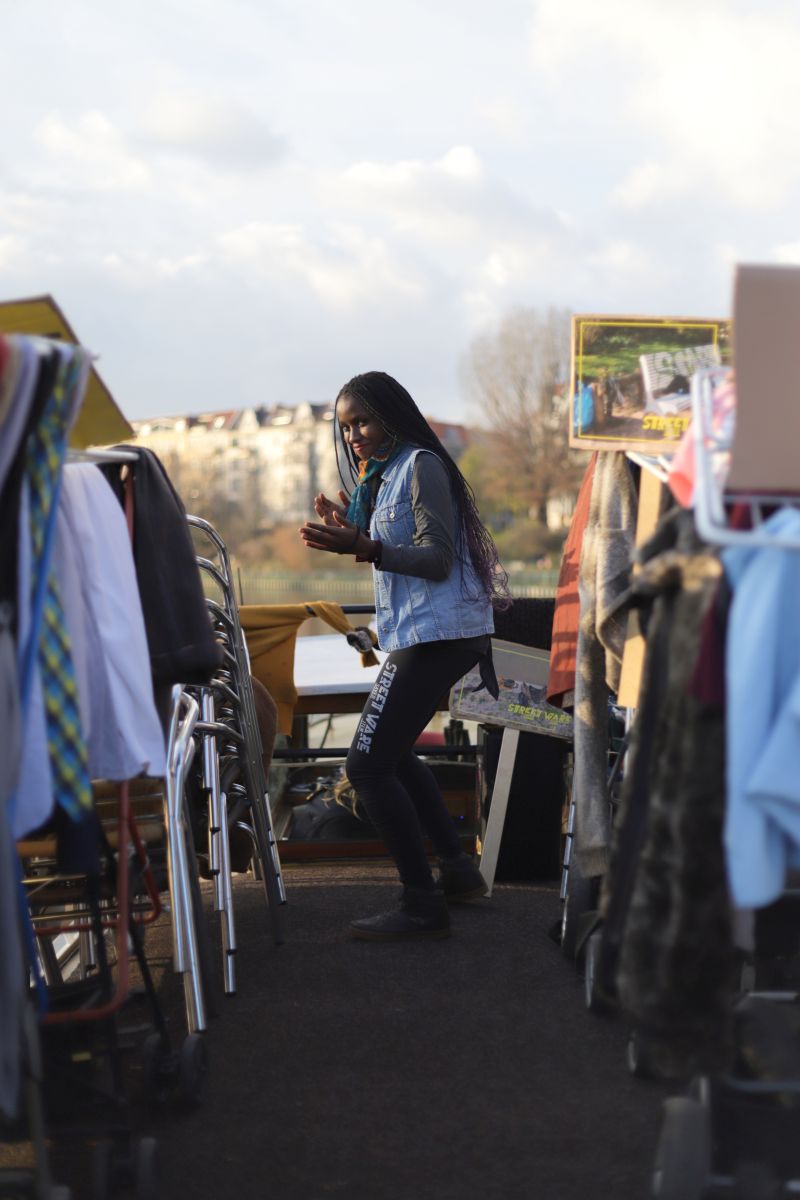
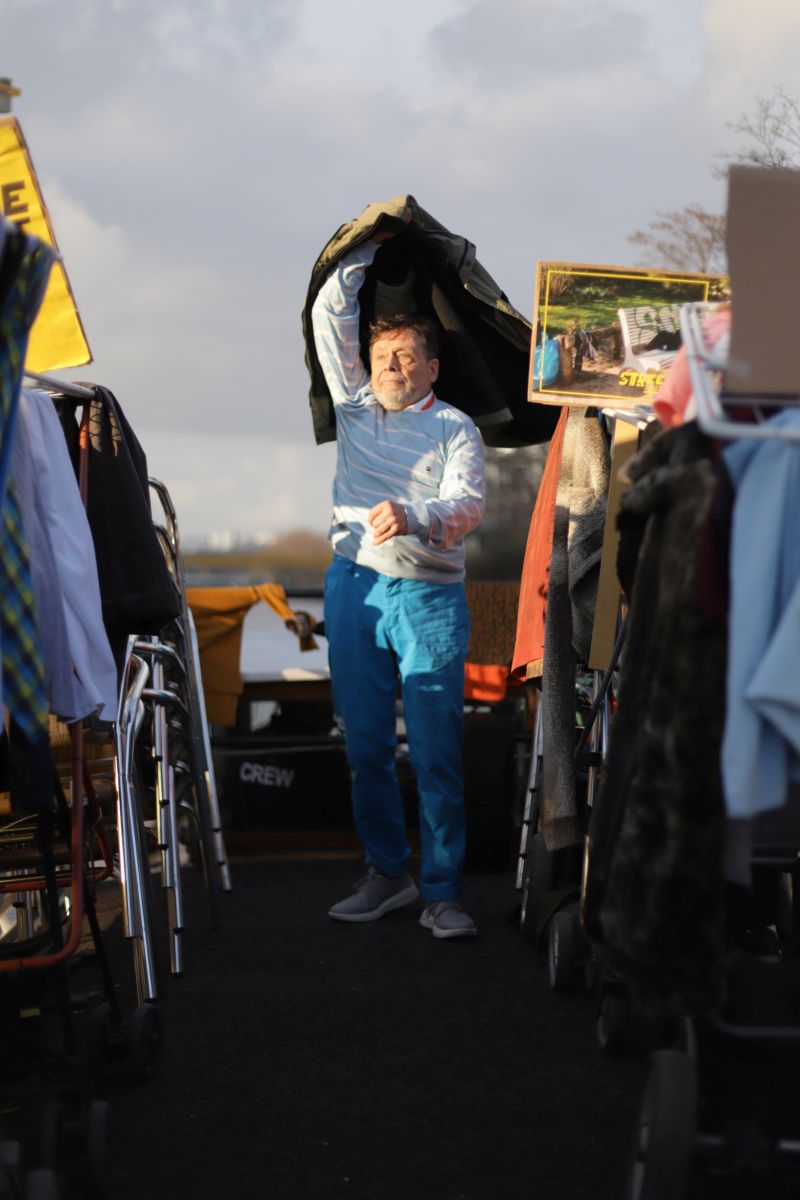

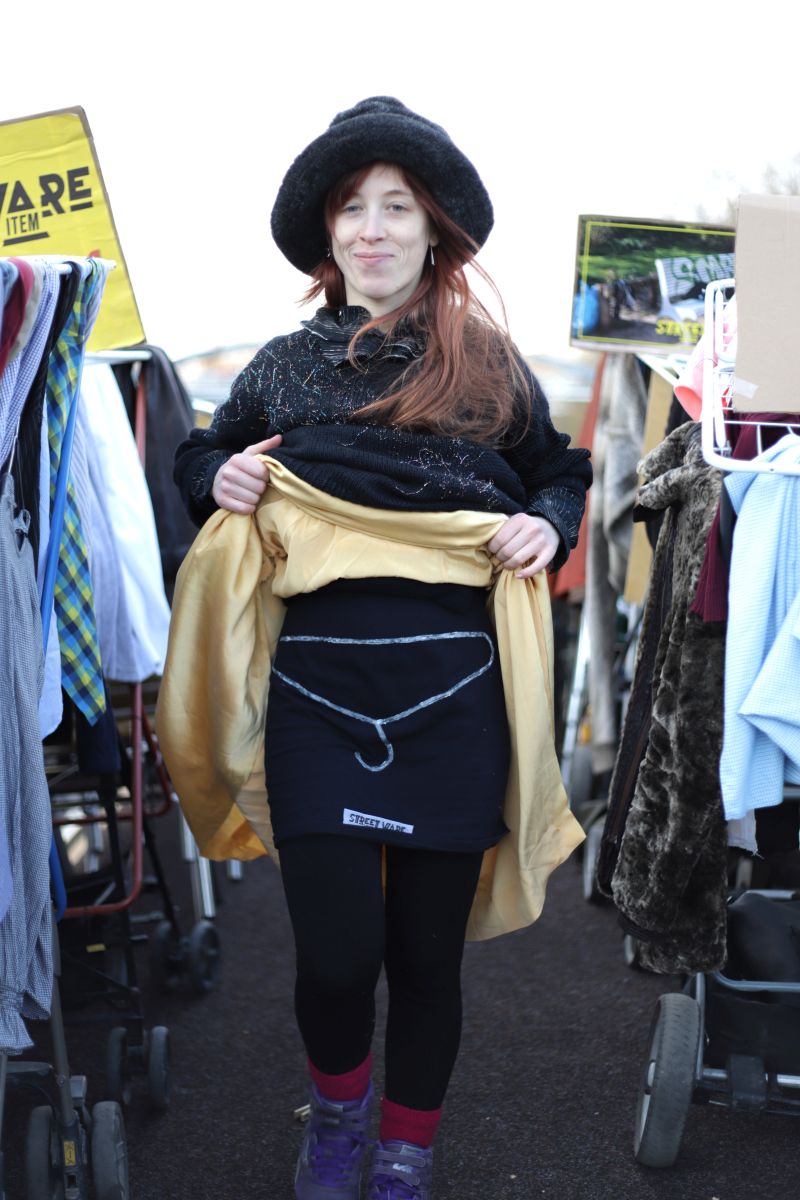
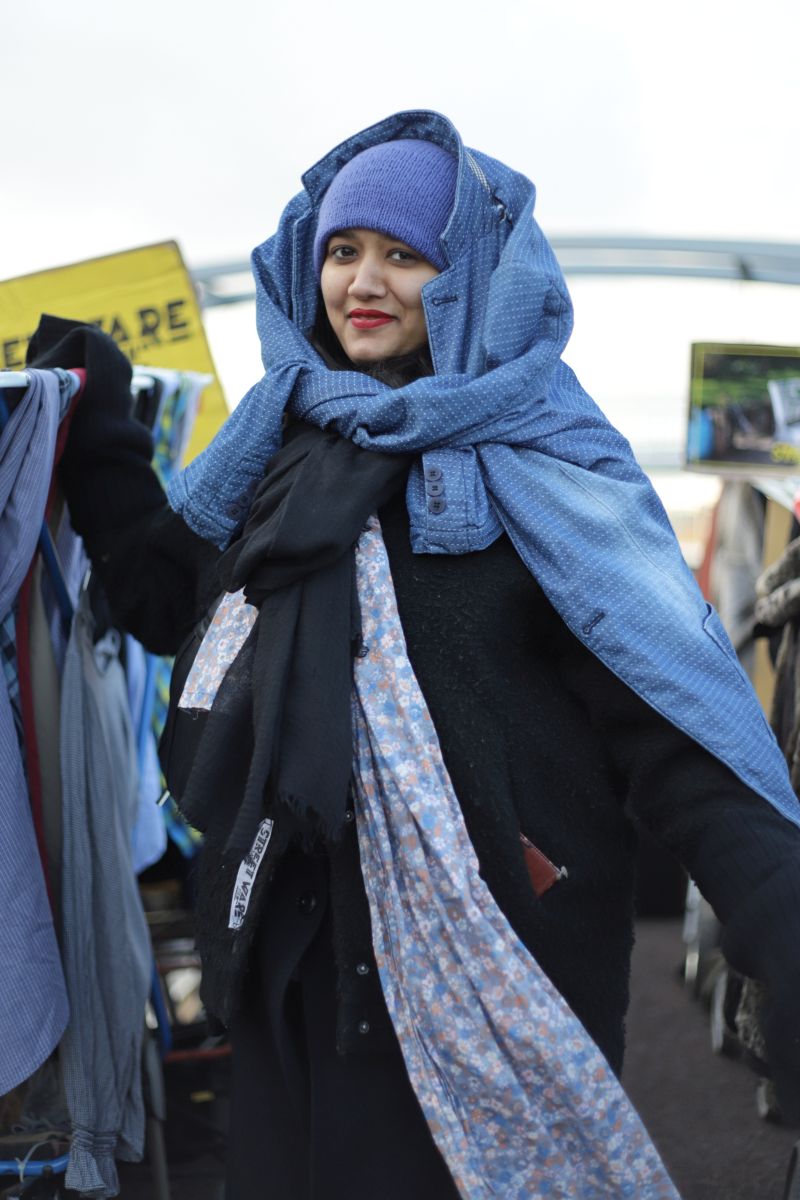
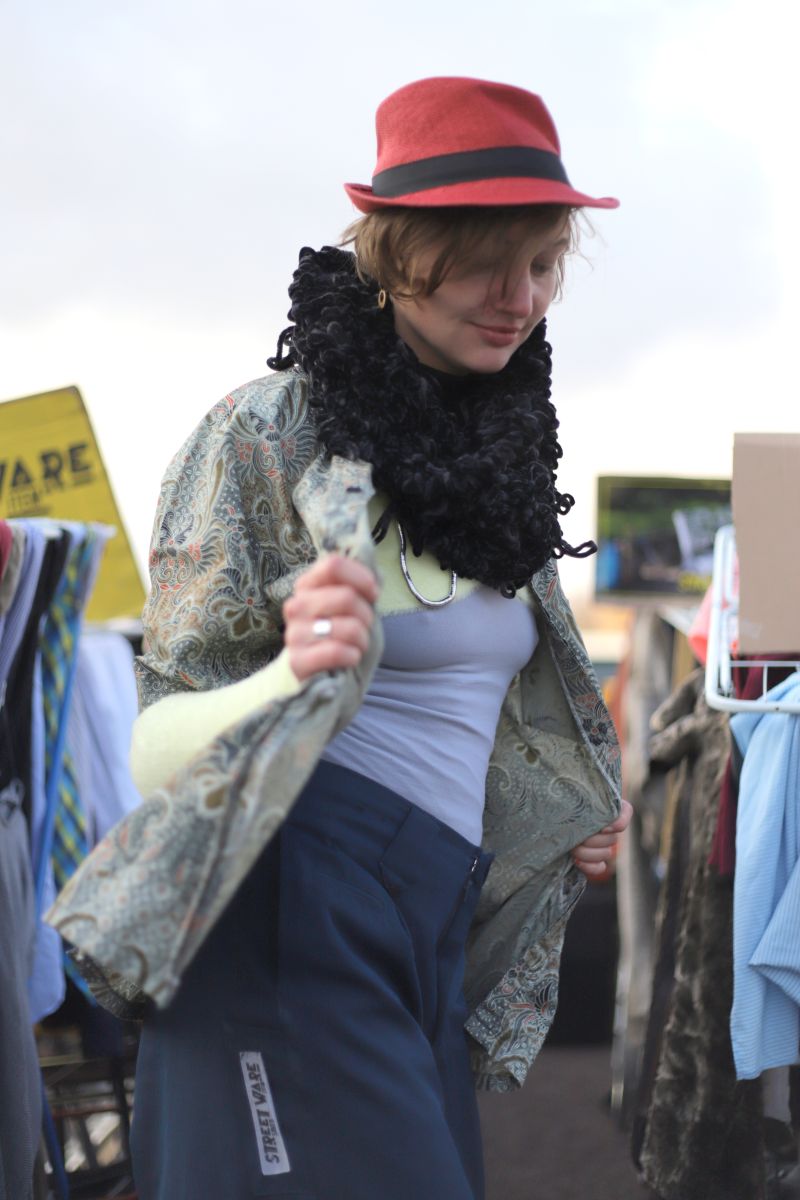
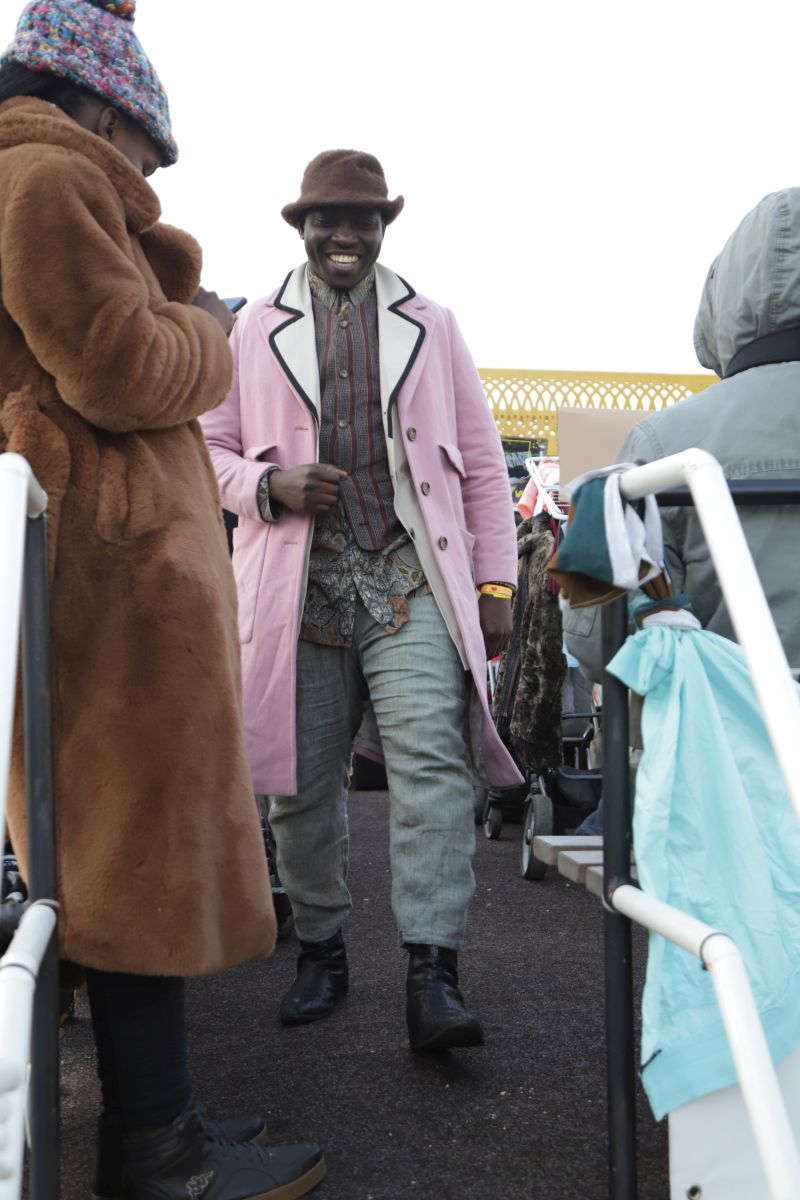
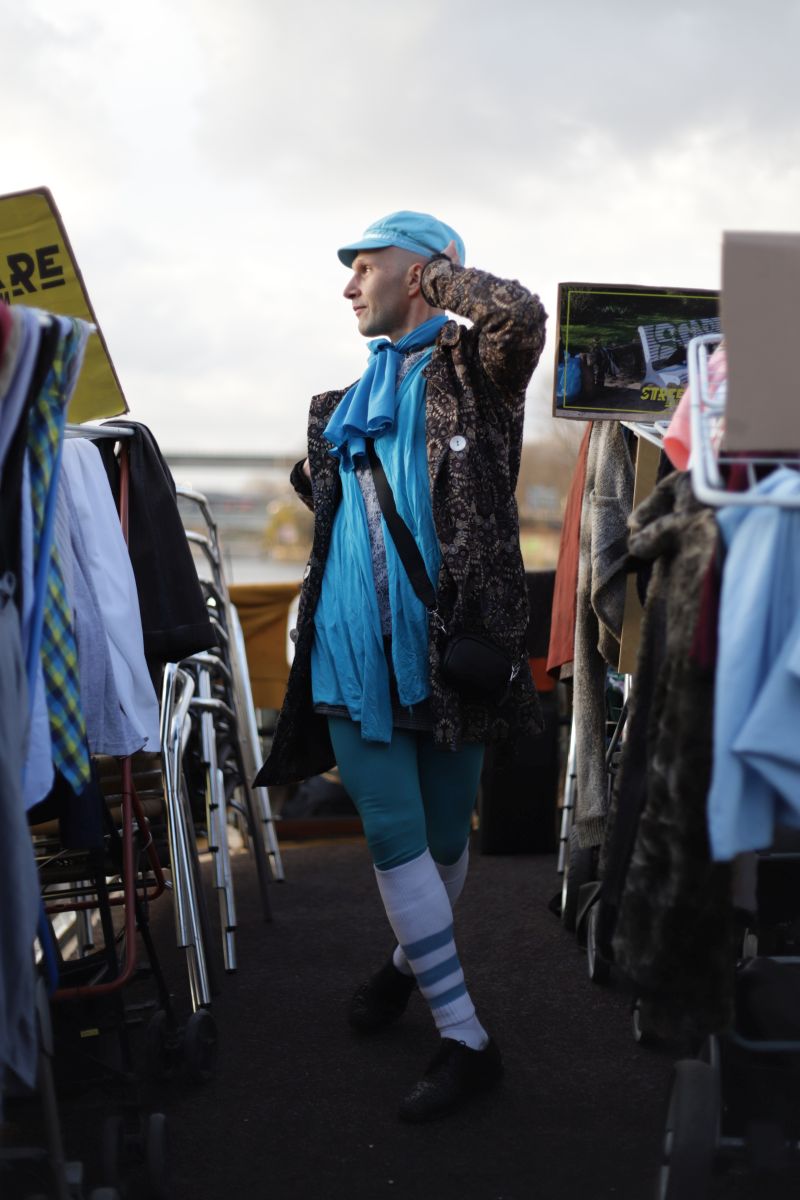
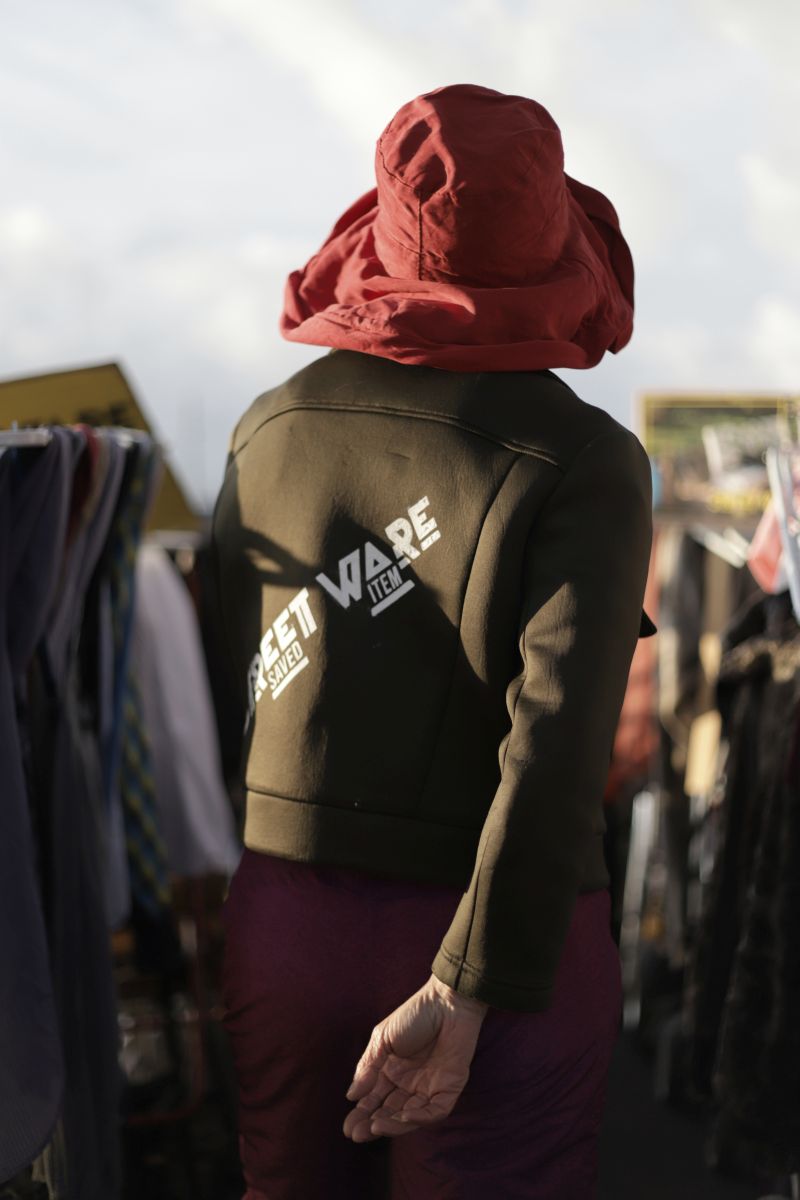
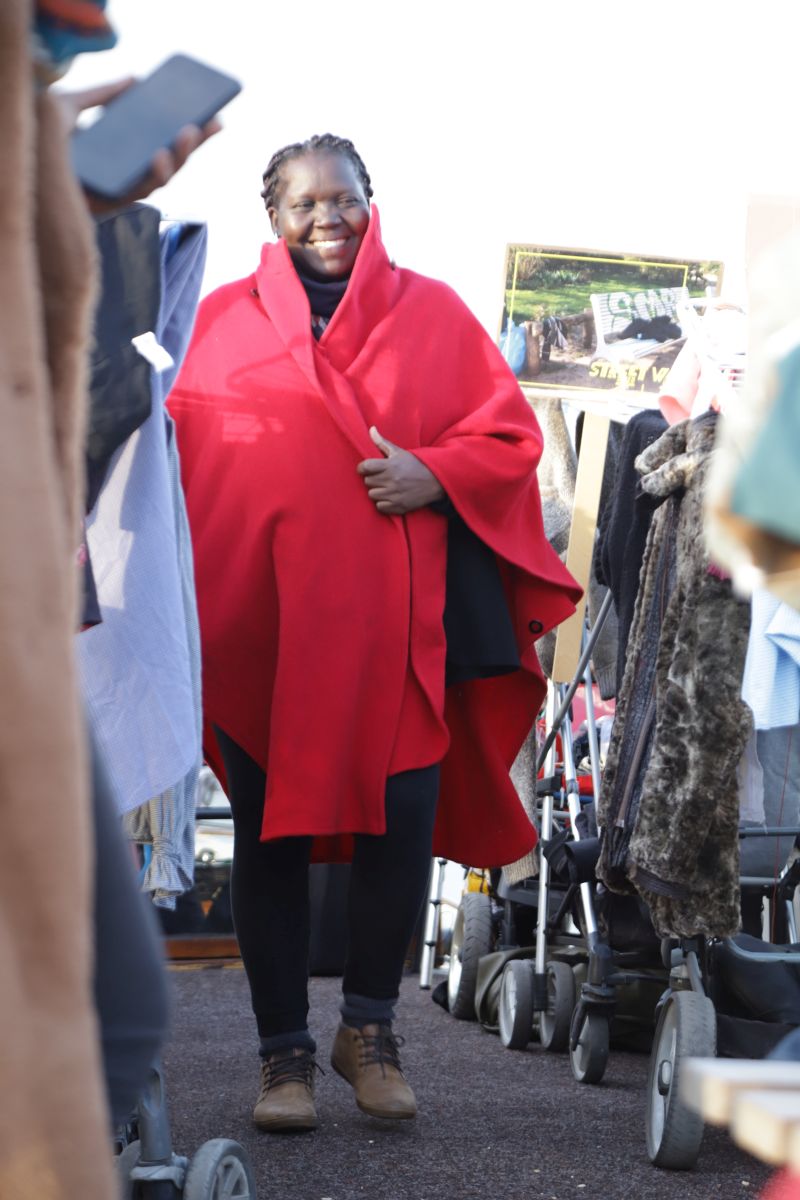
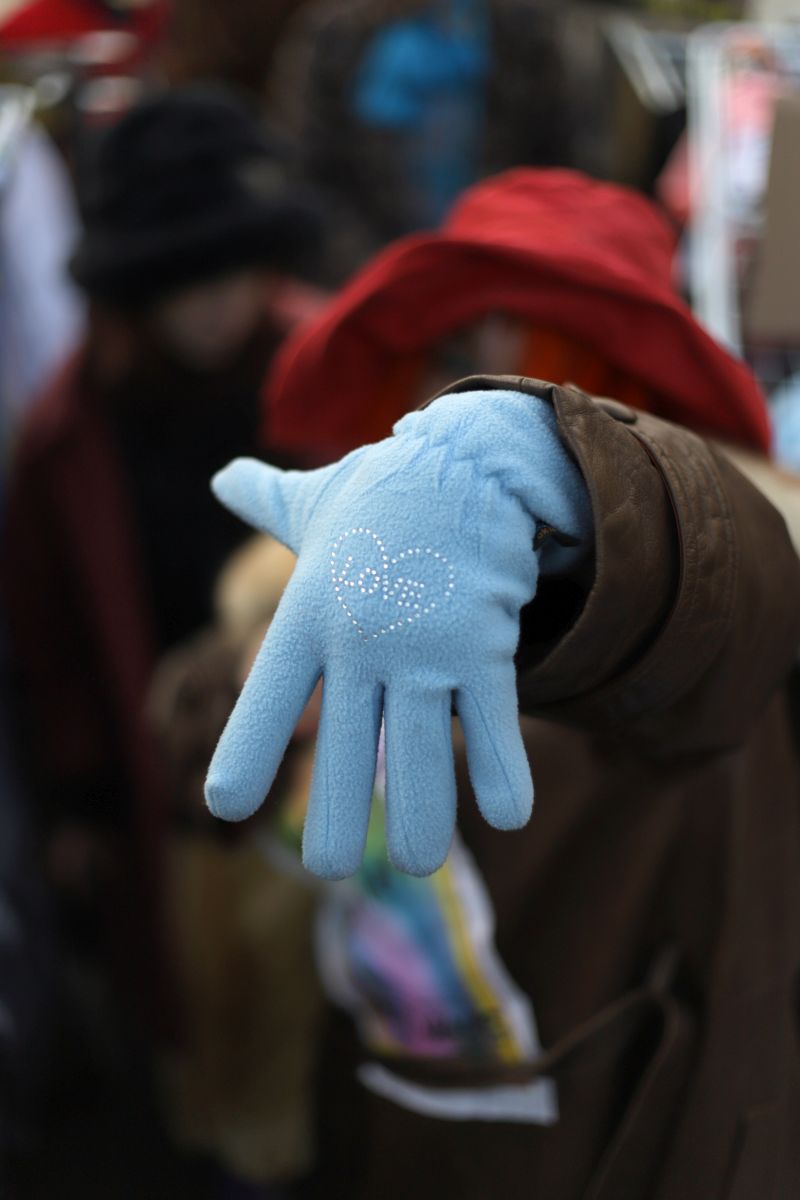
Recent Comments